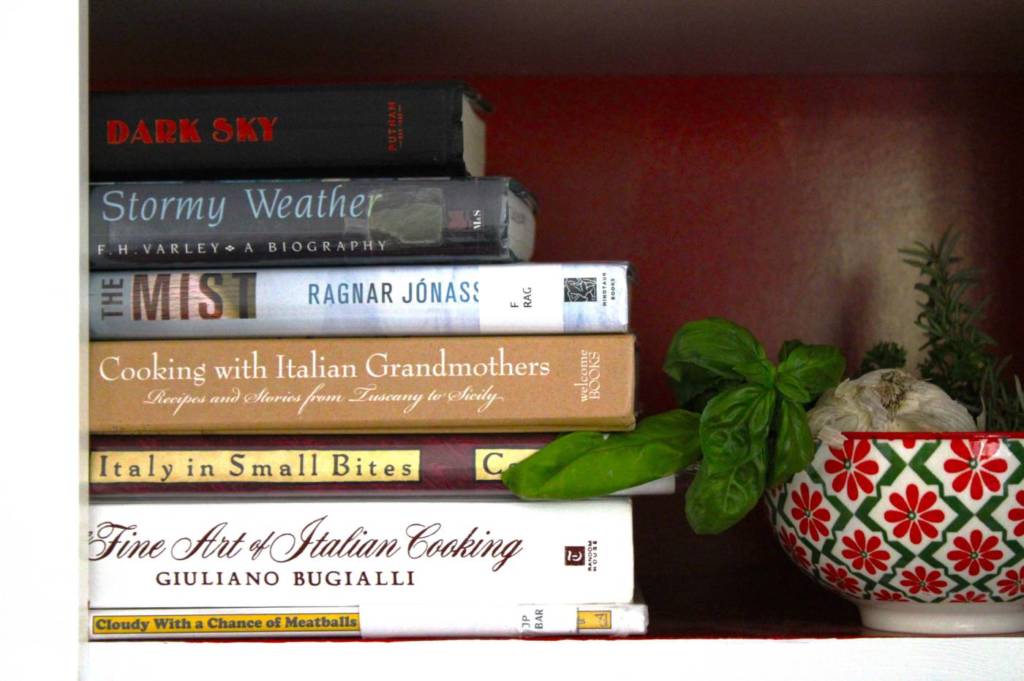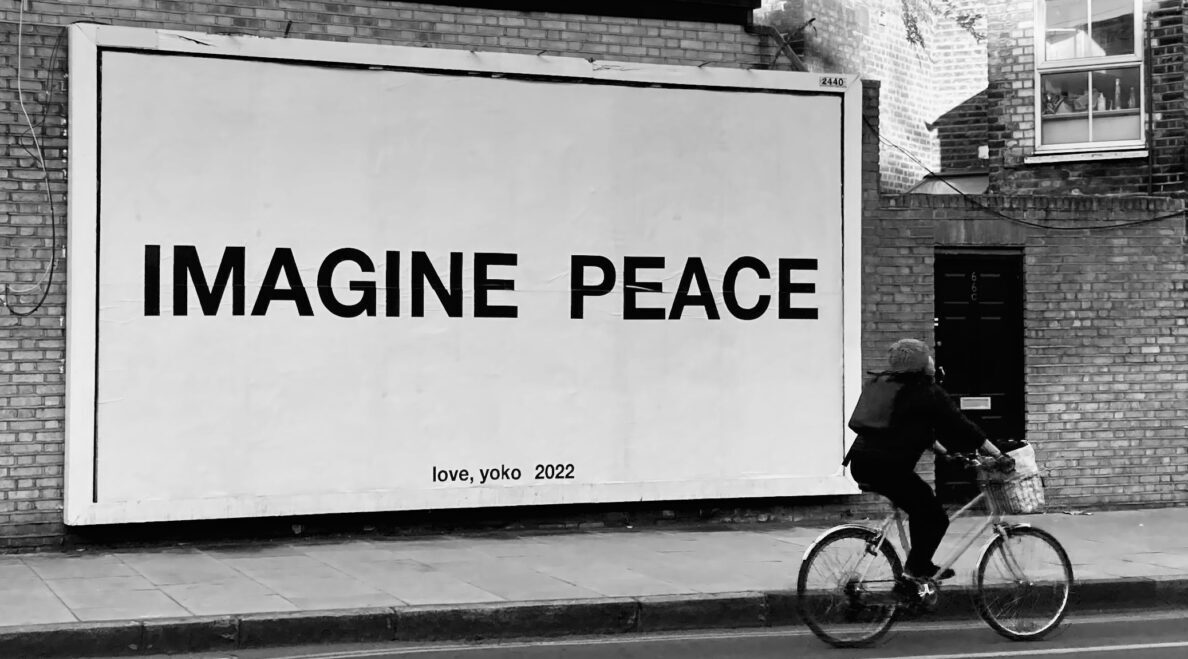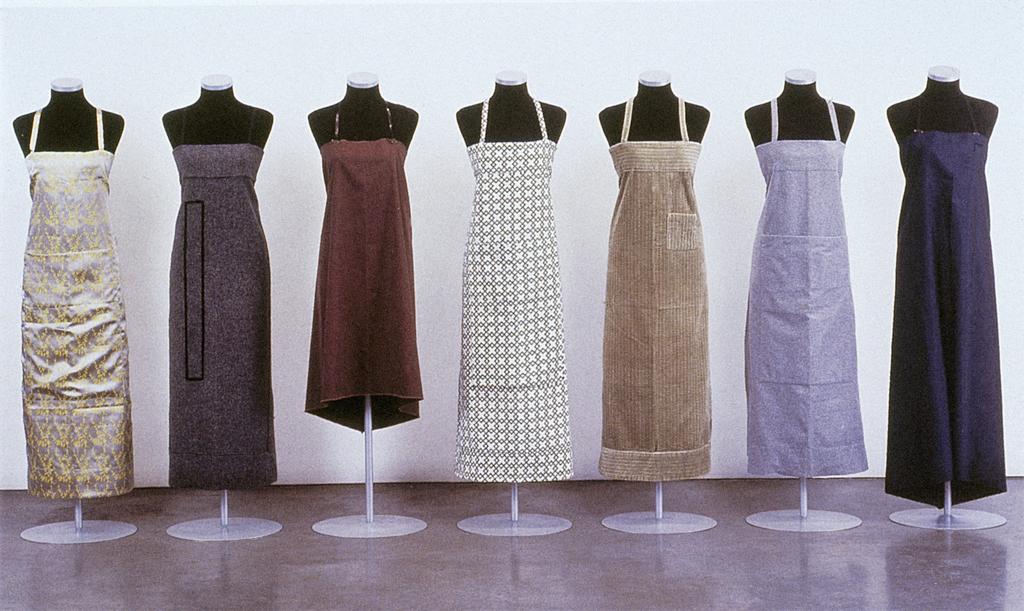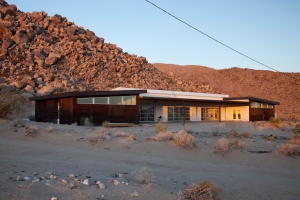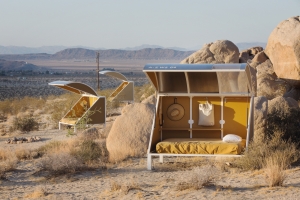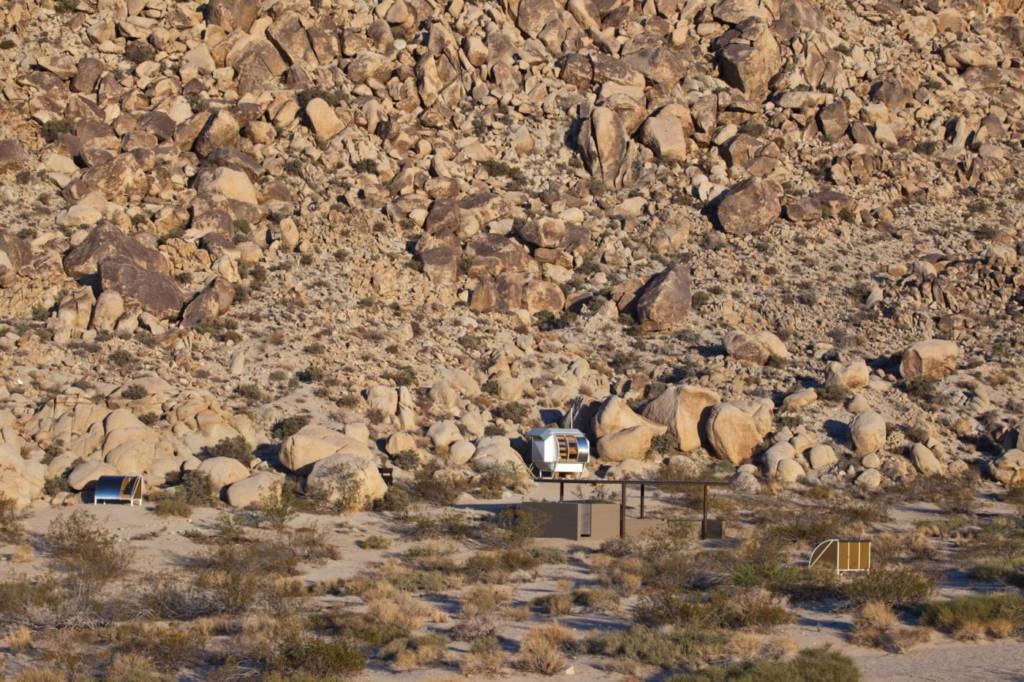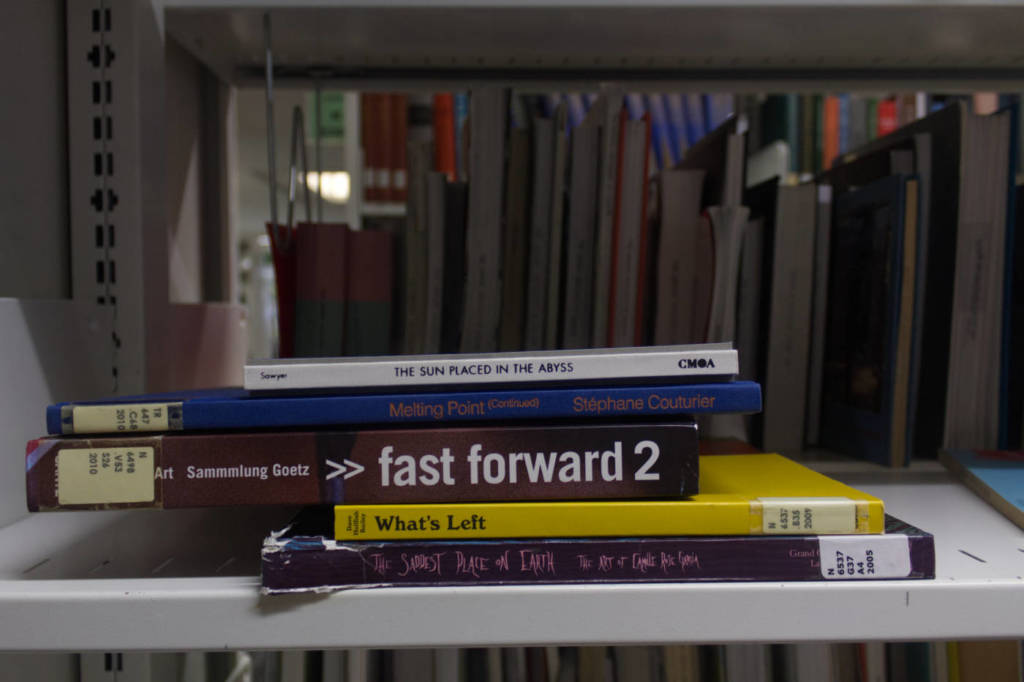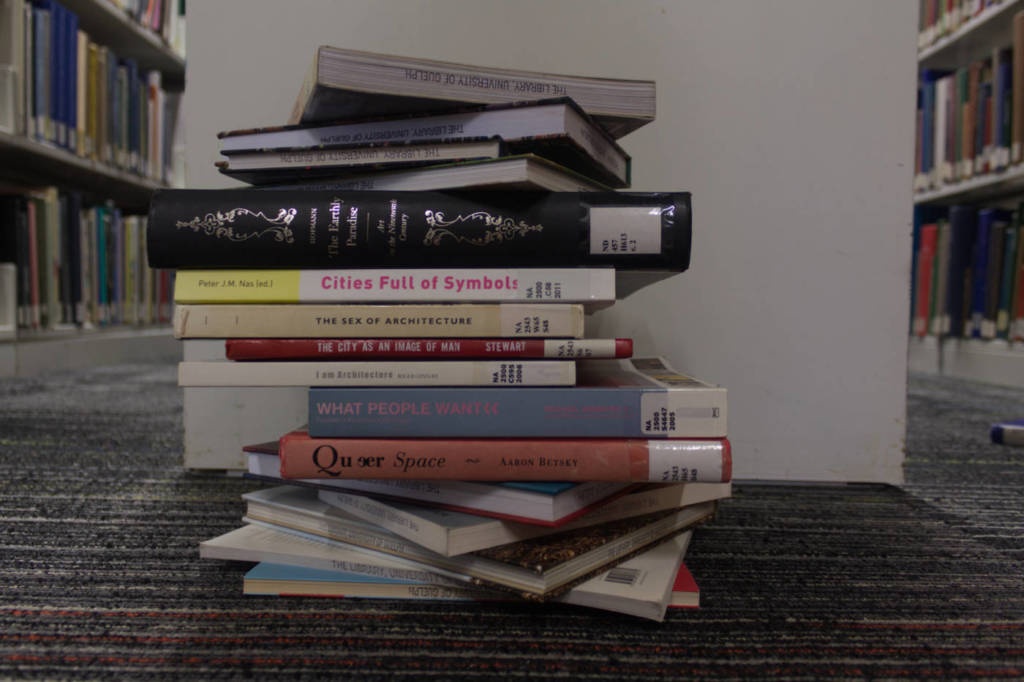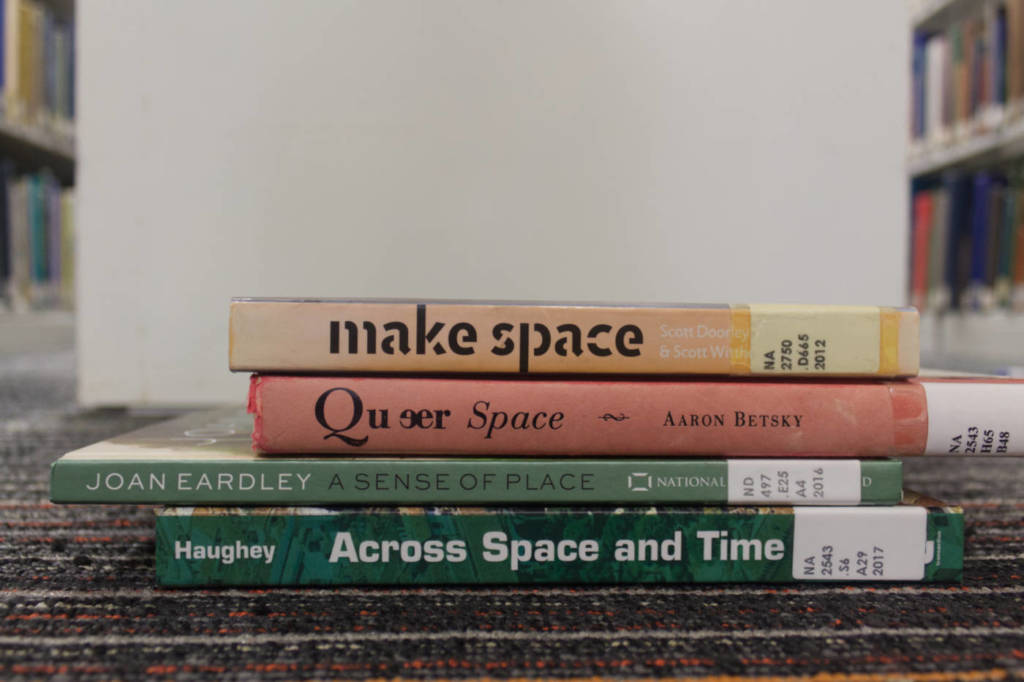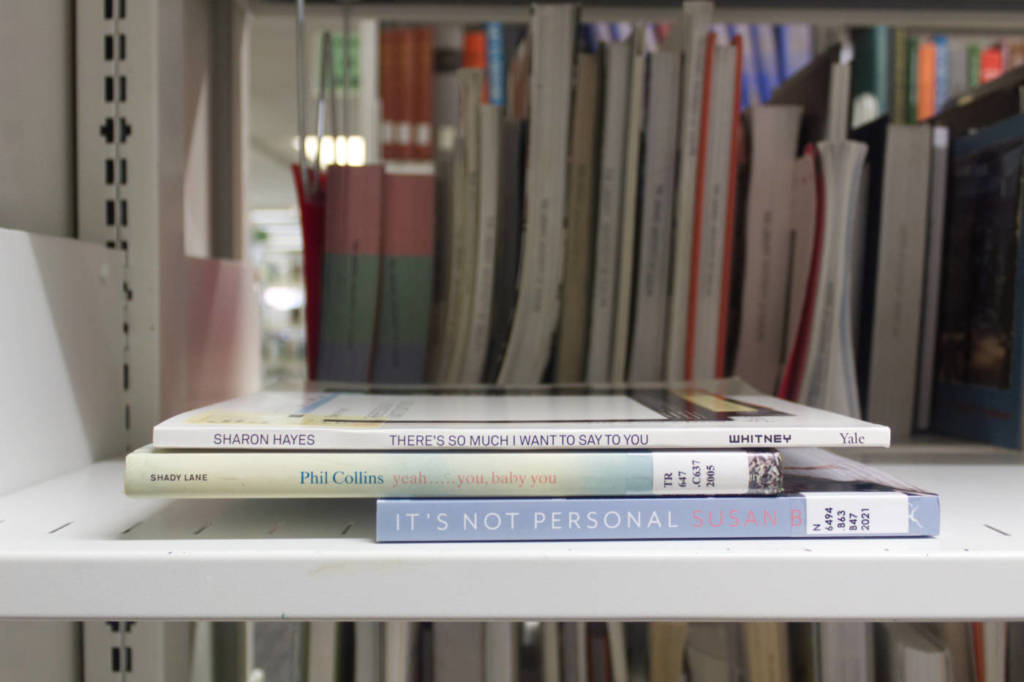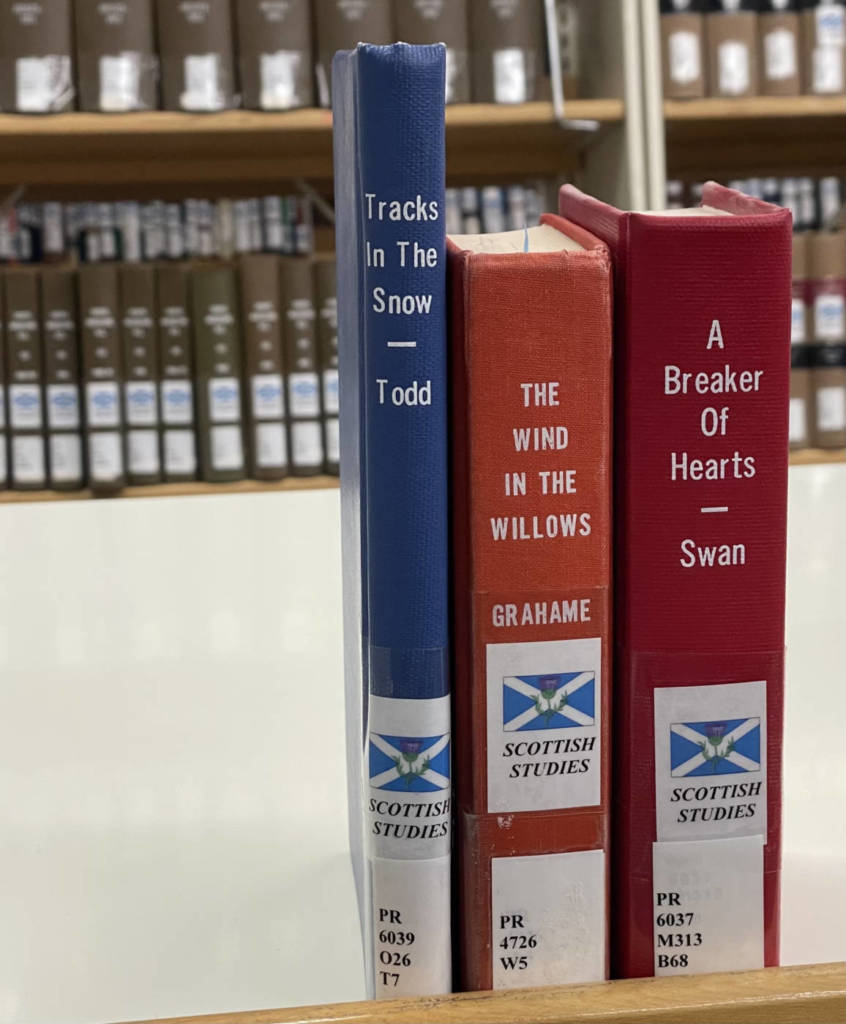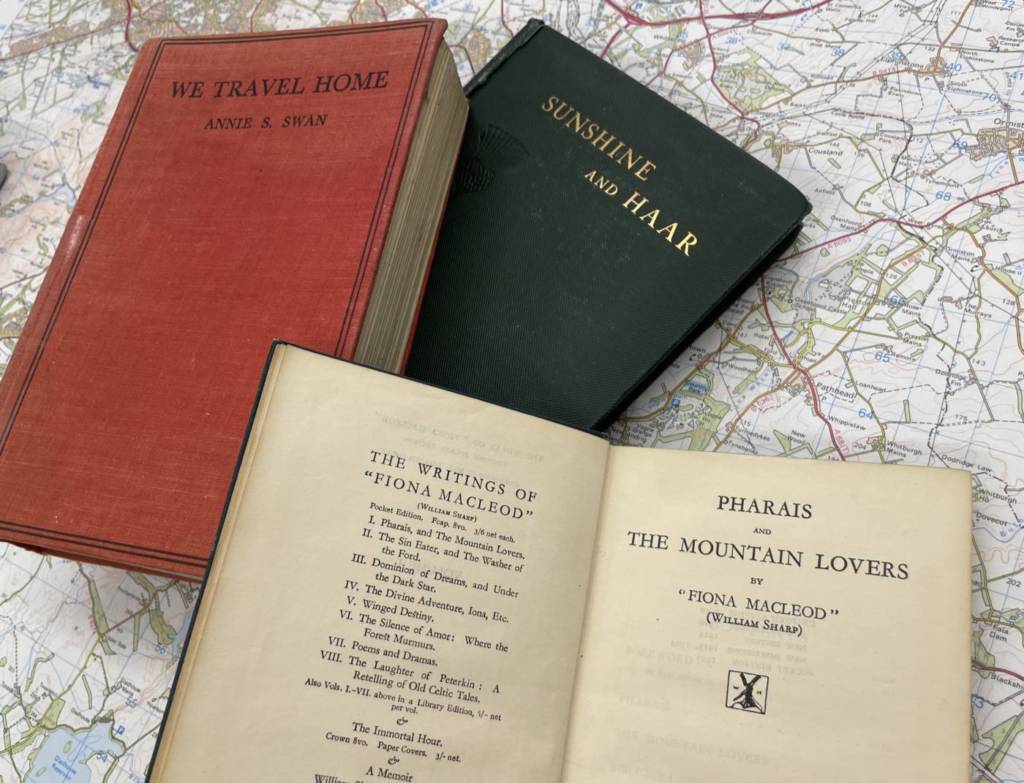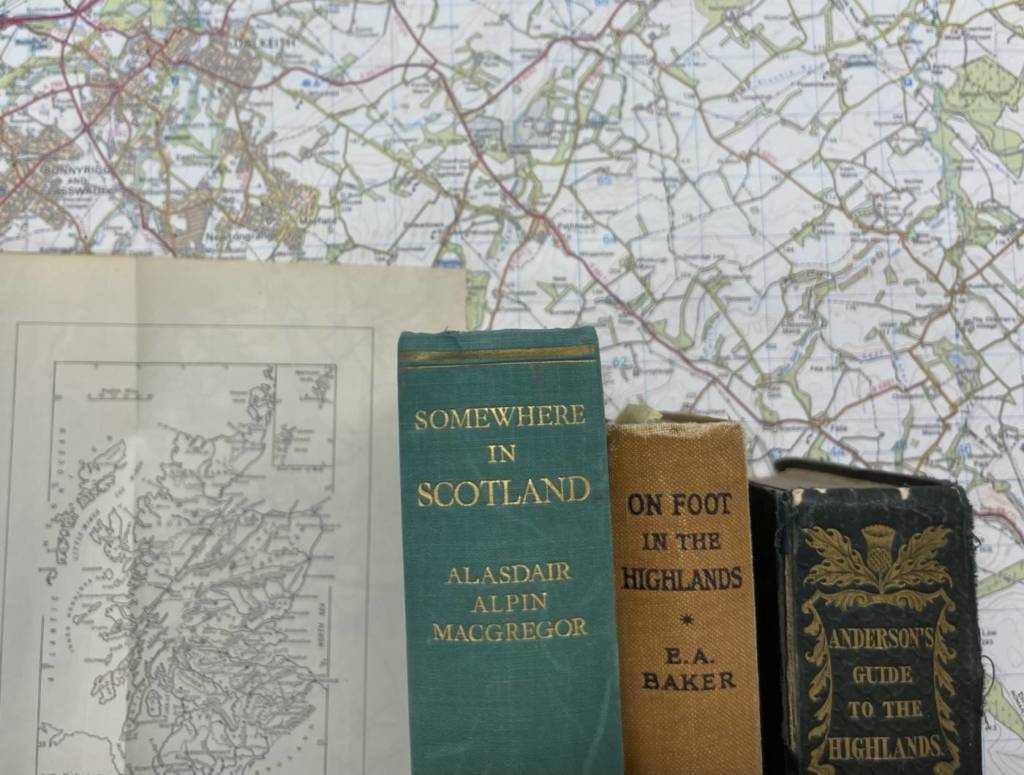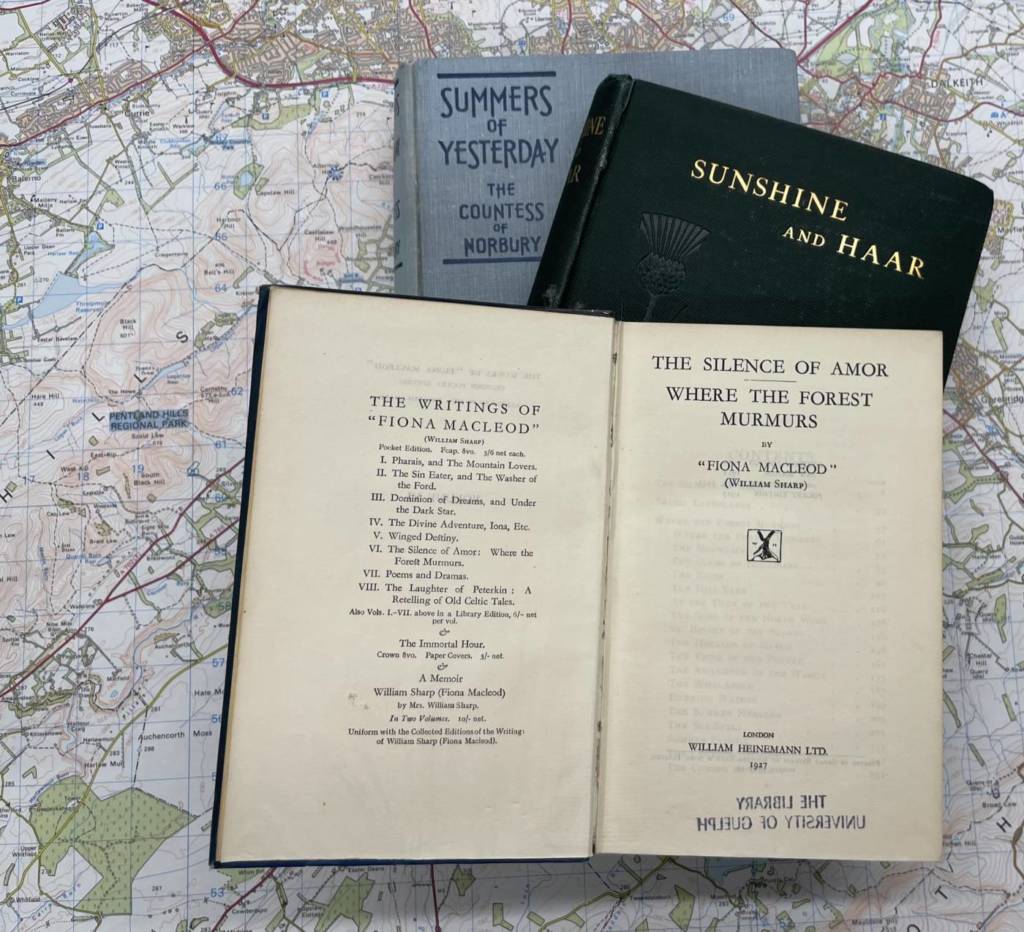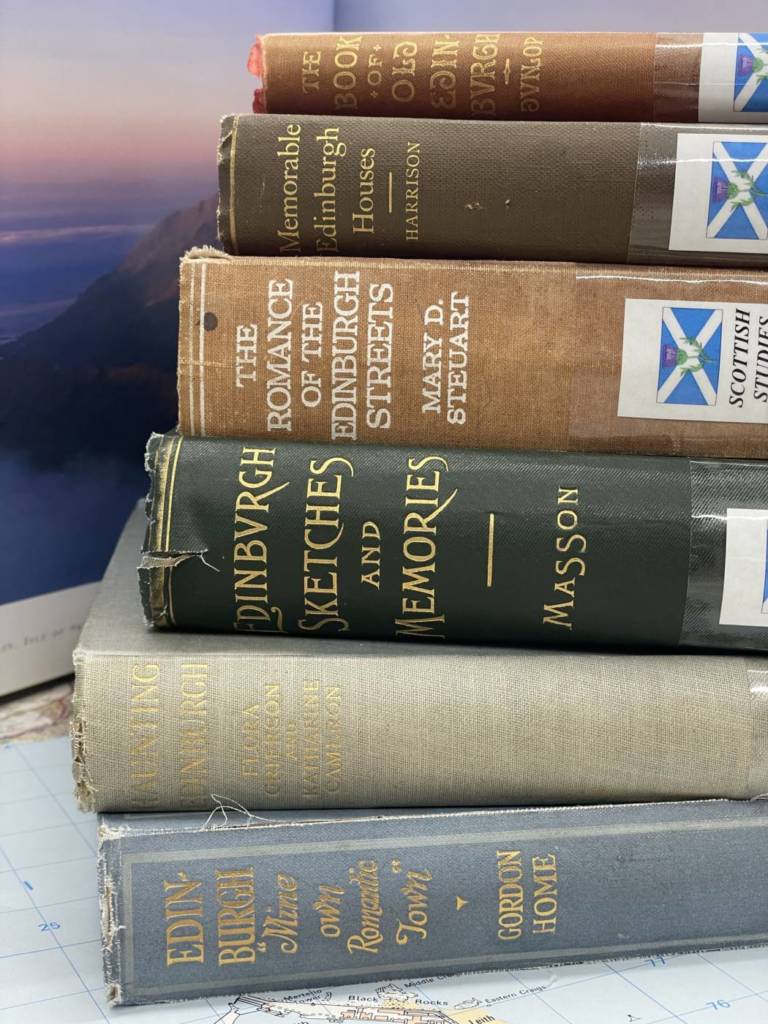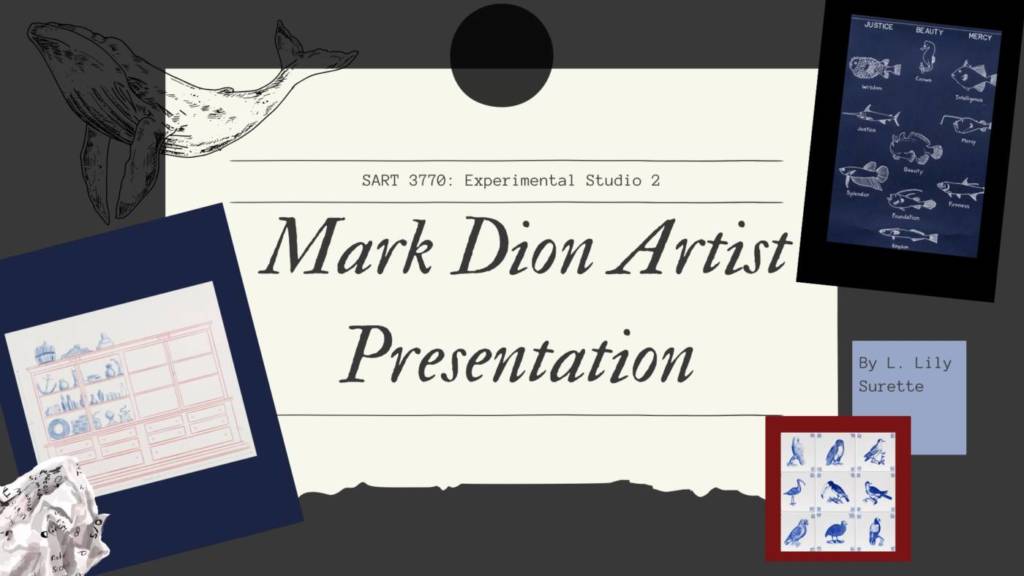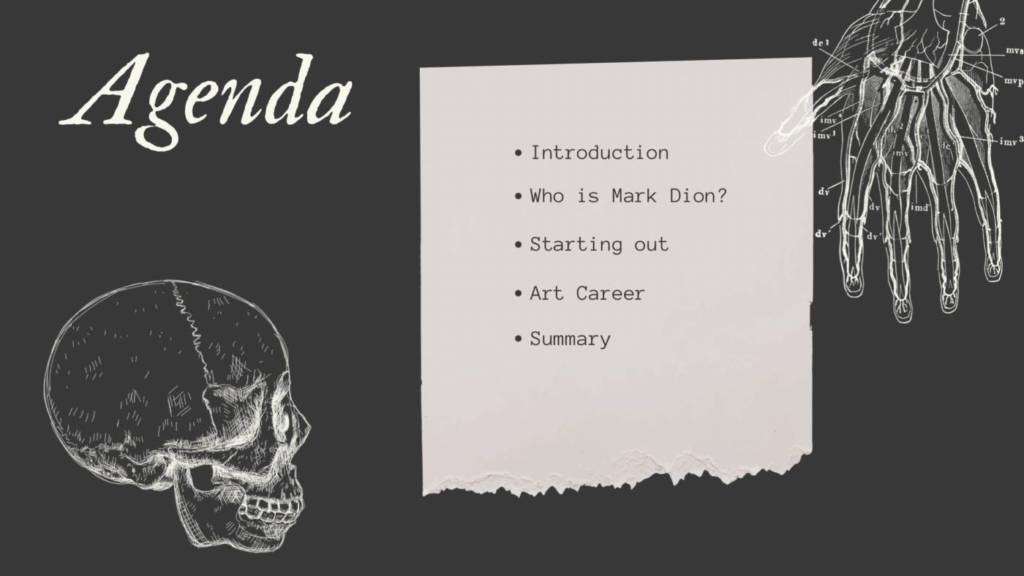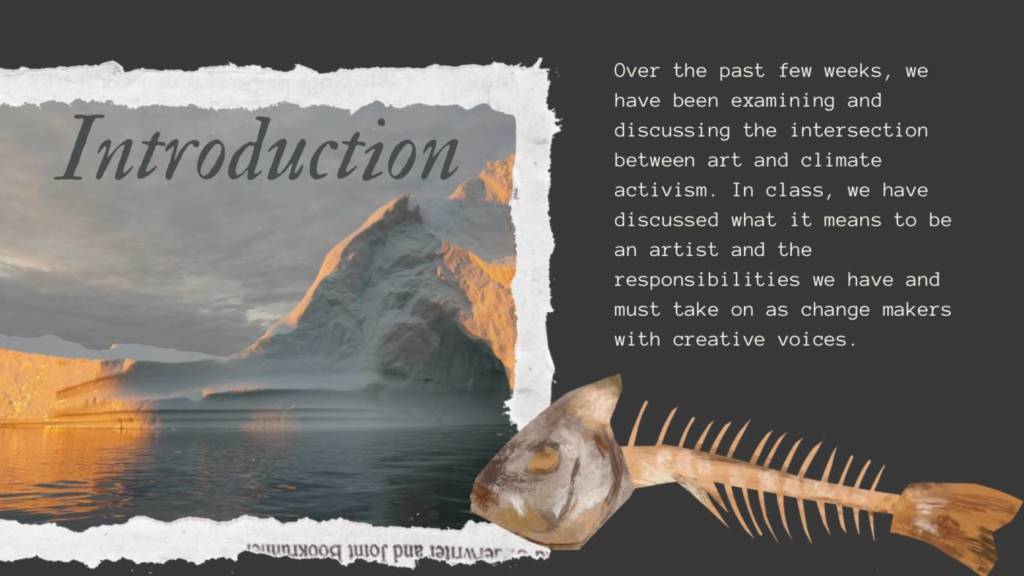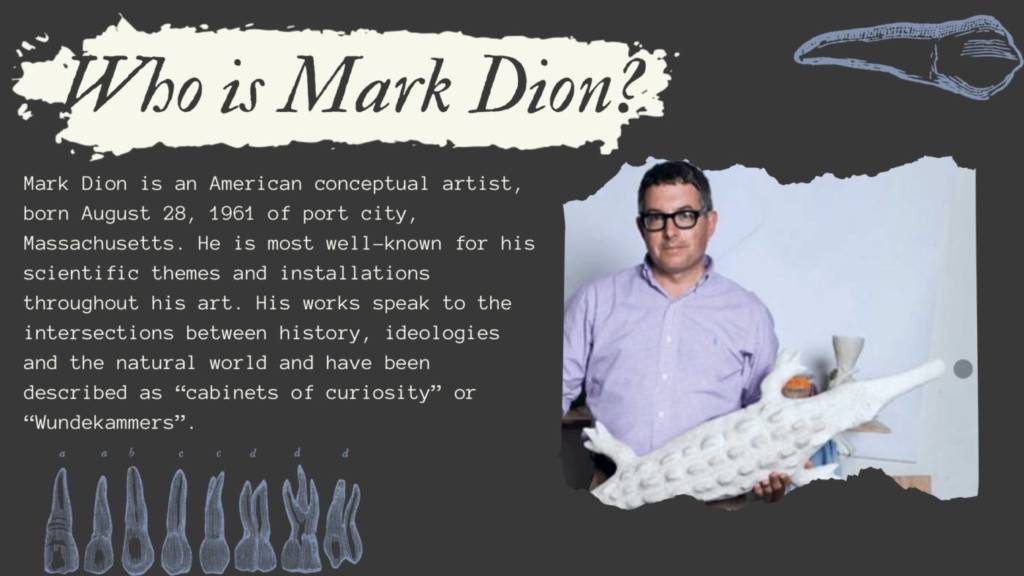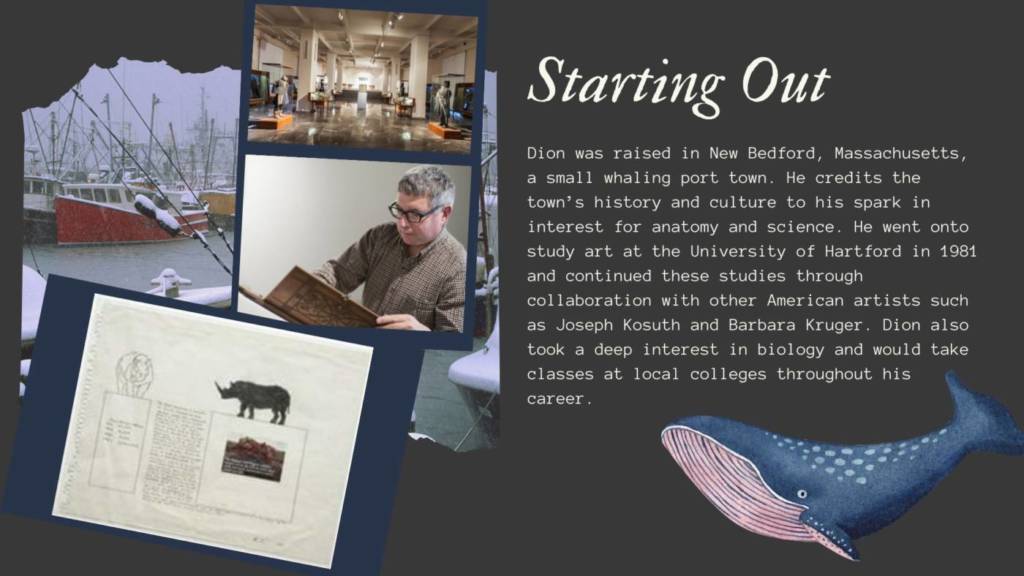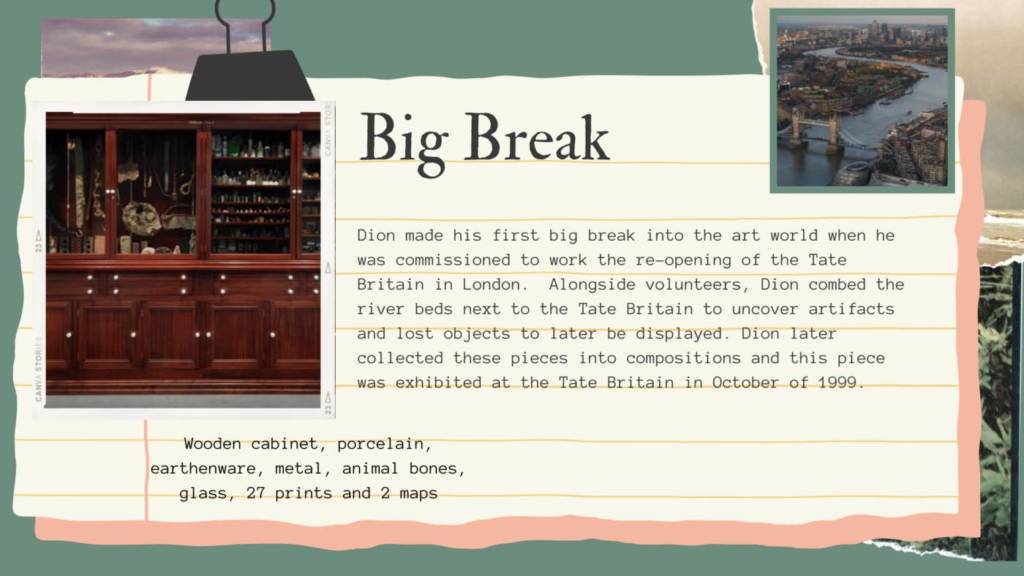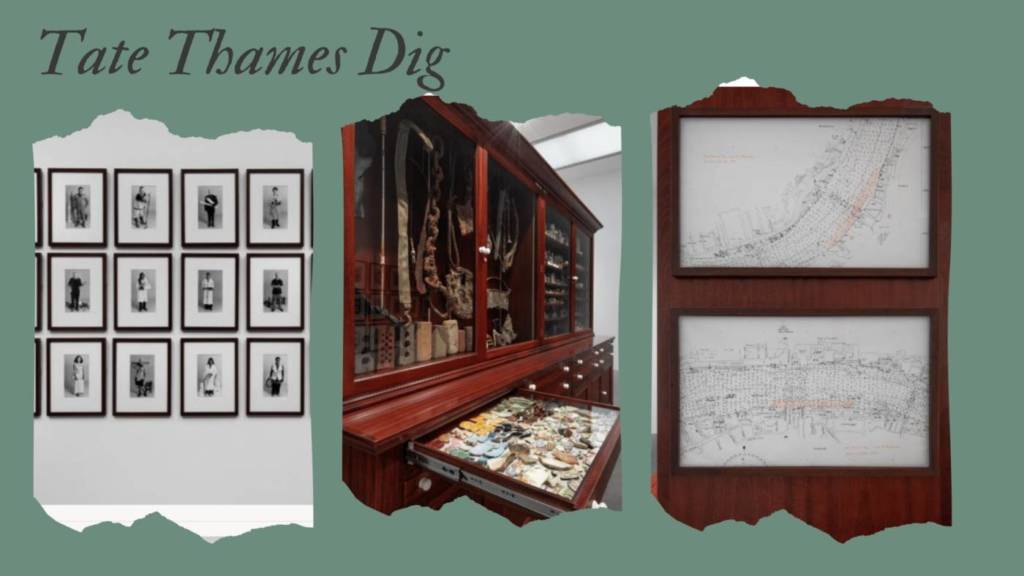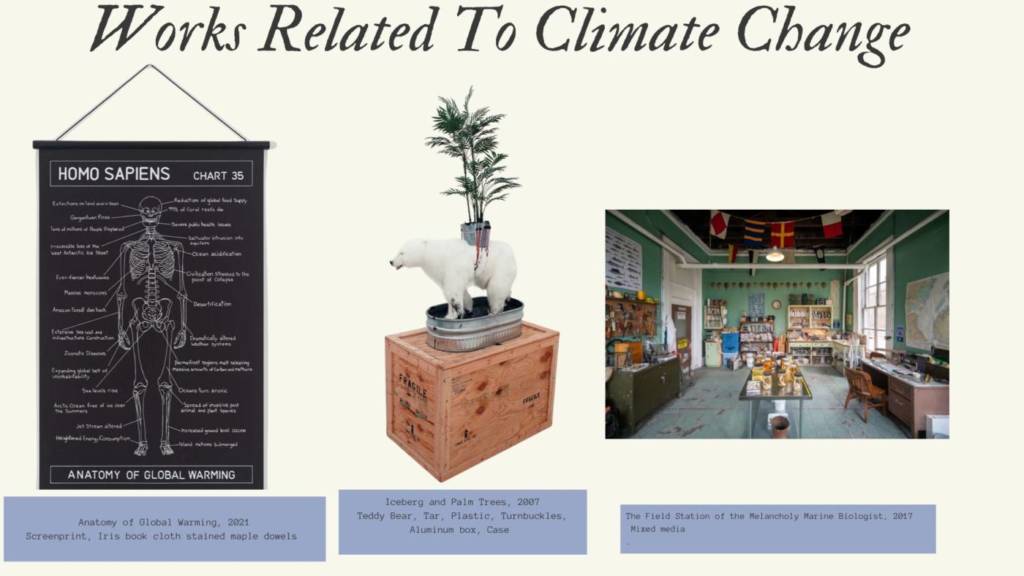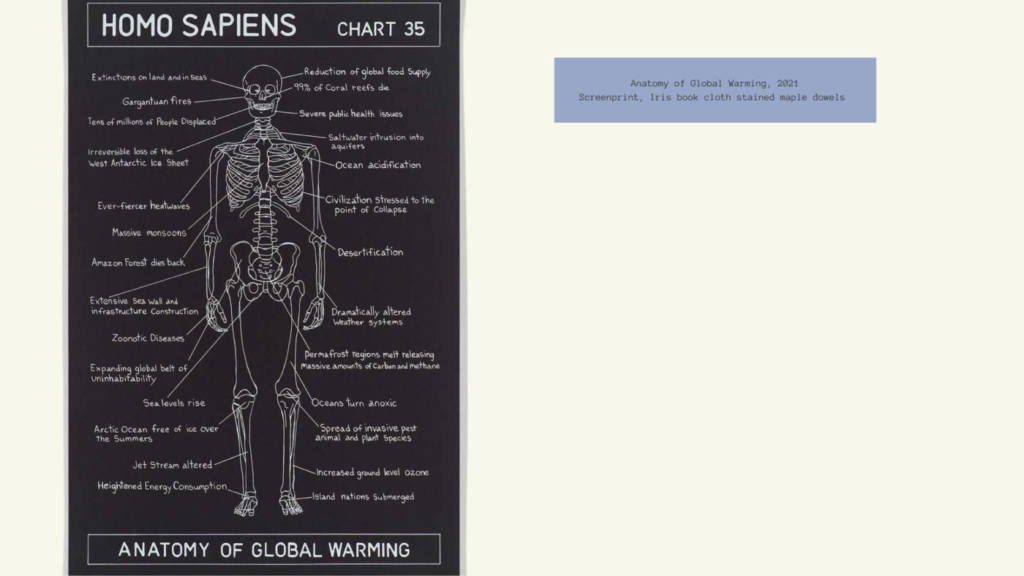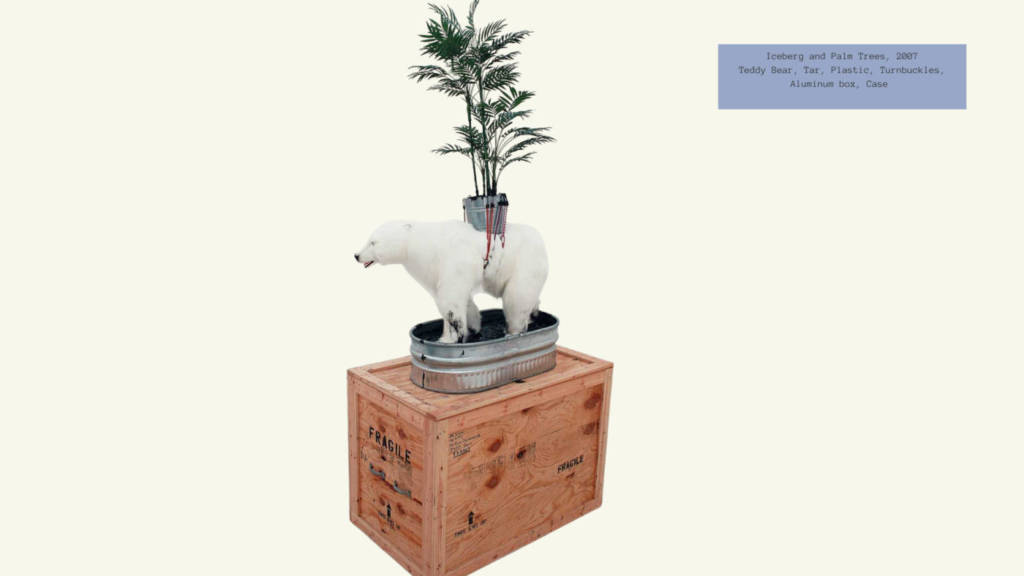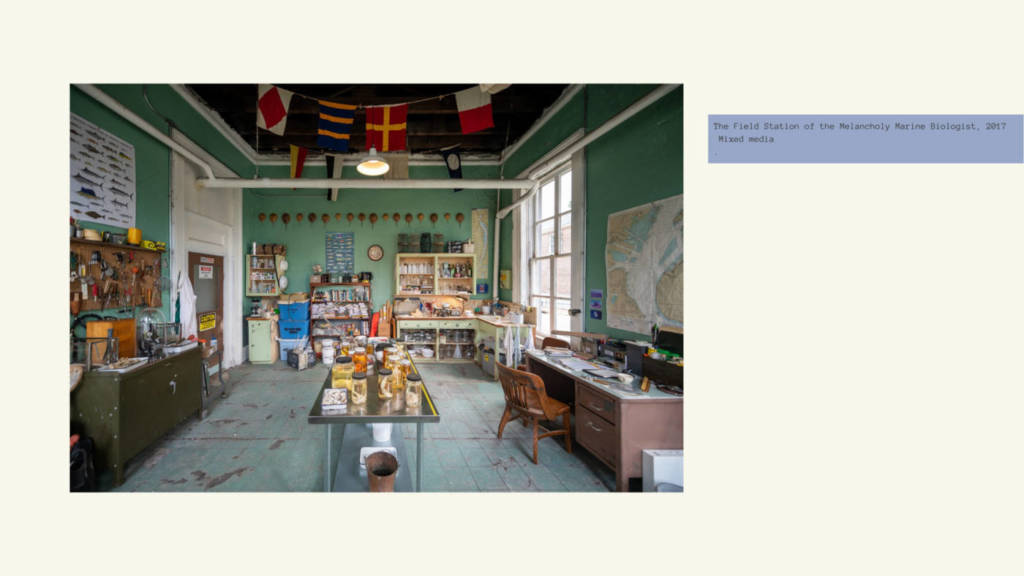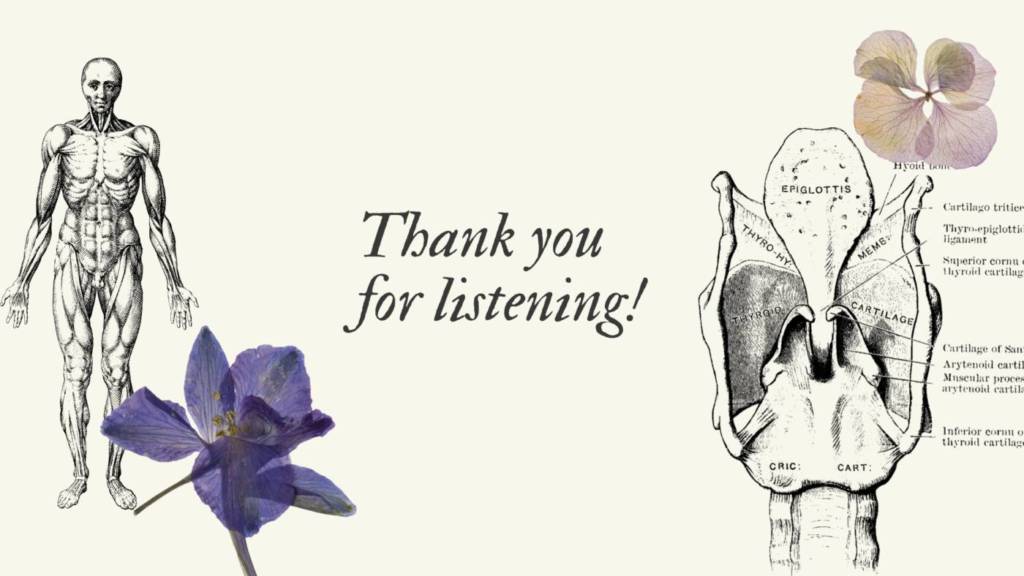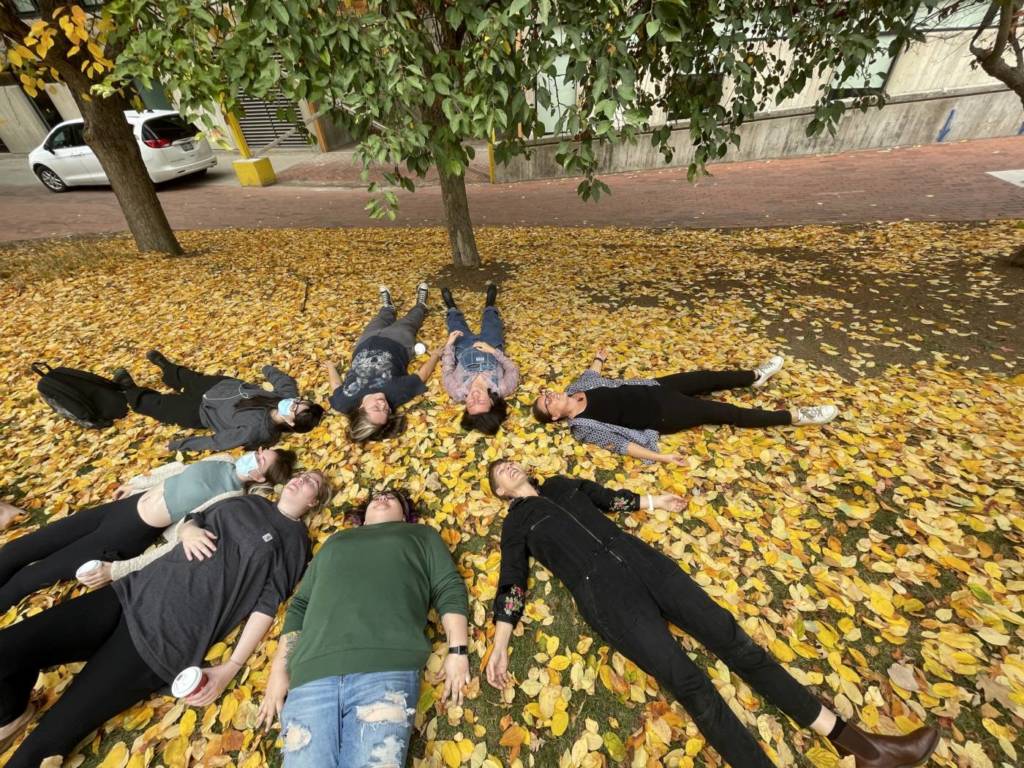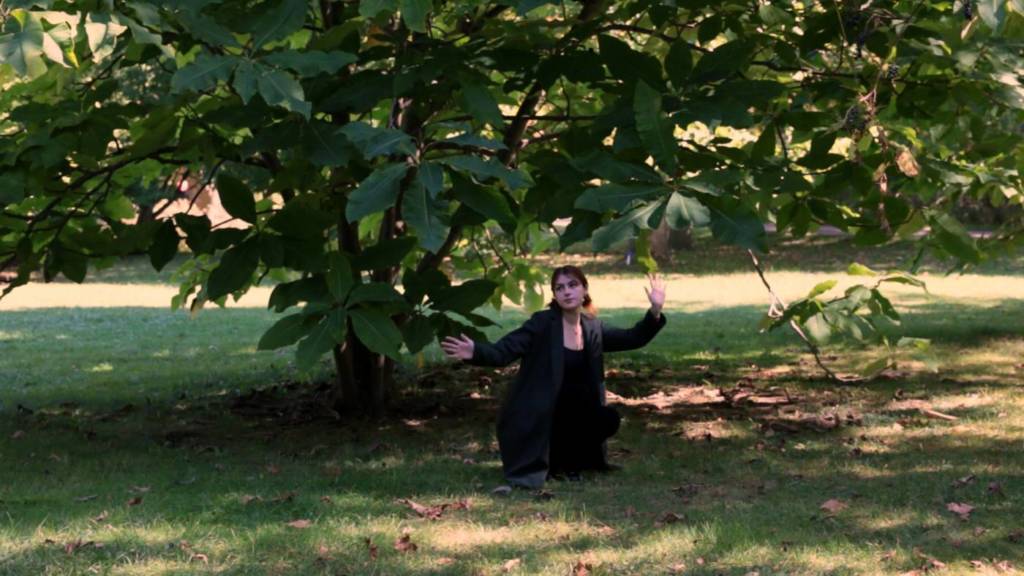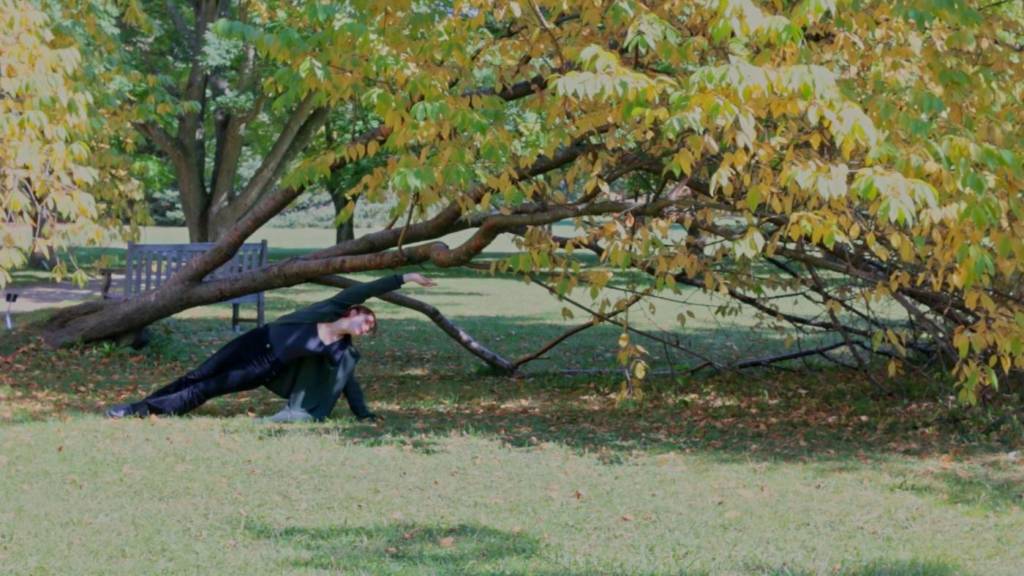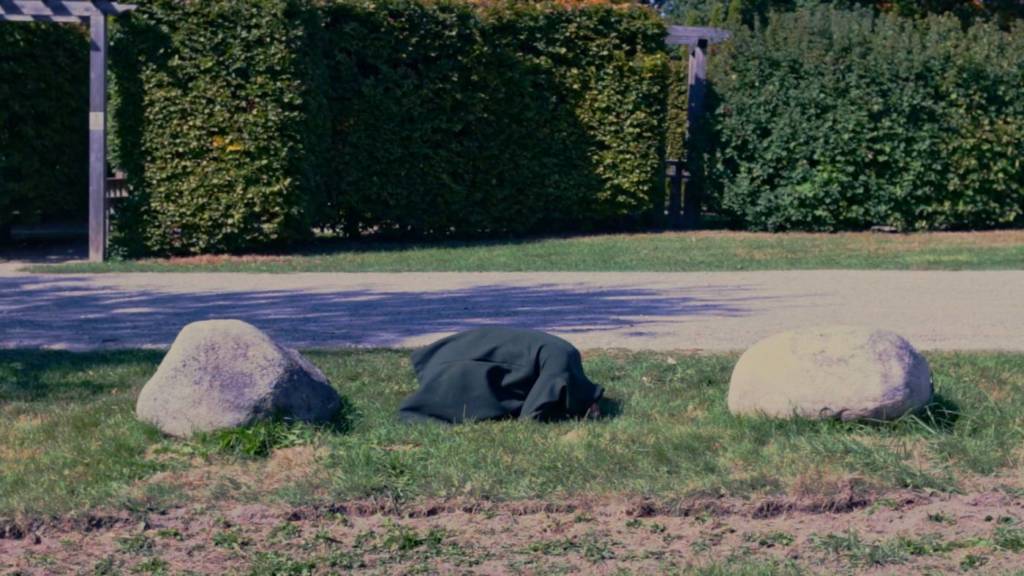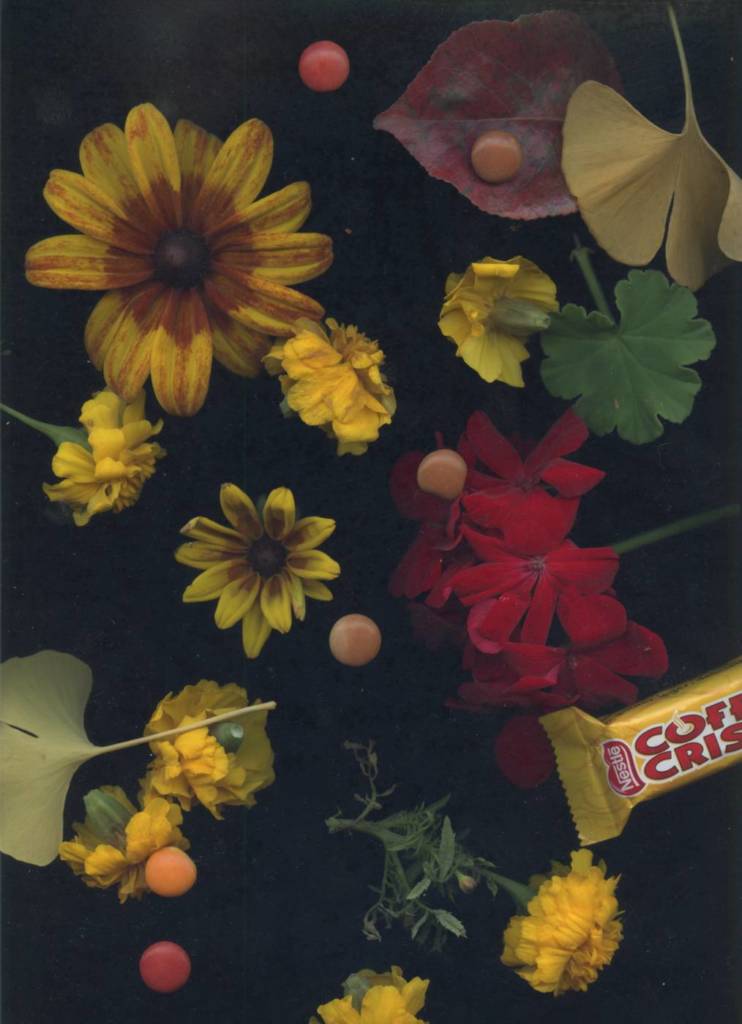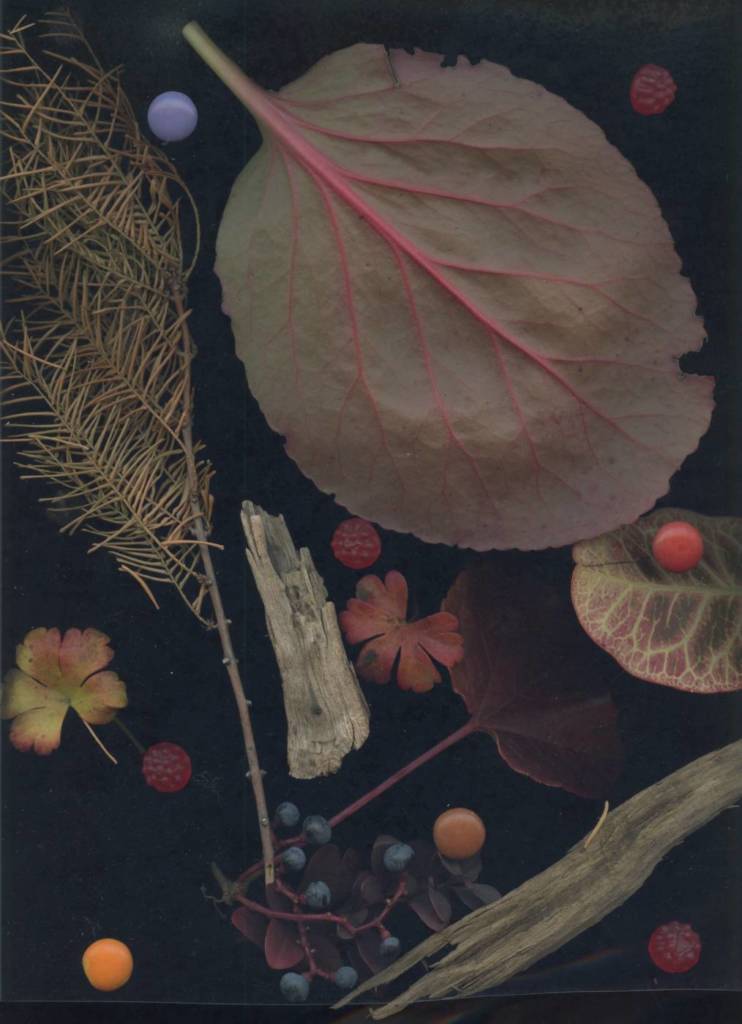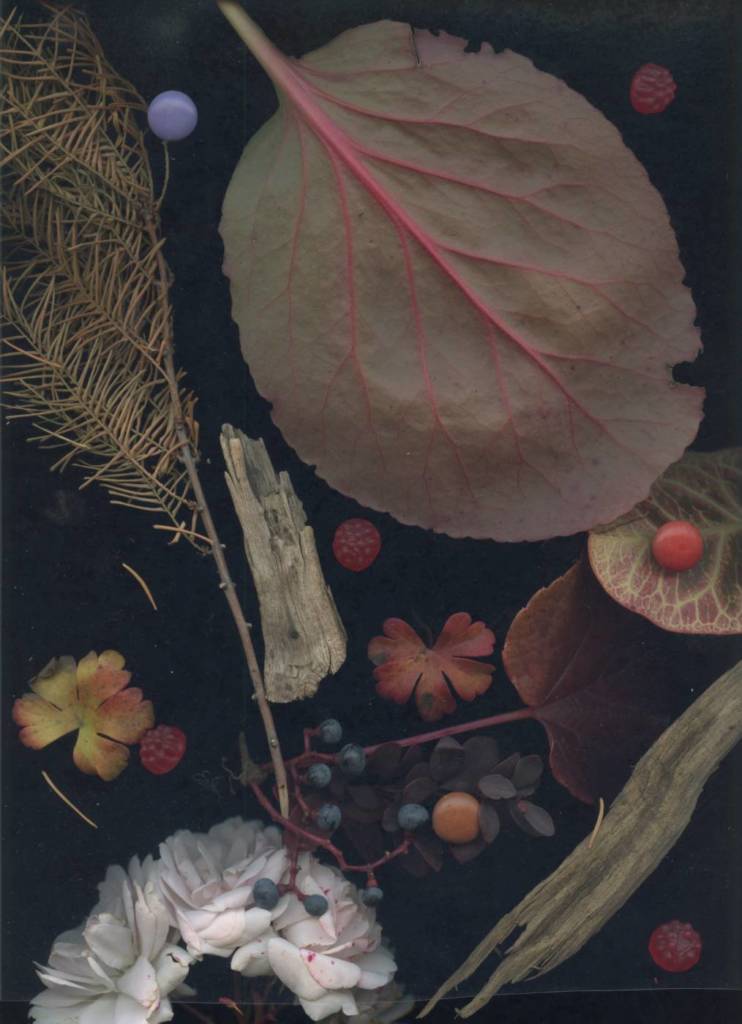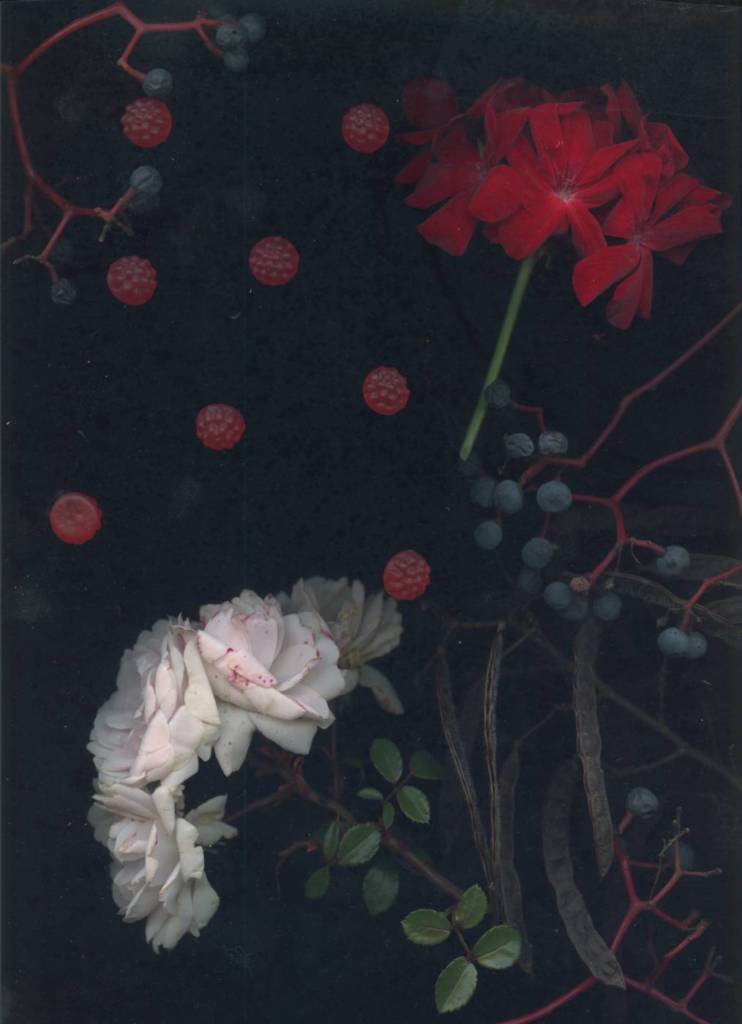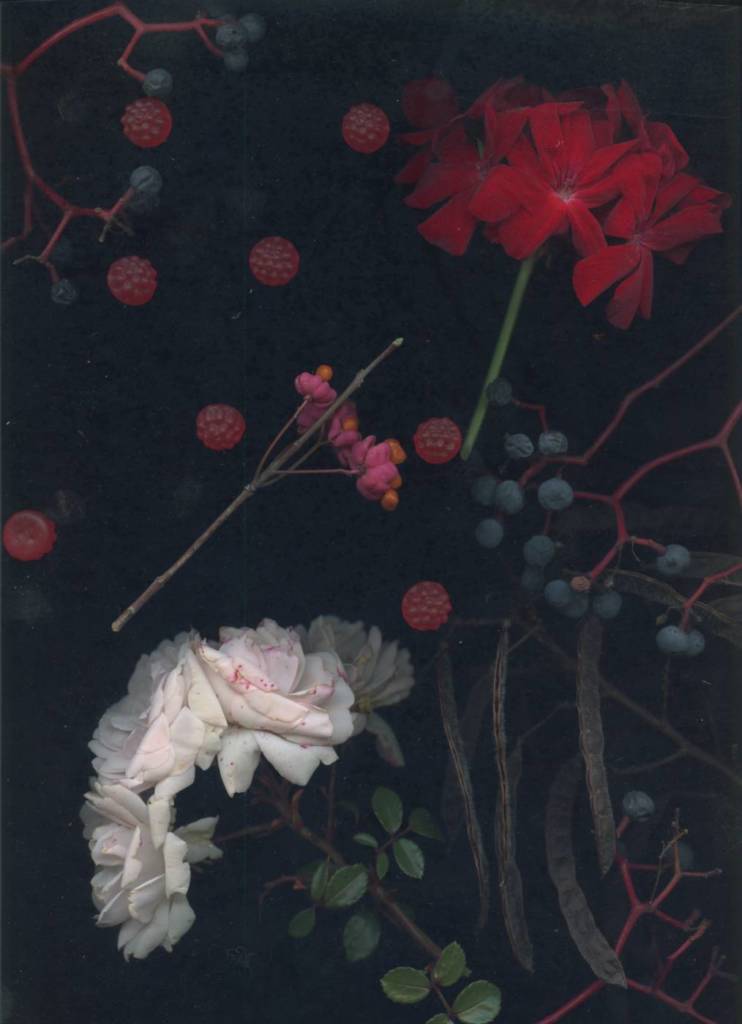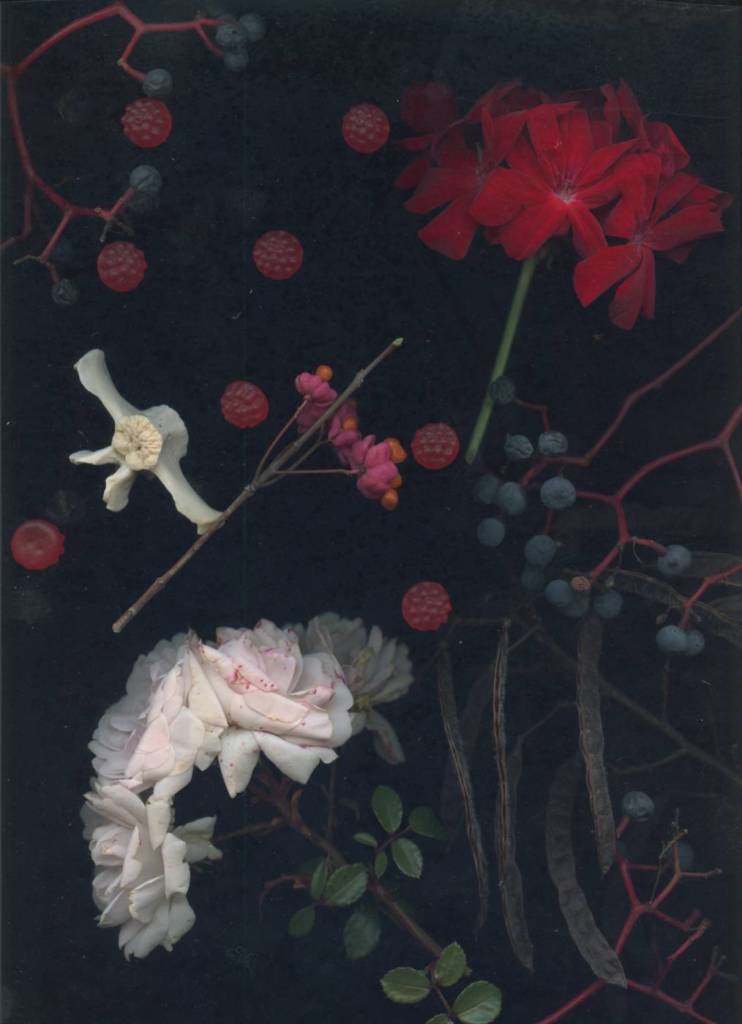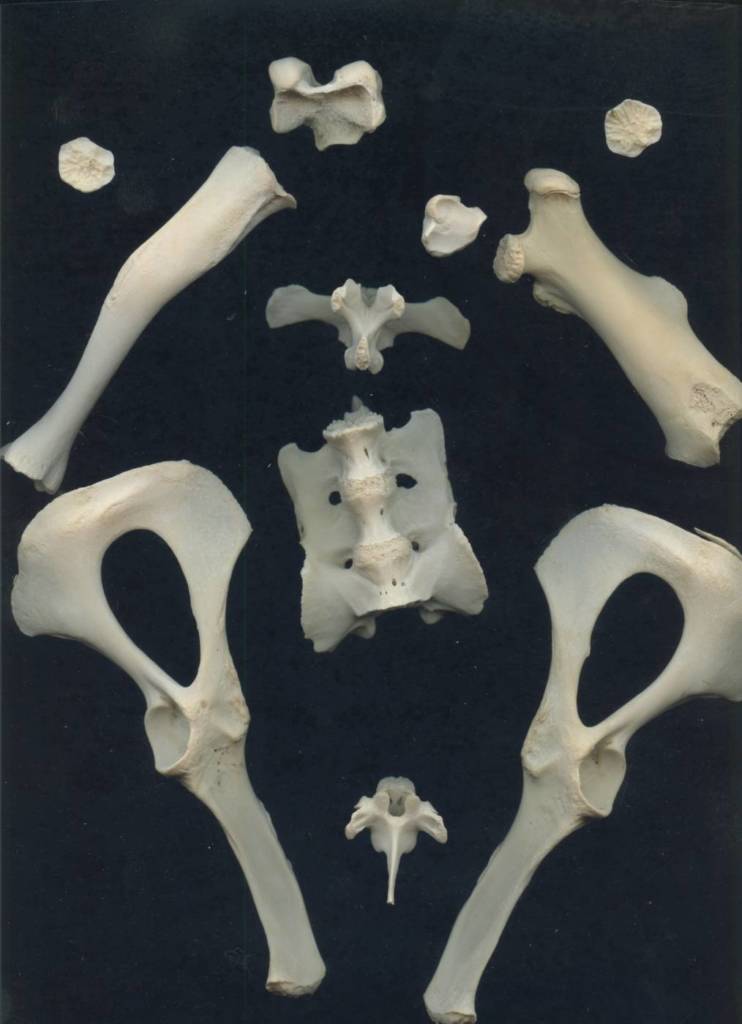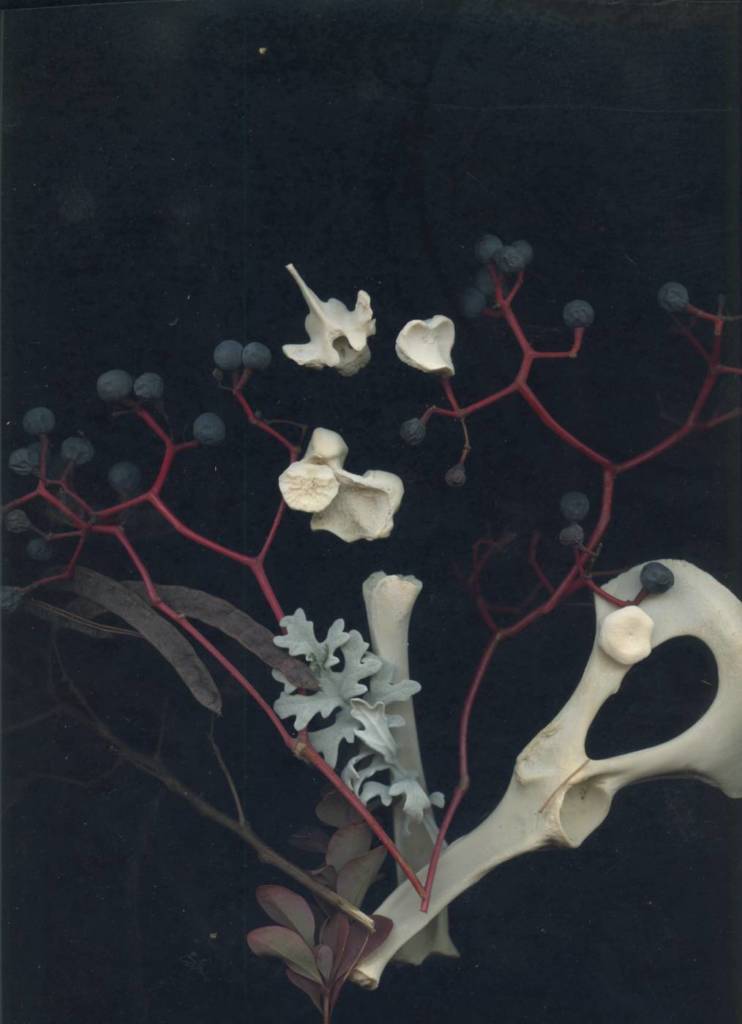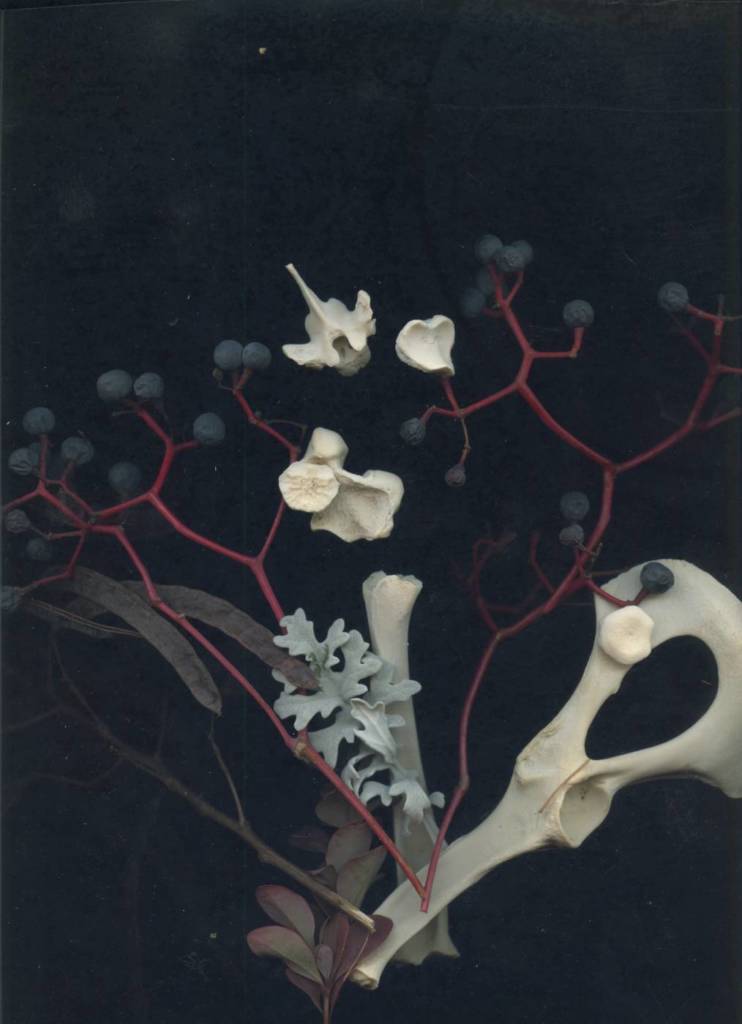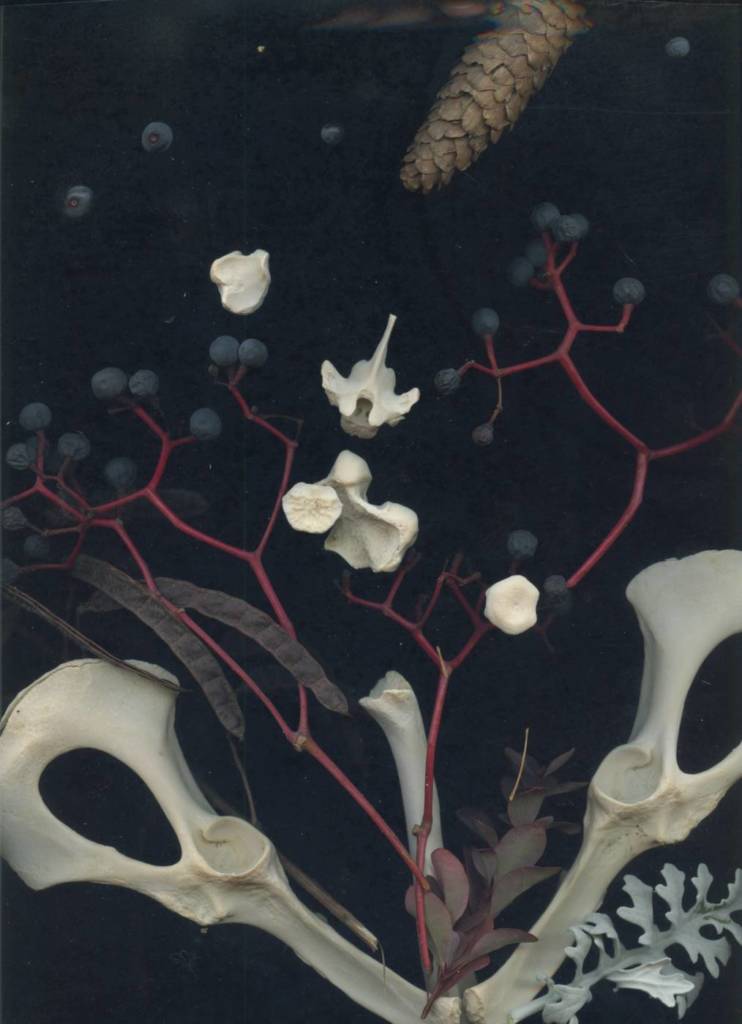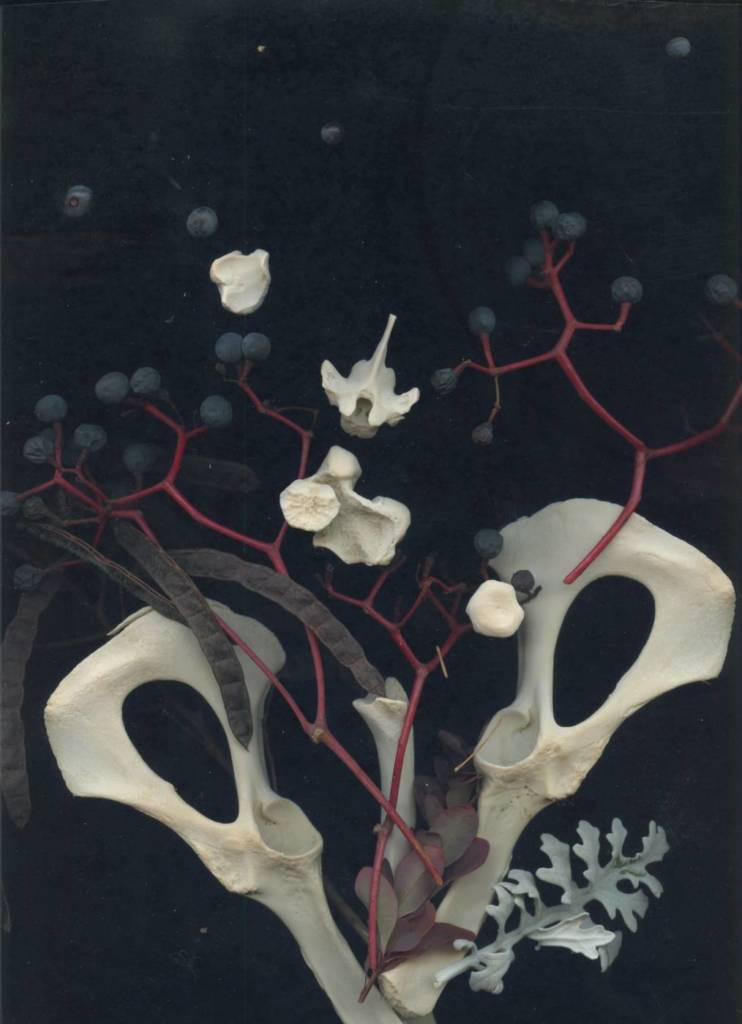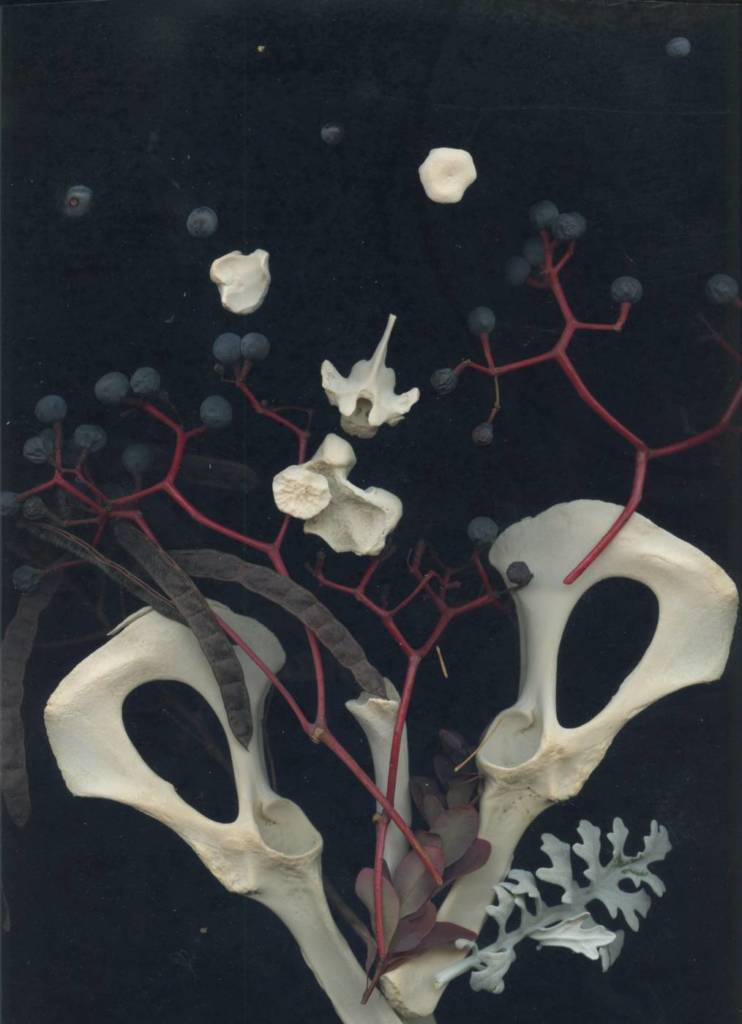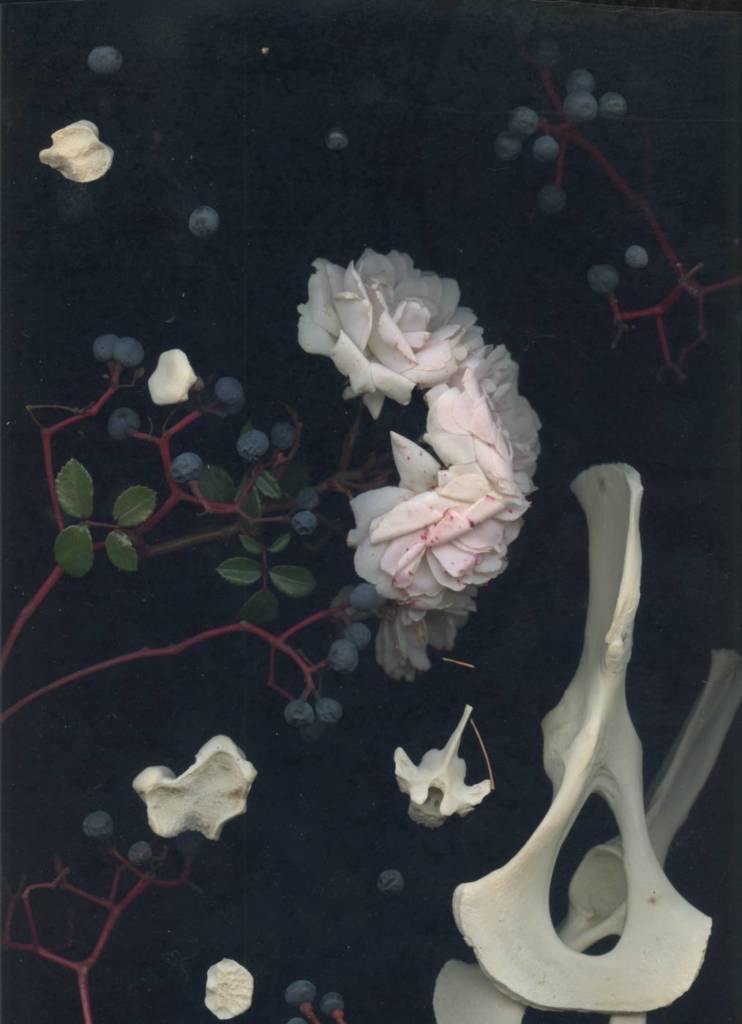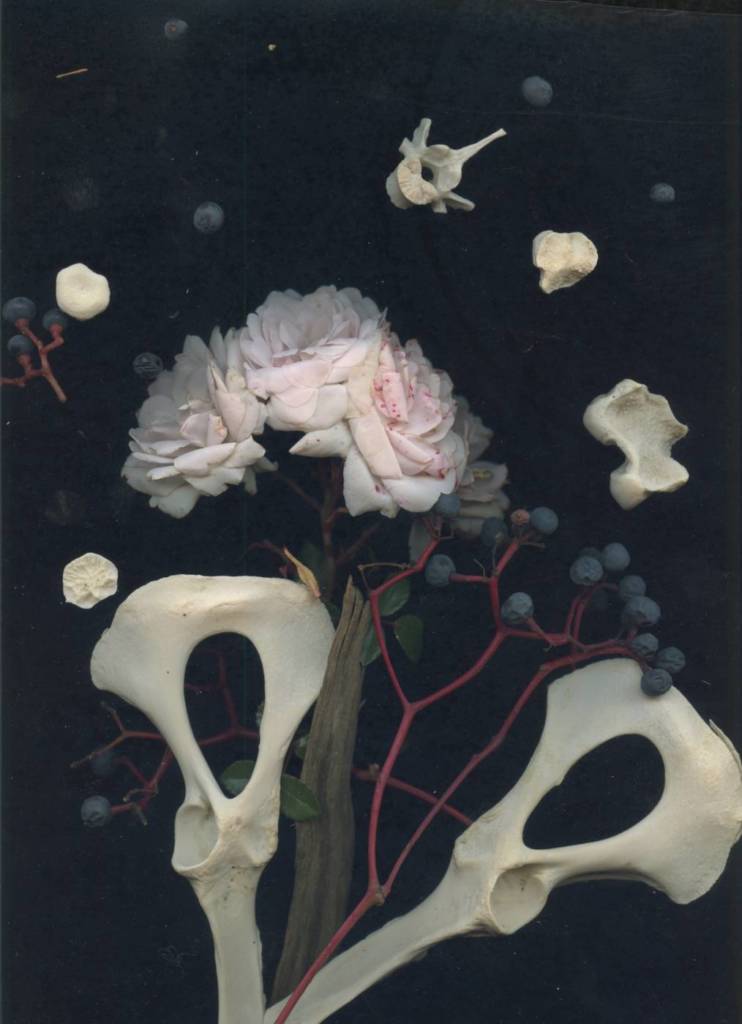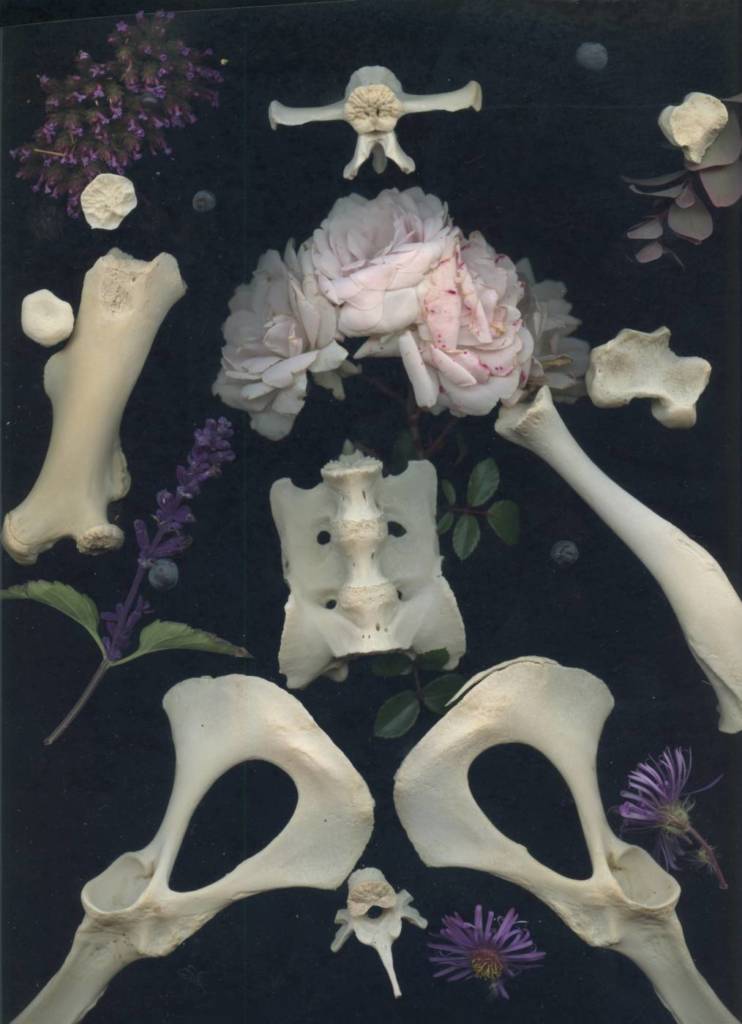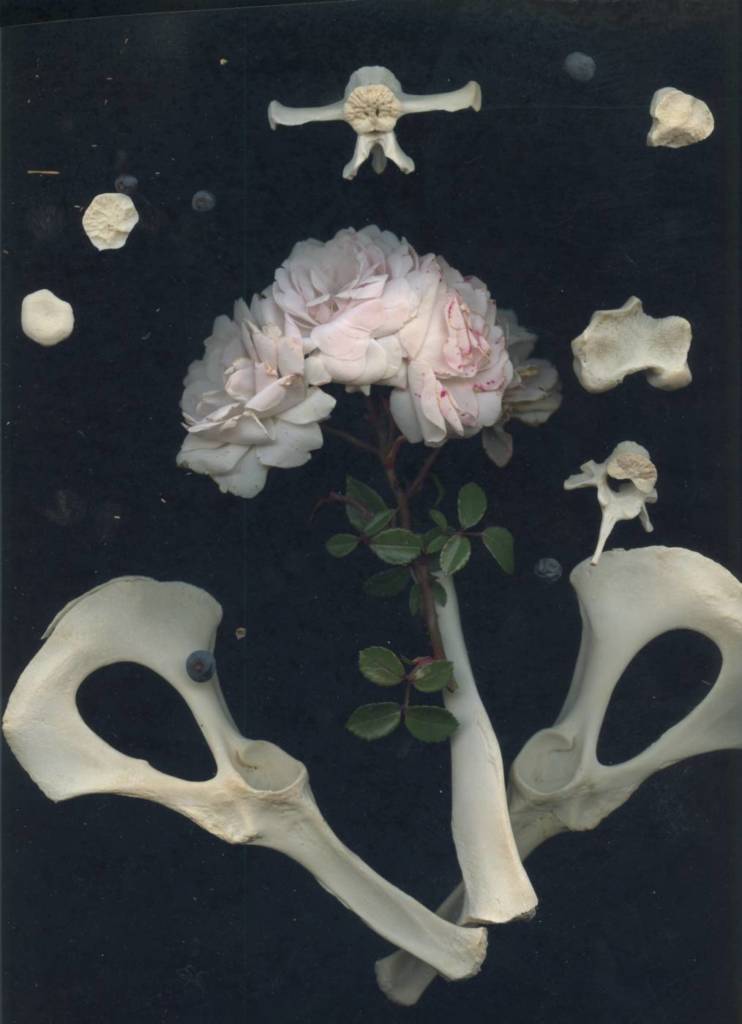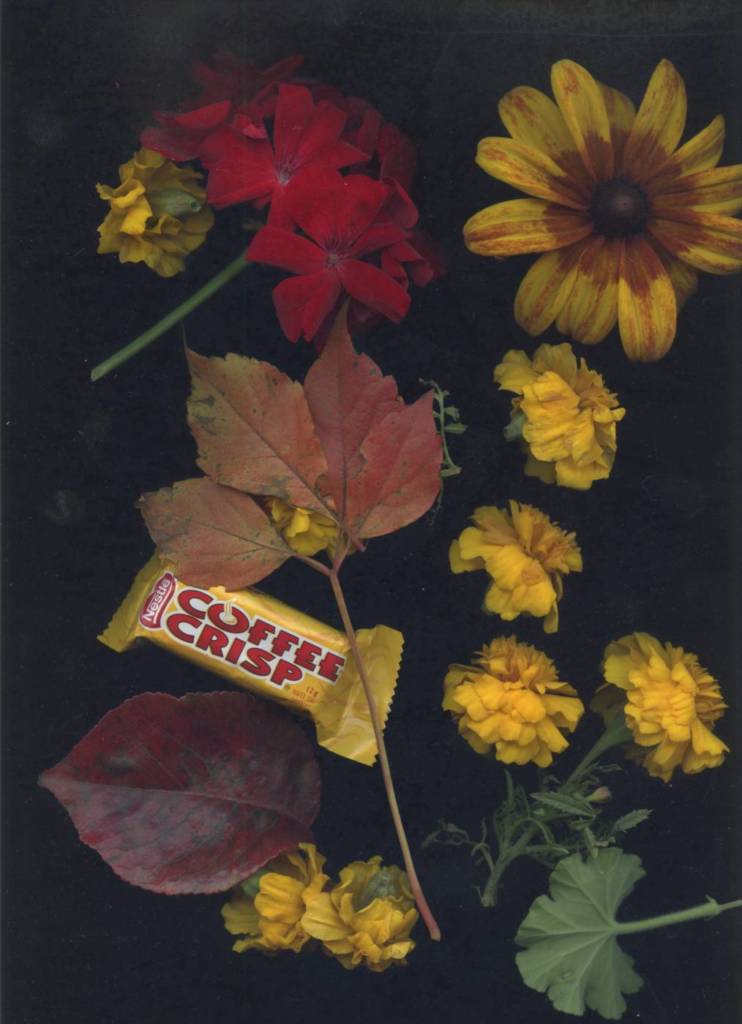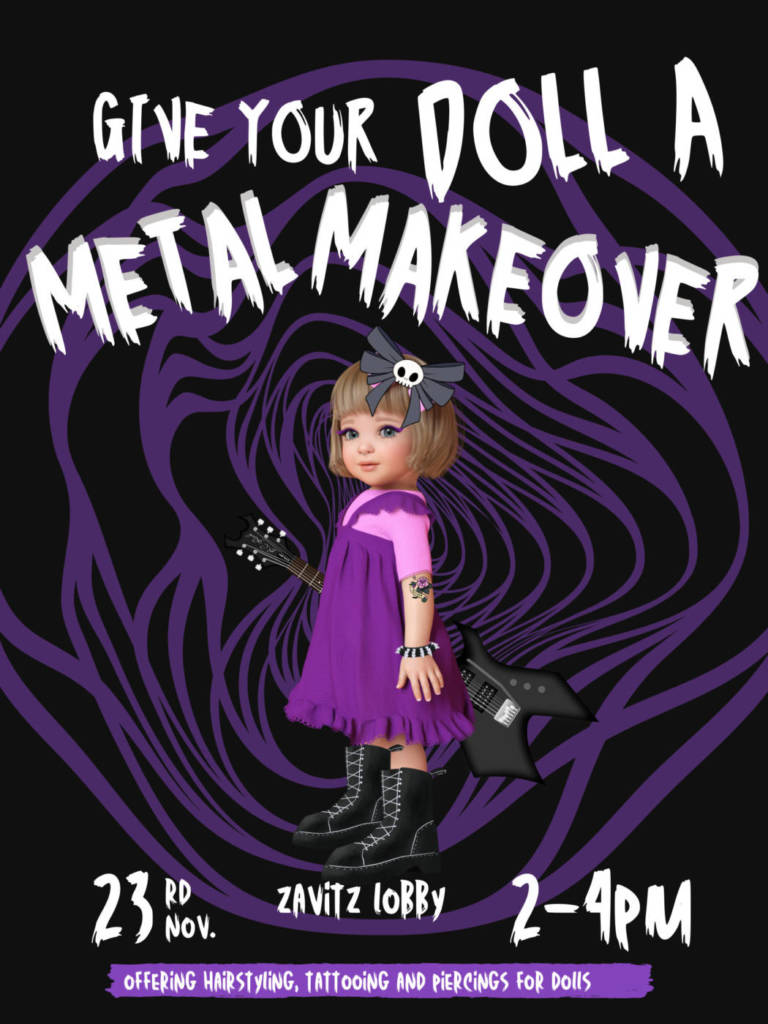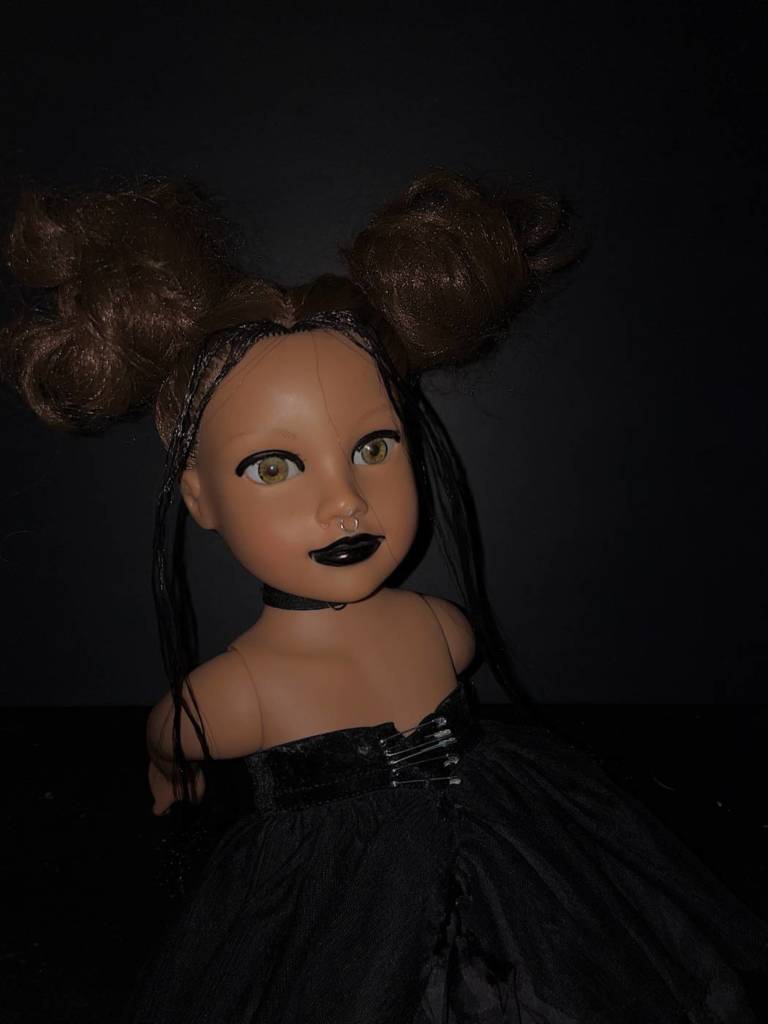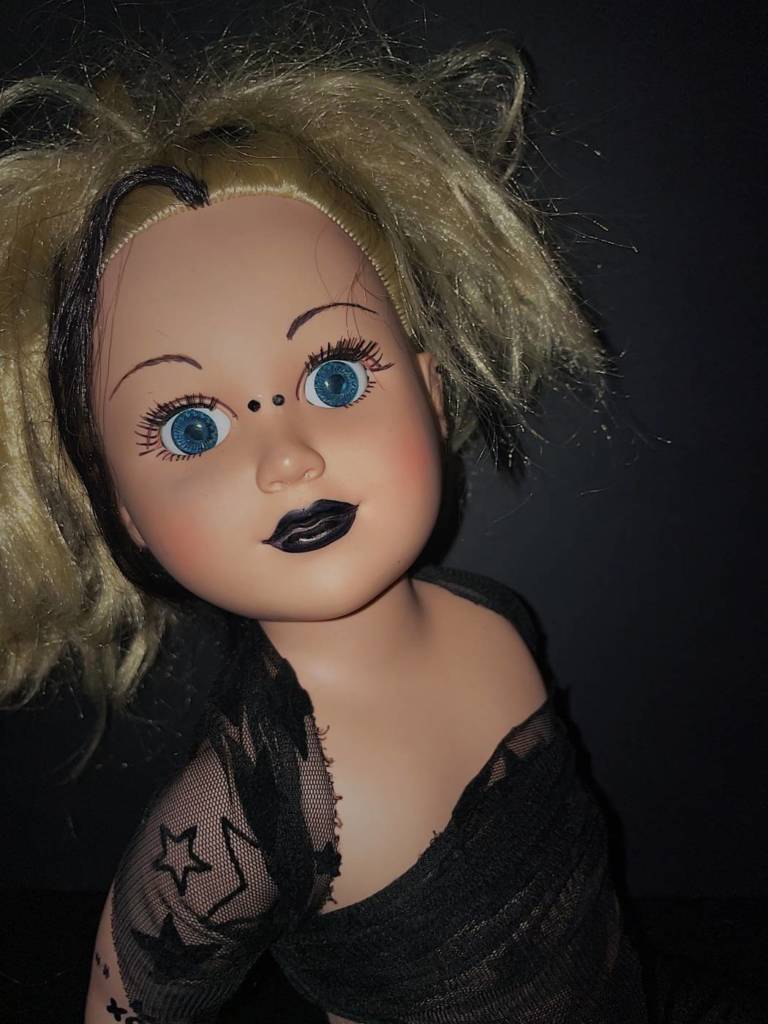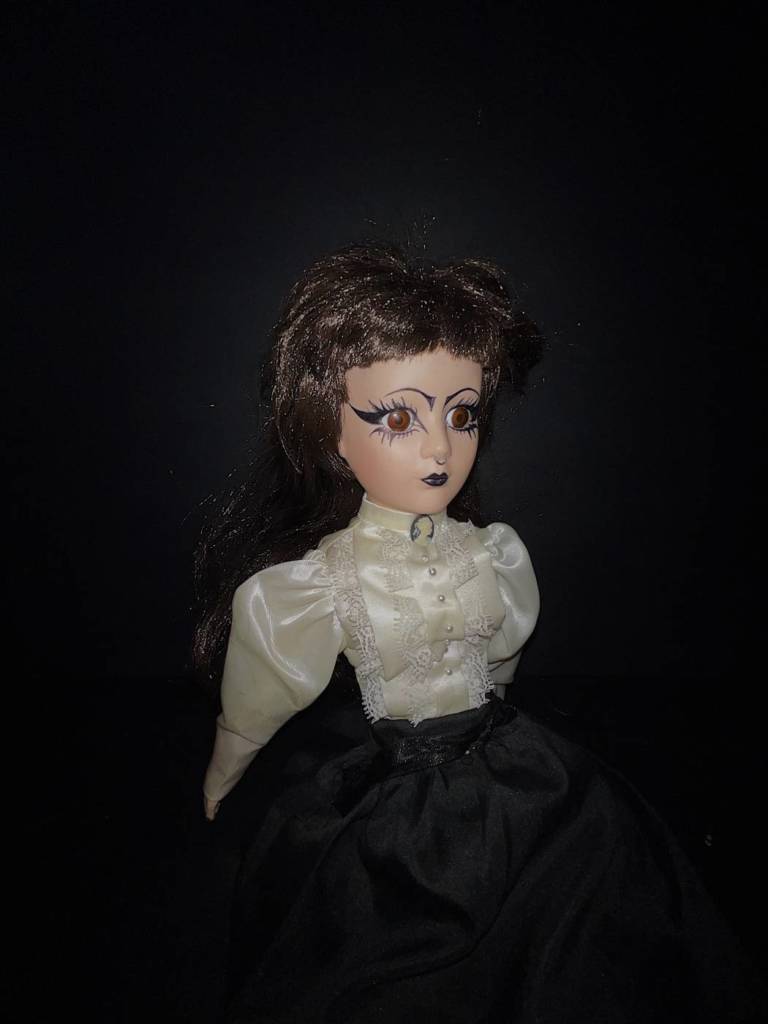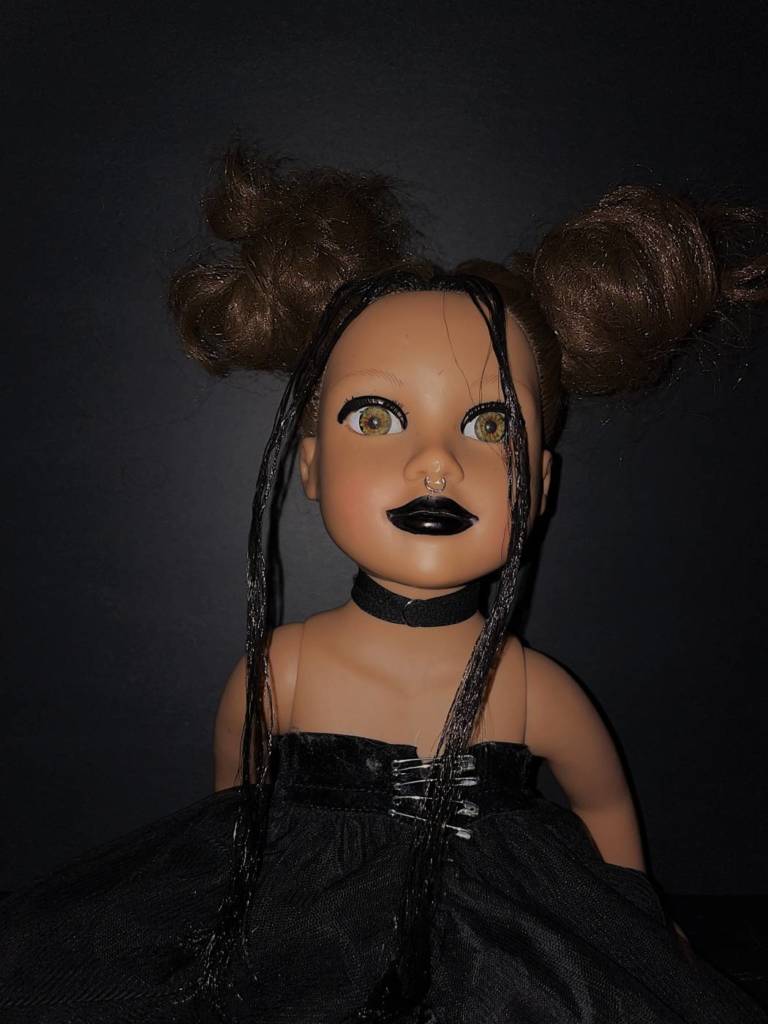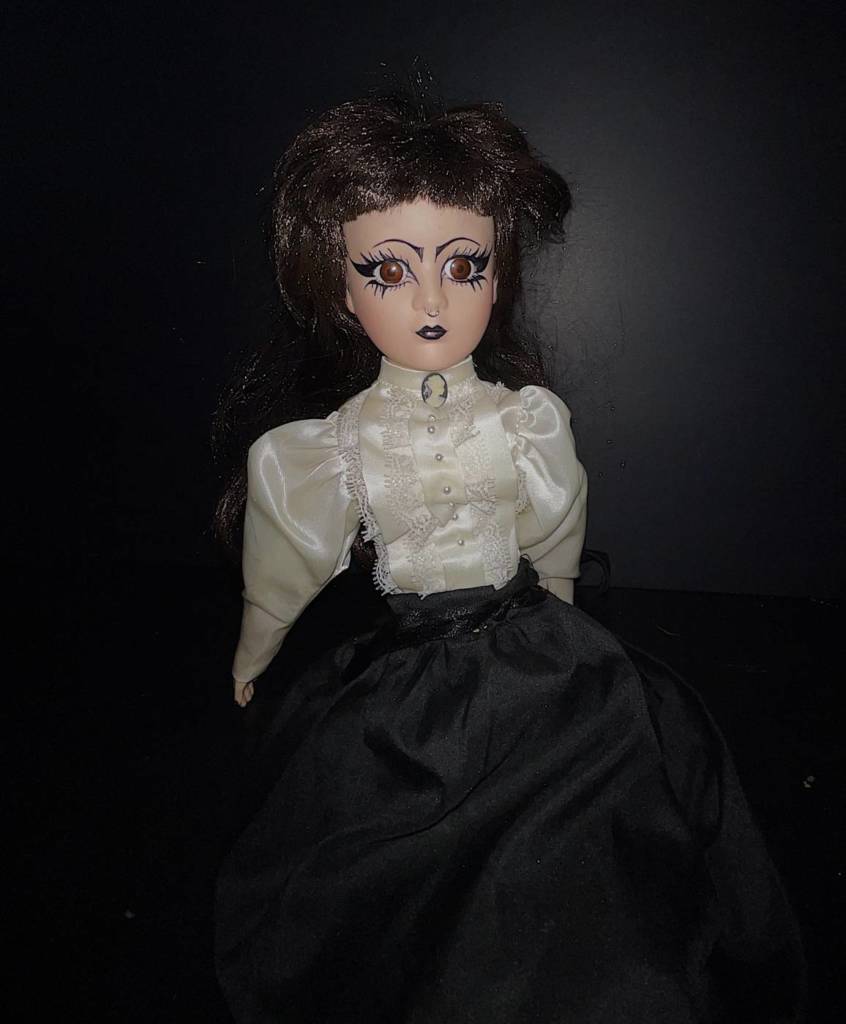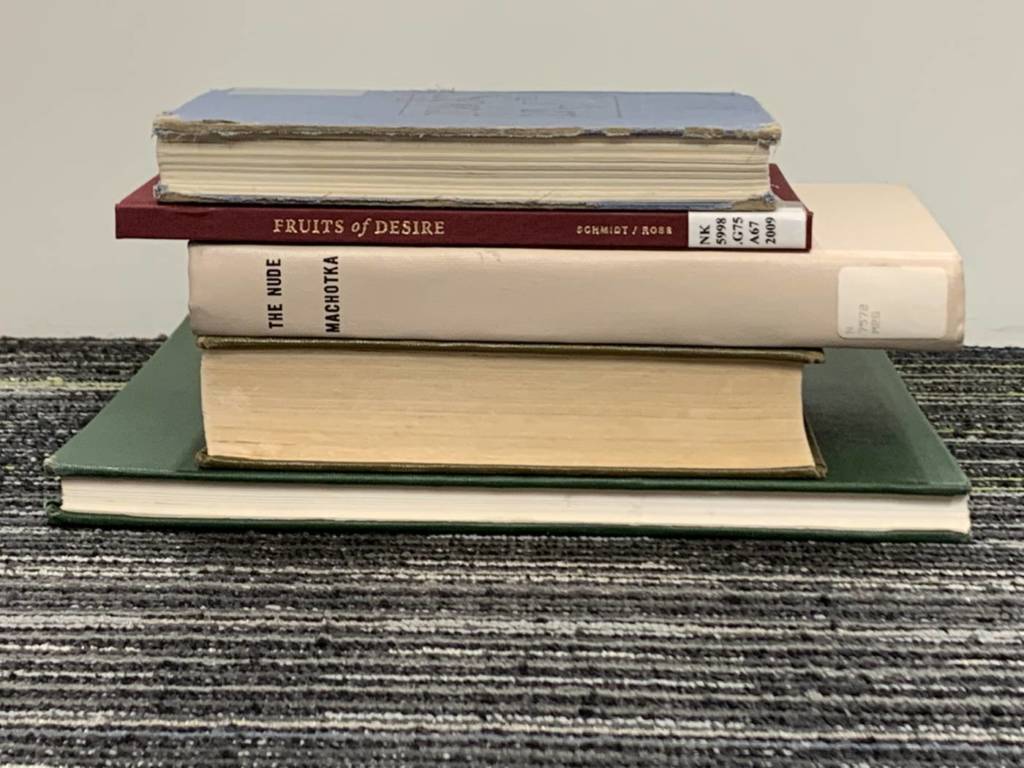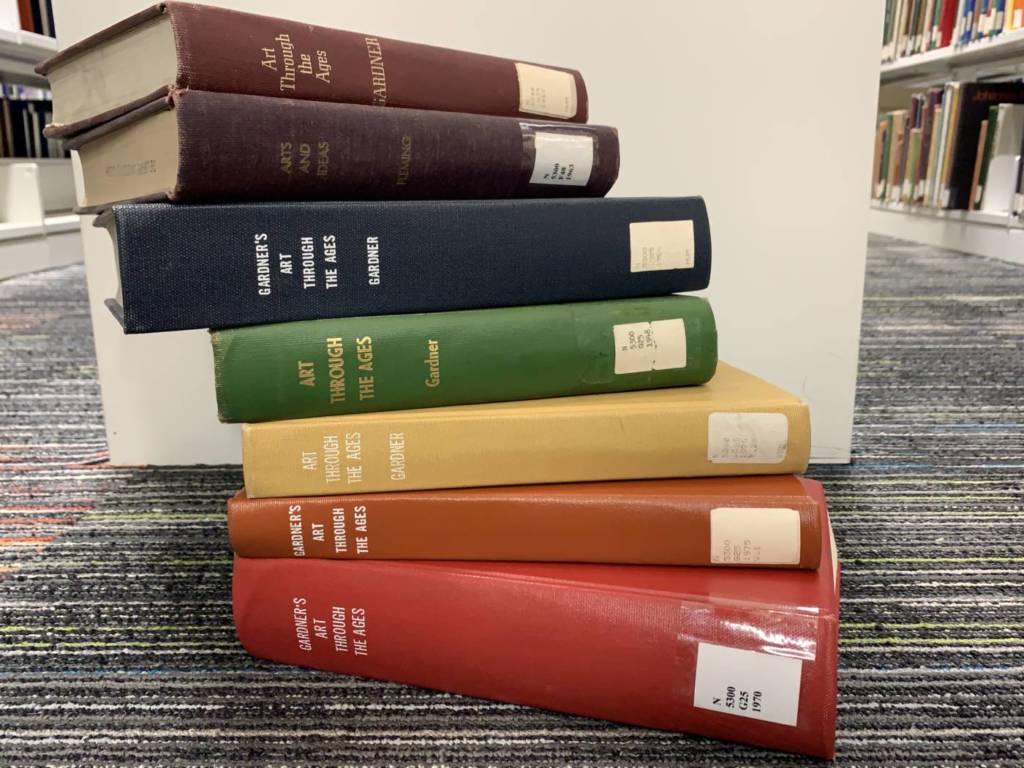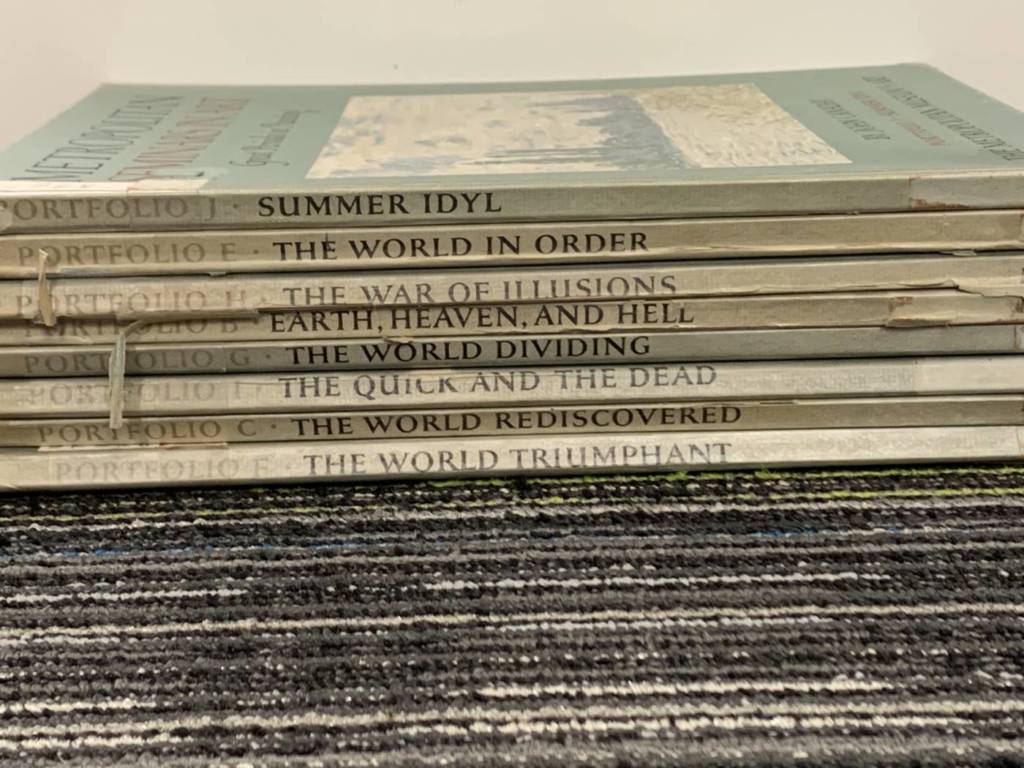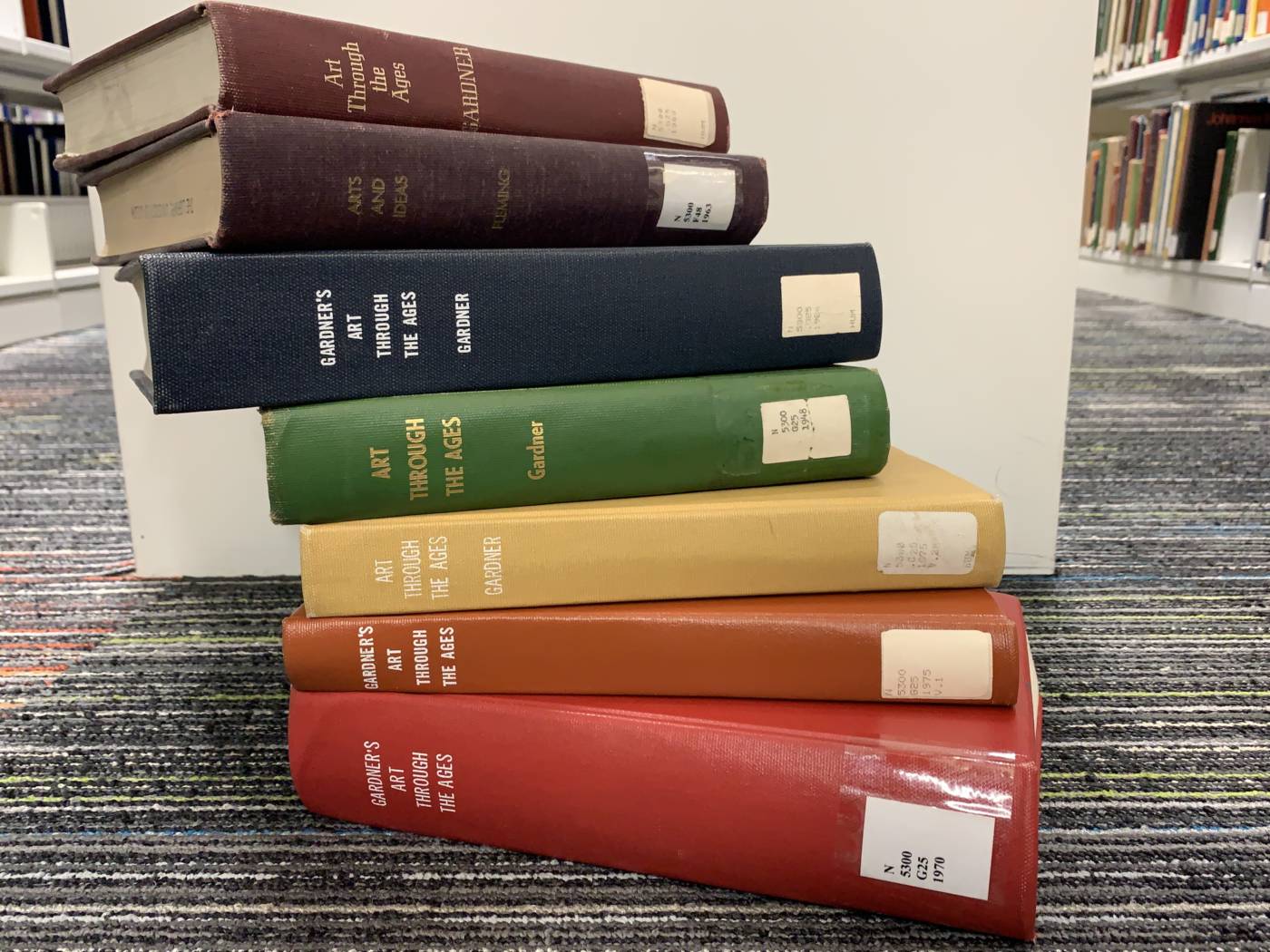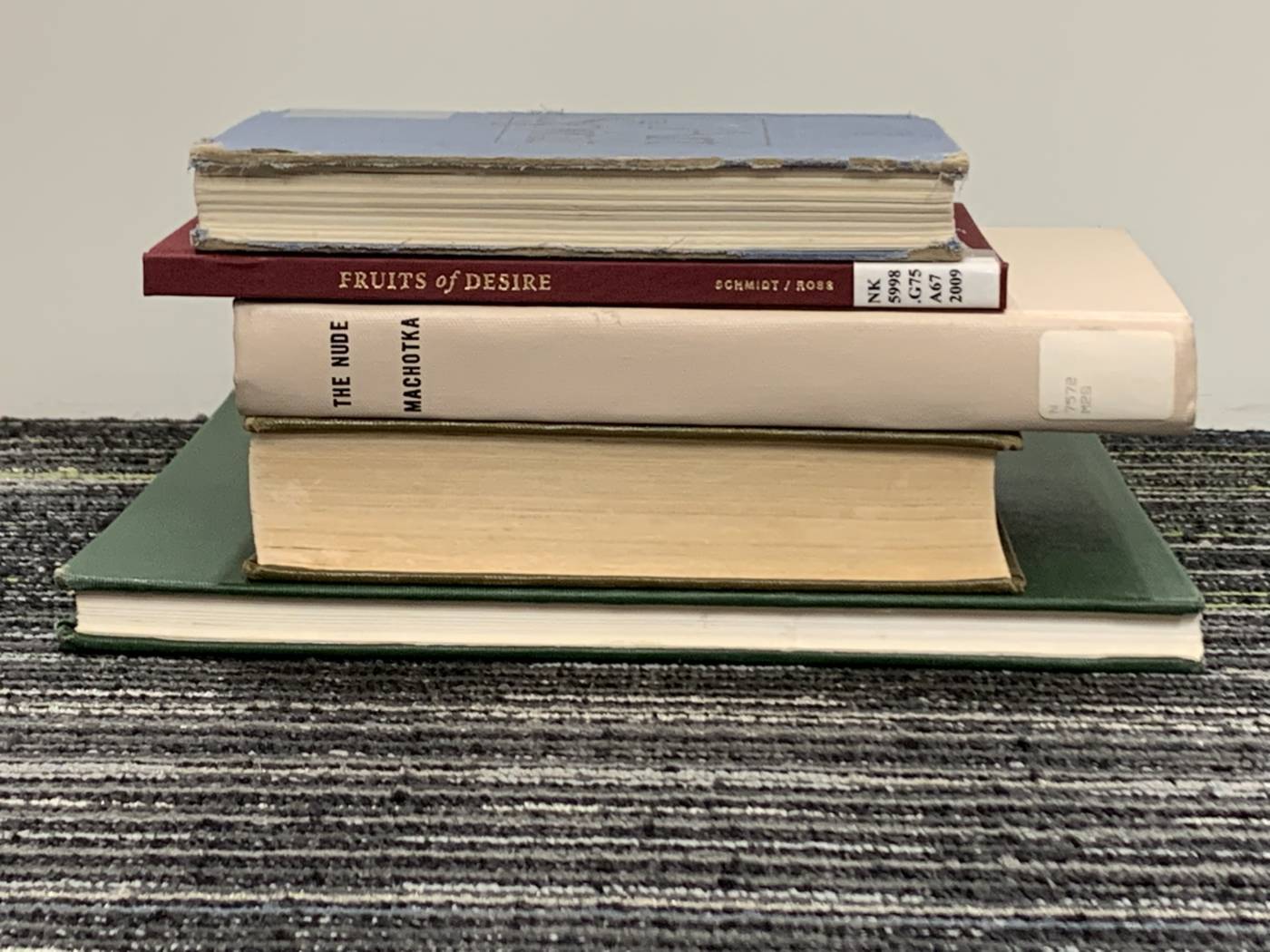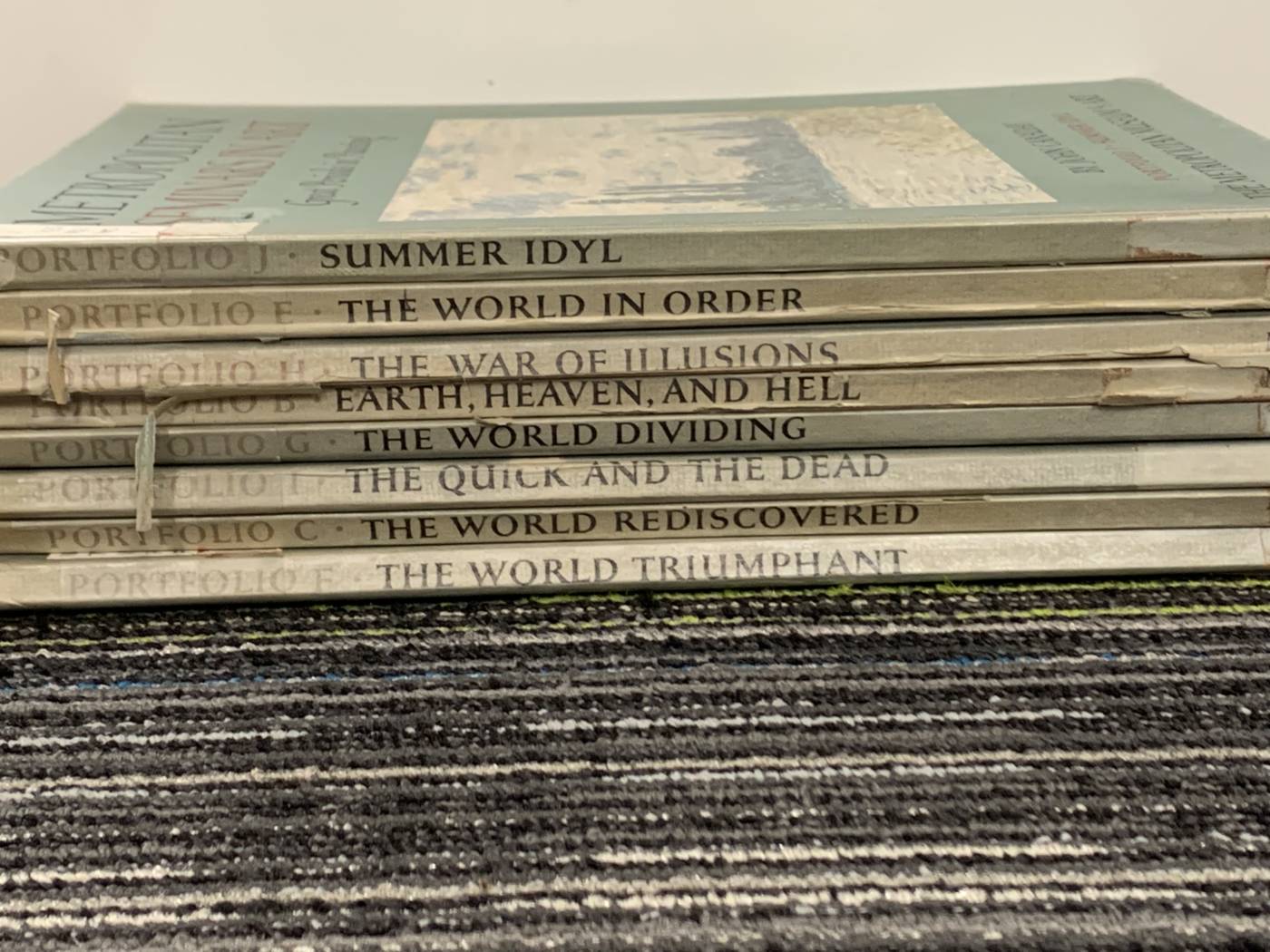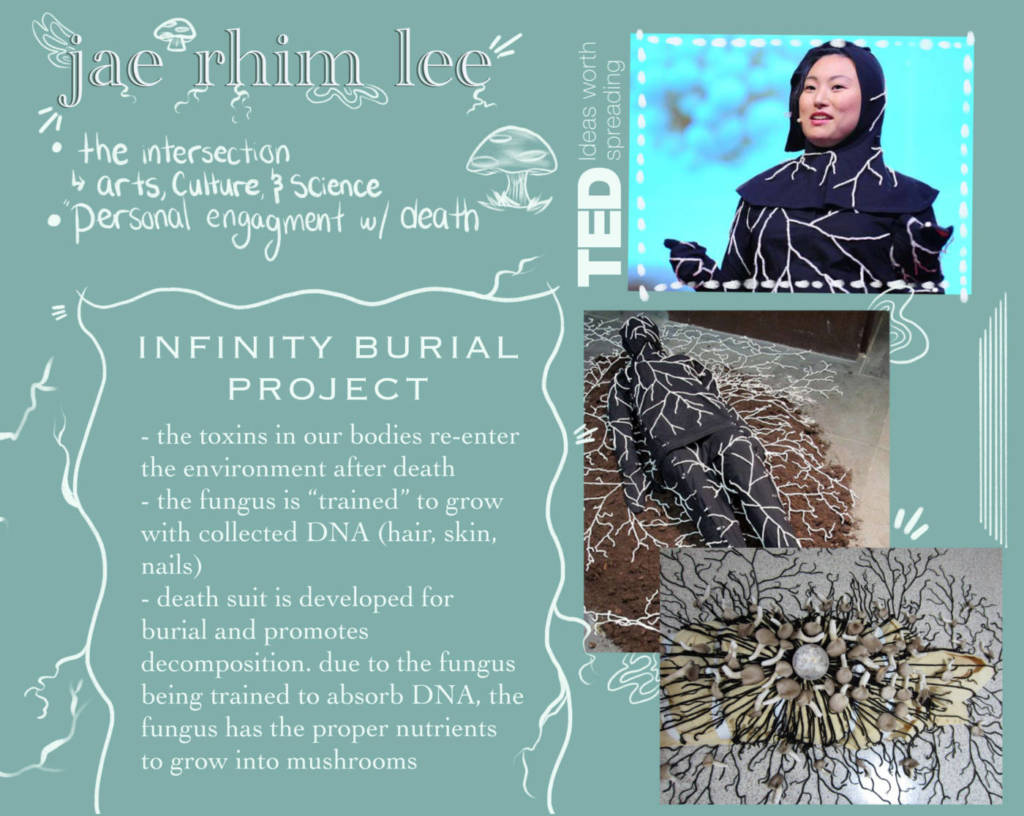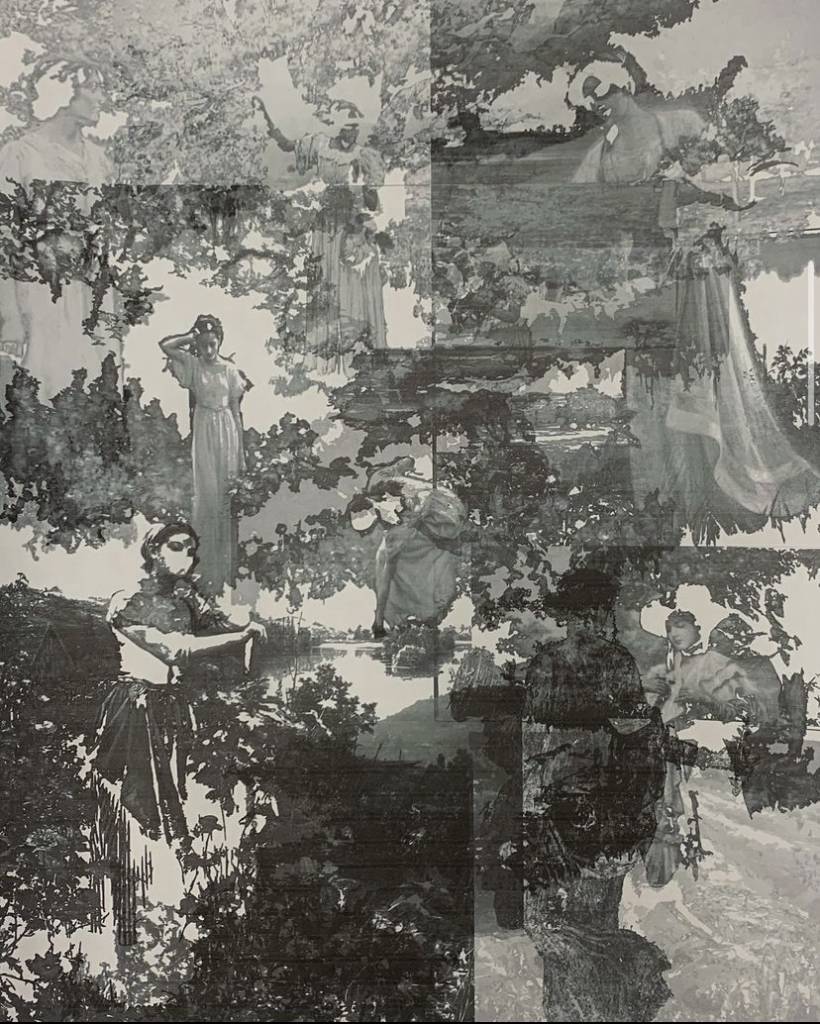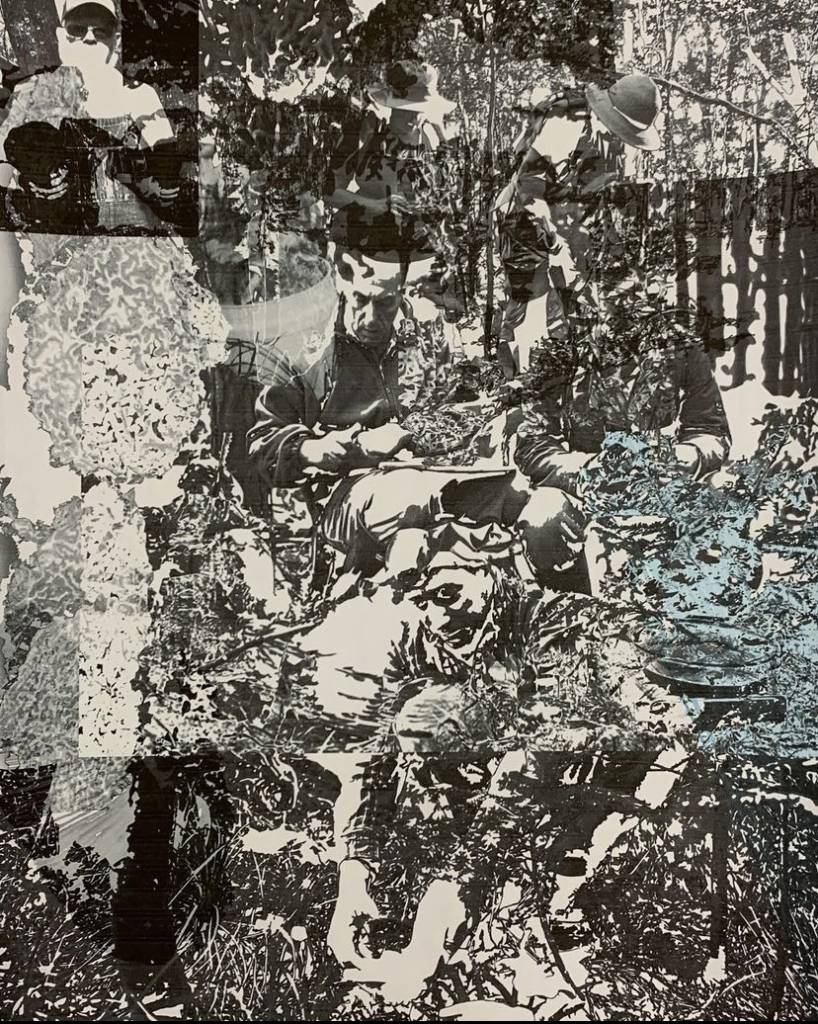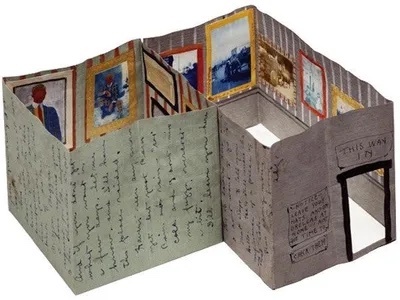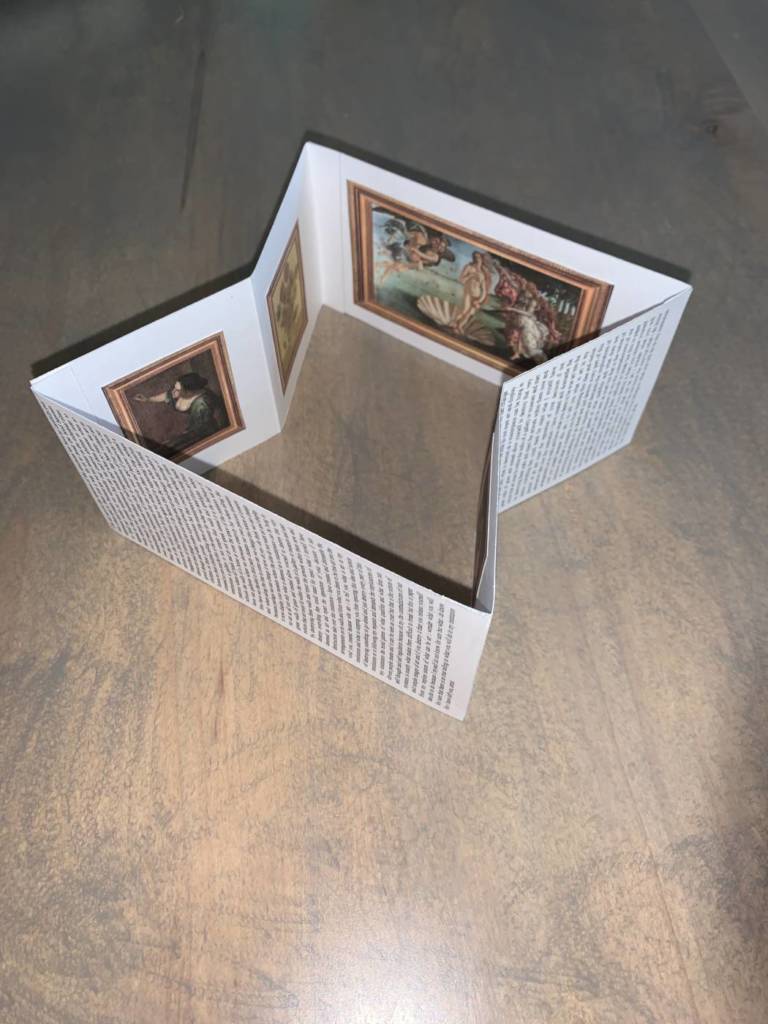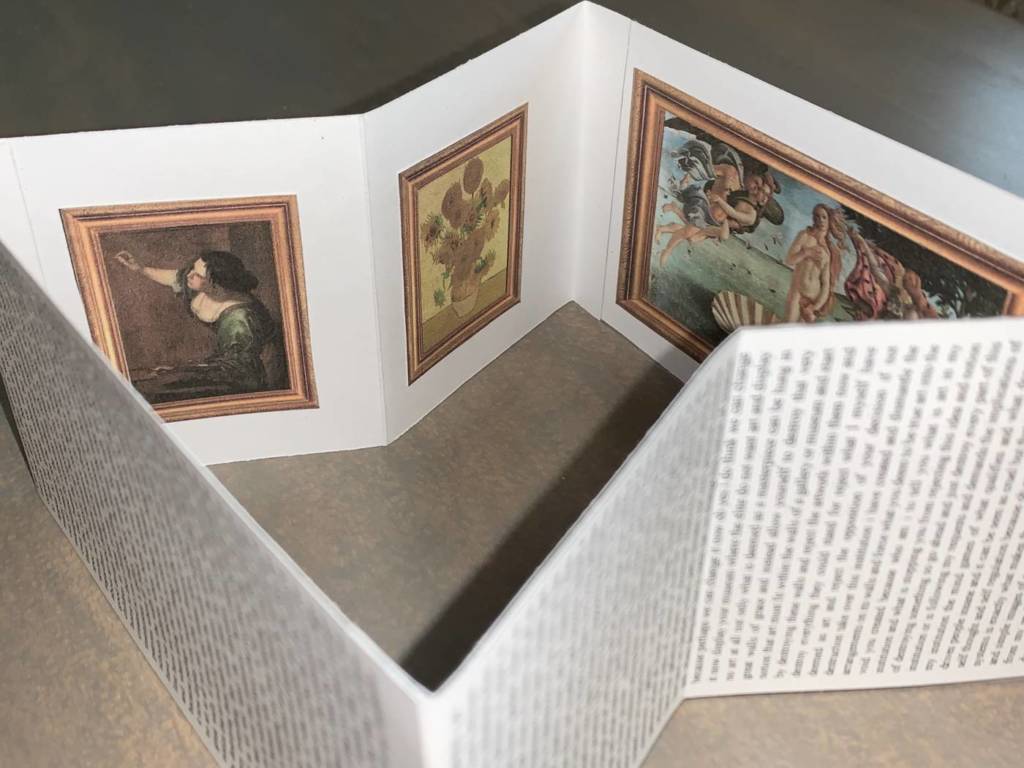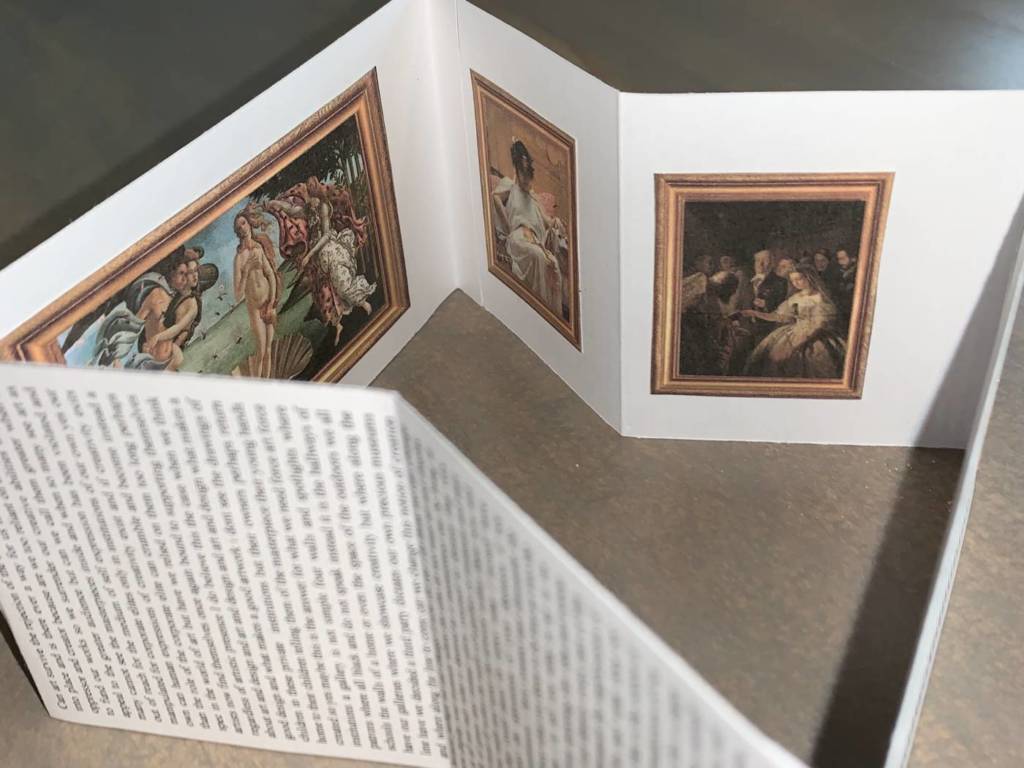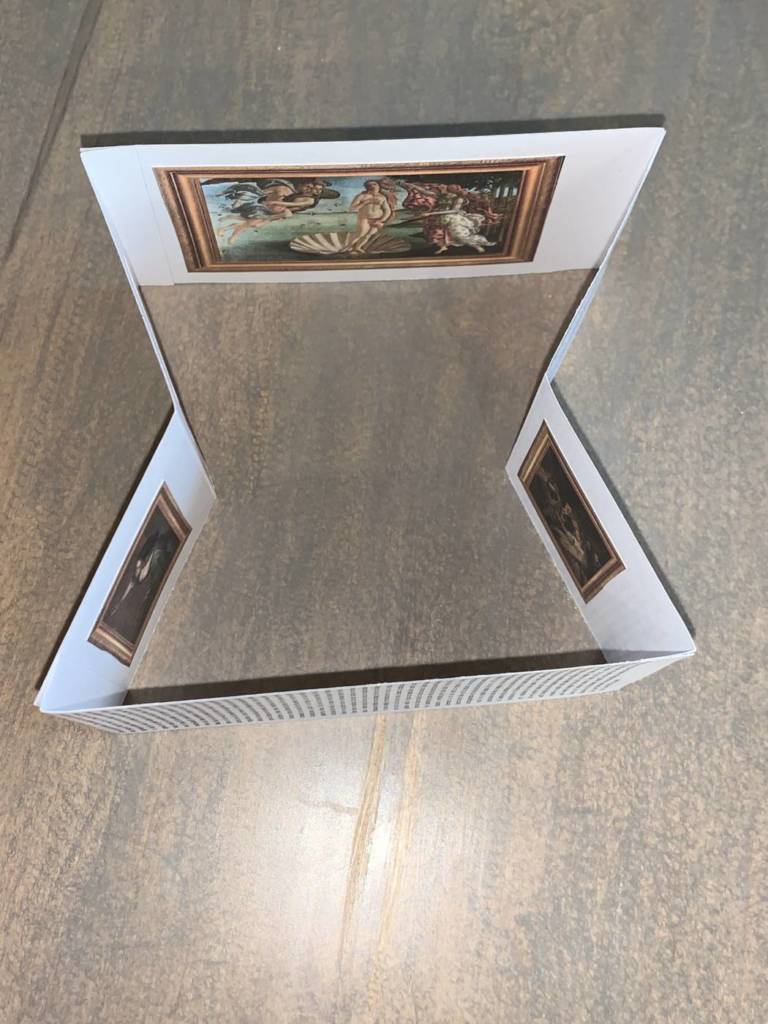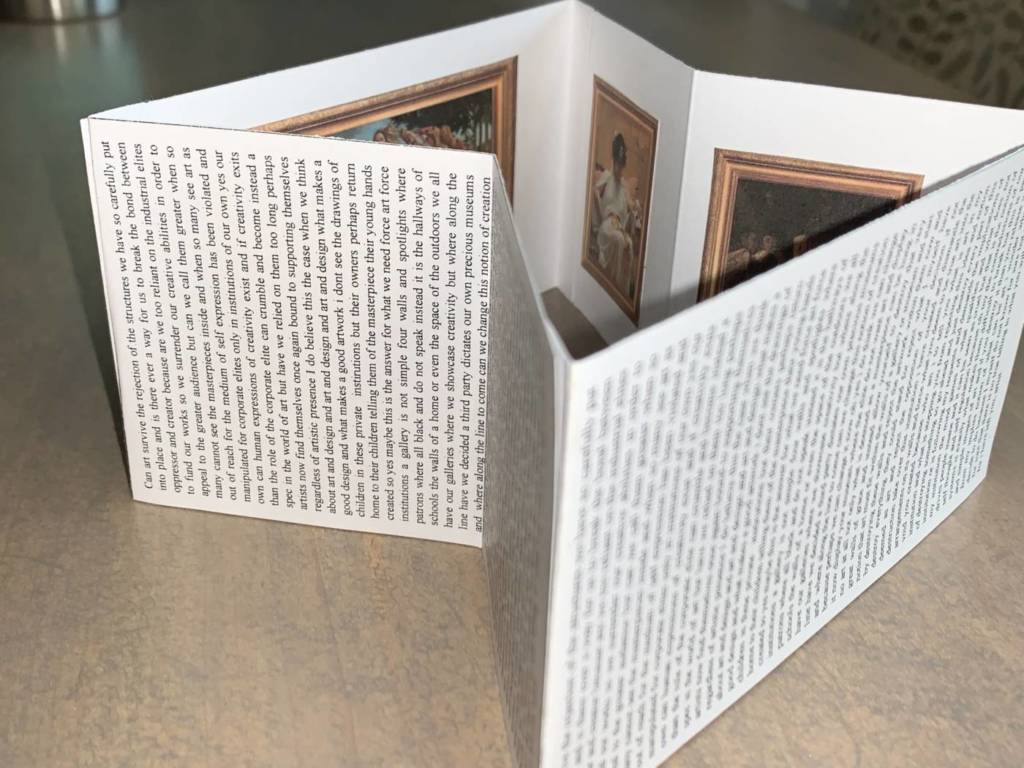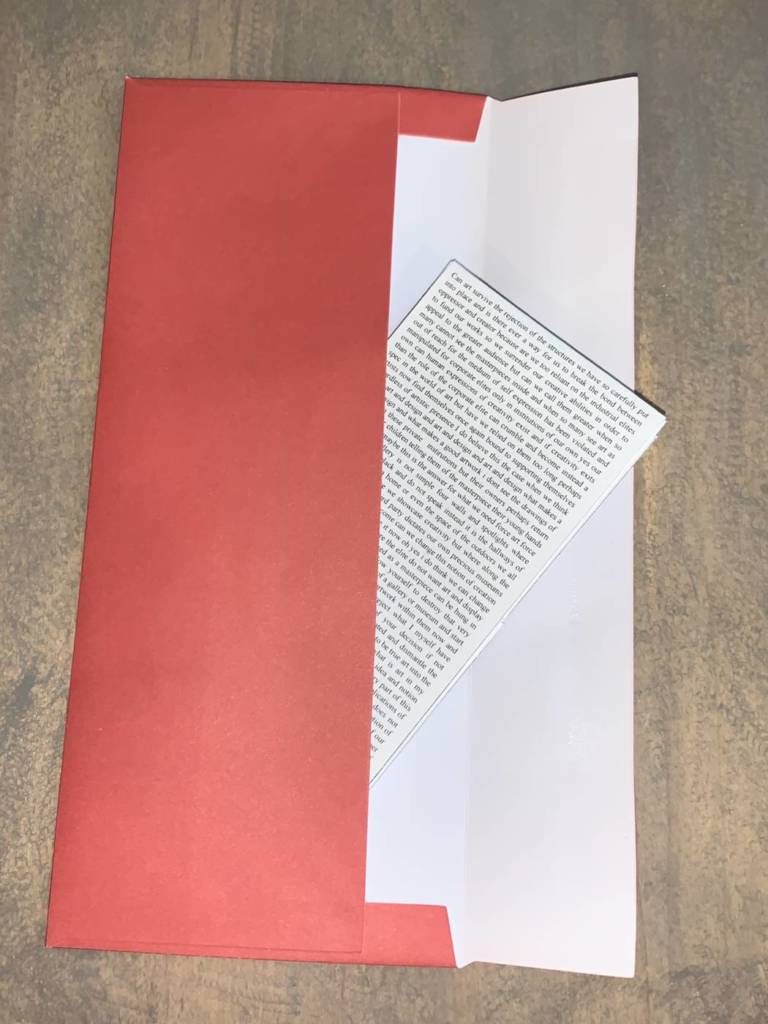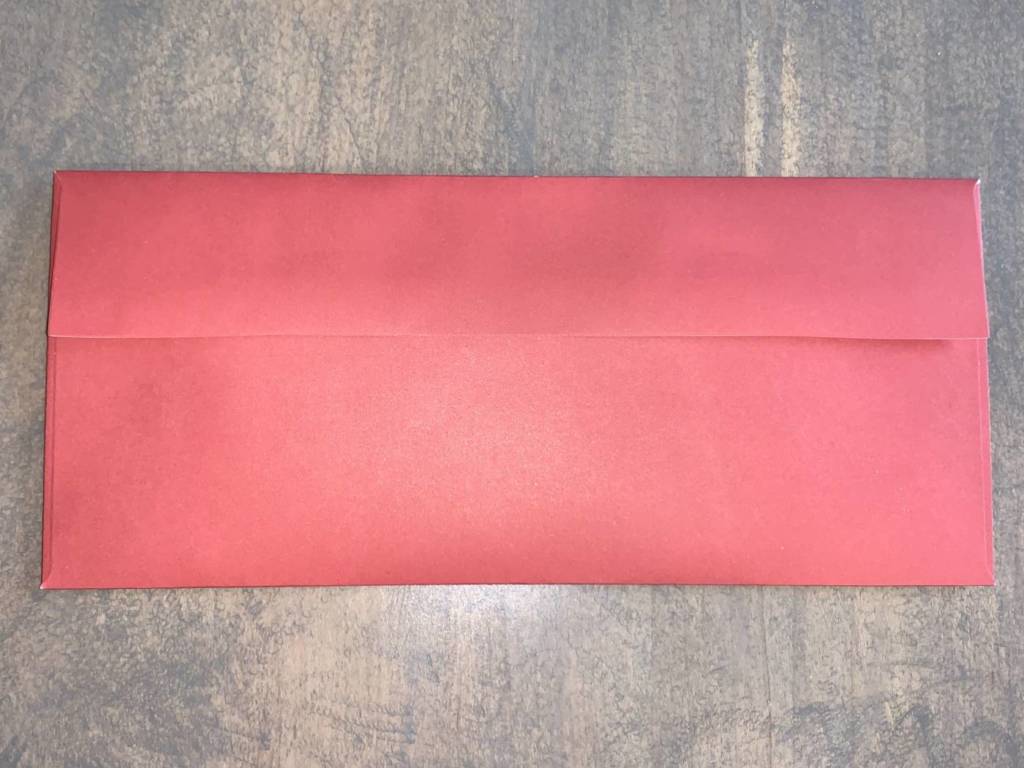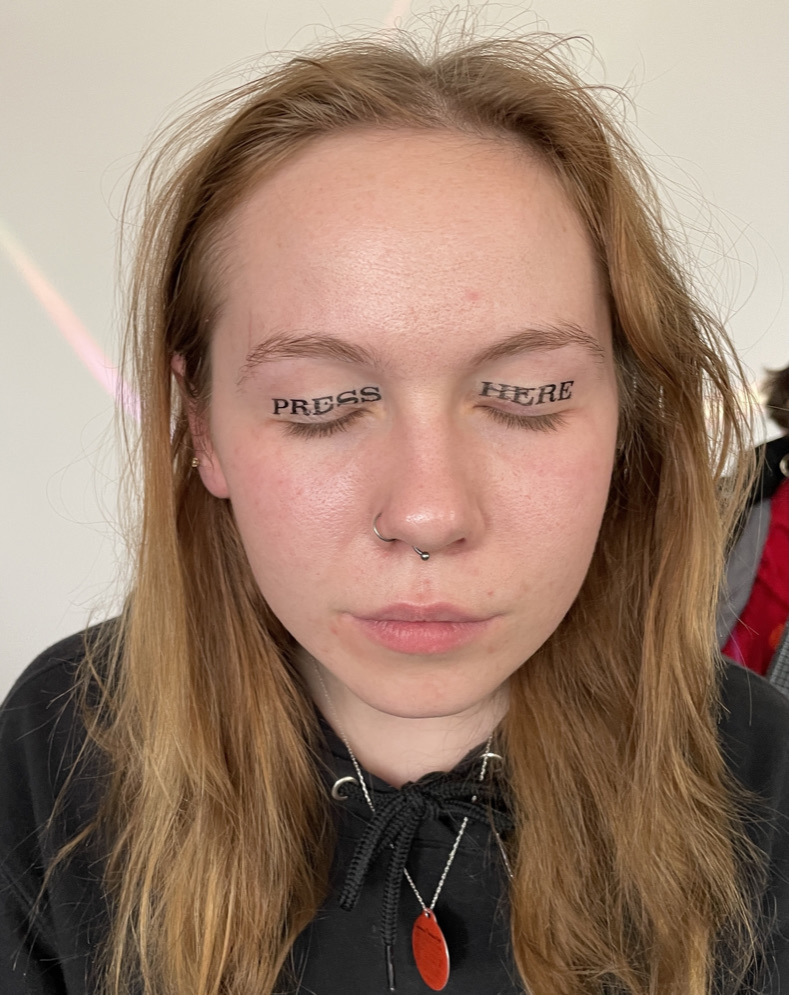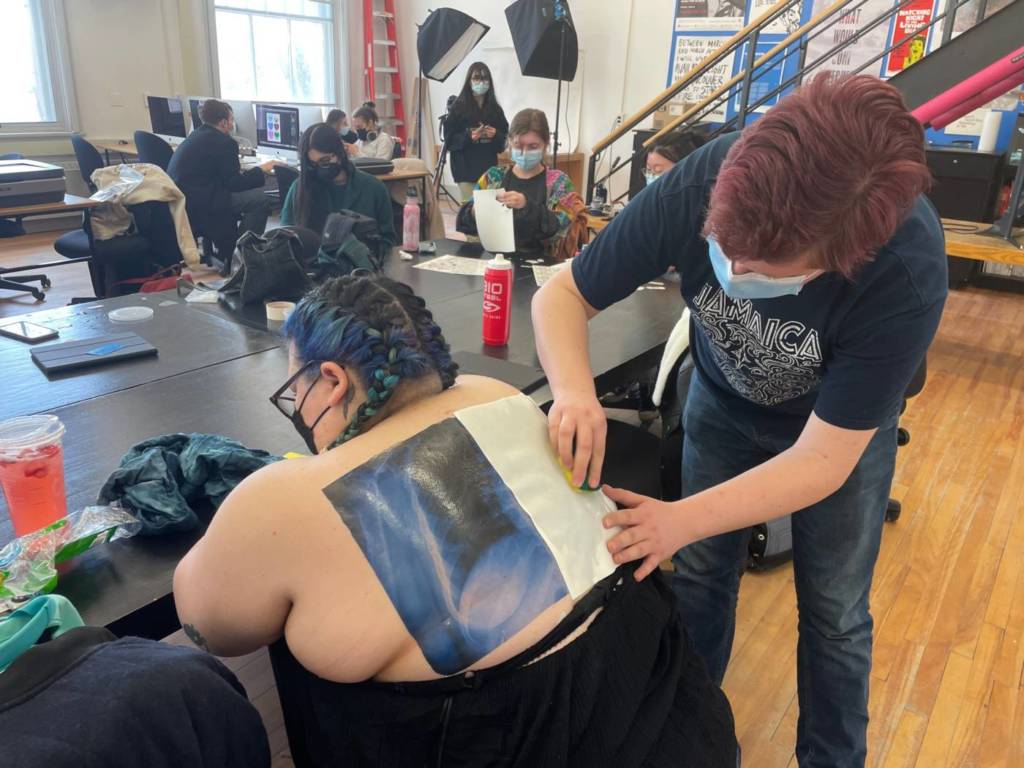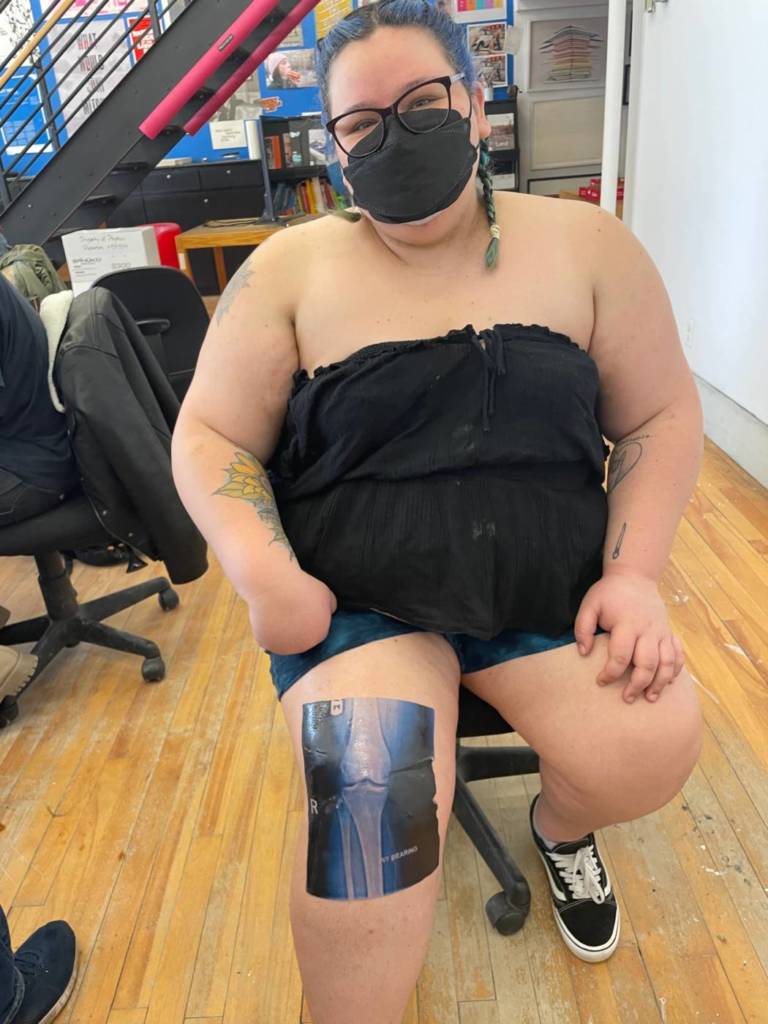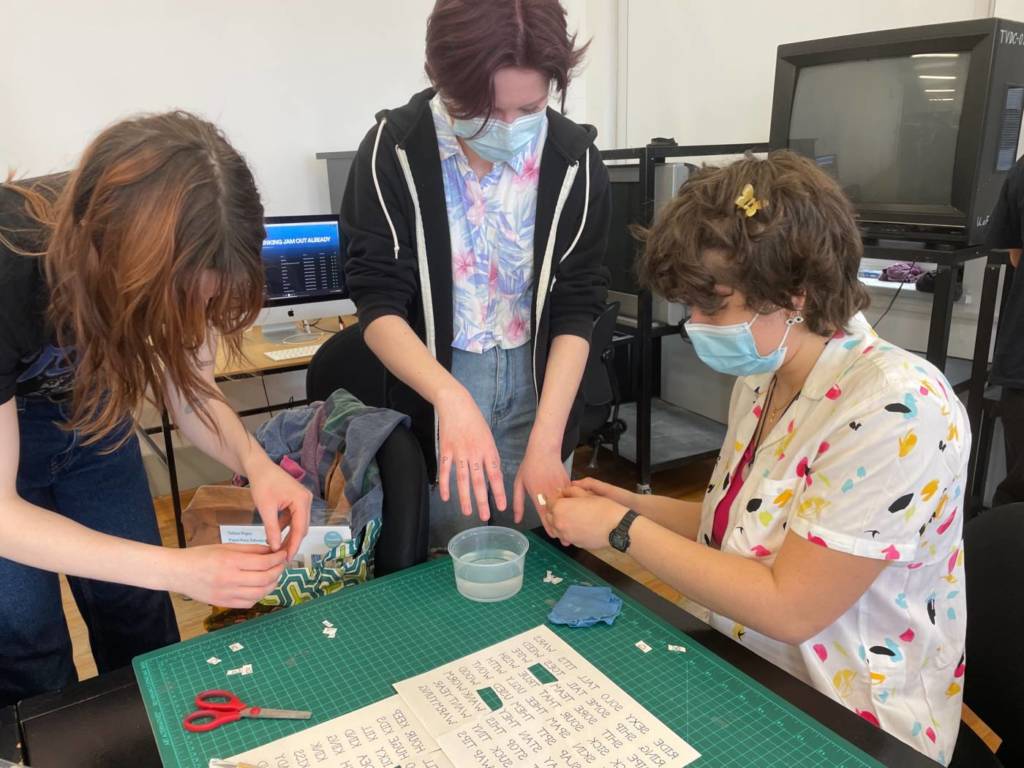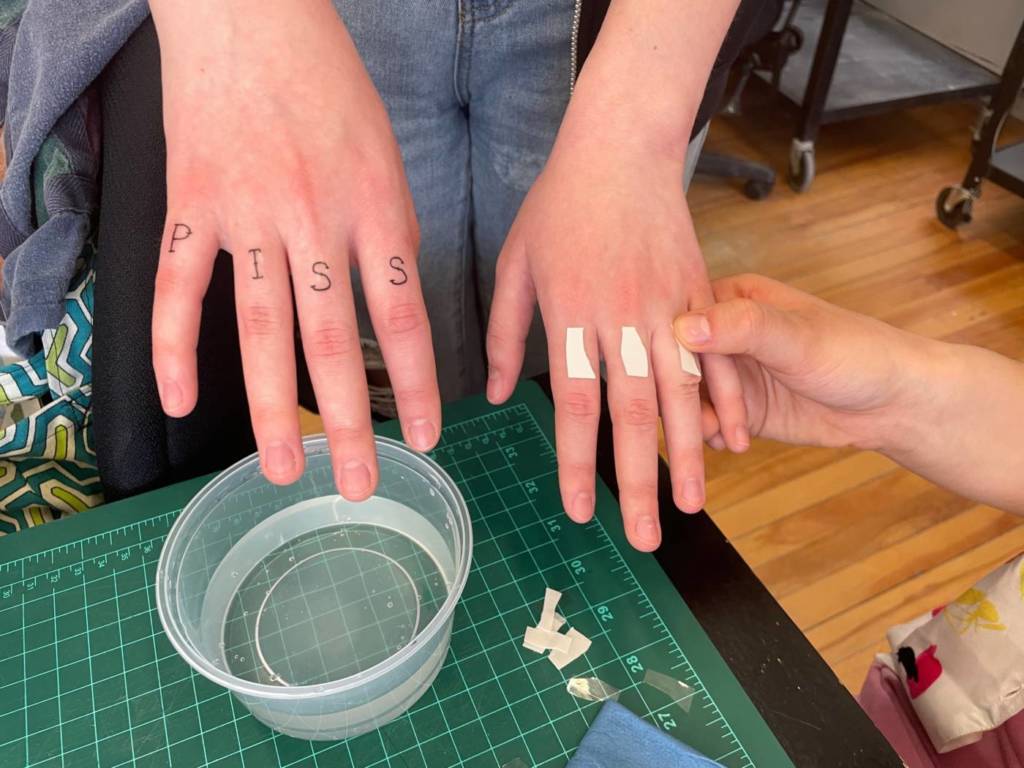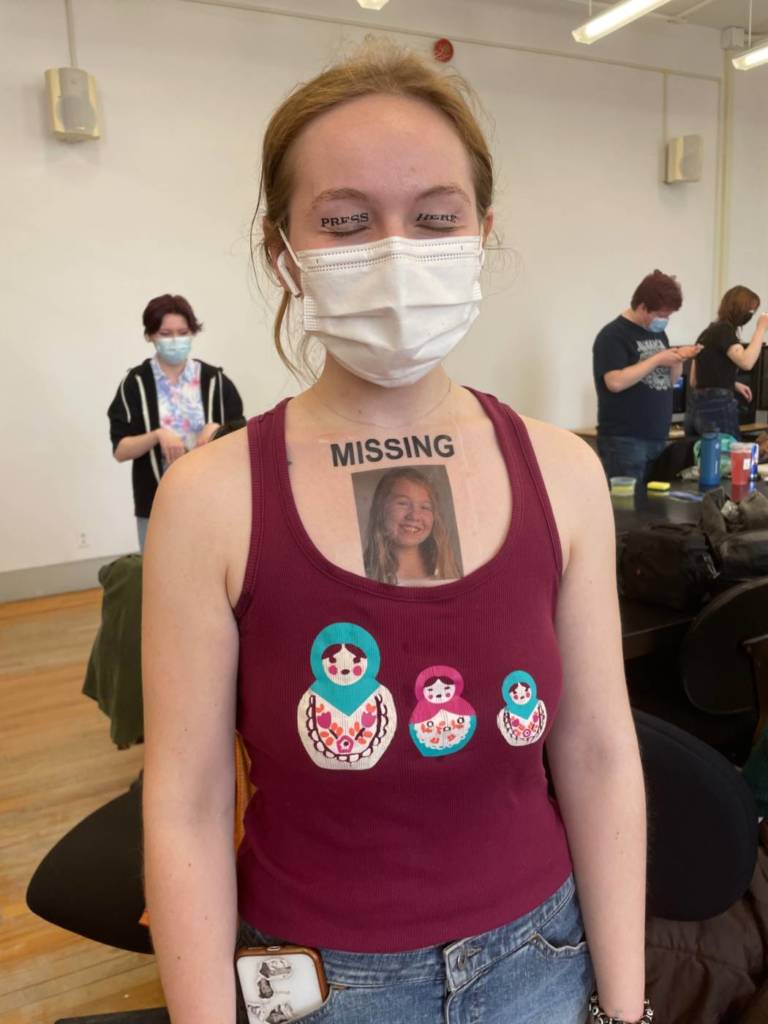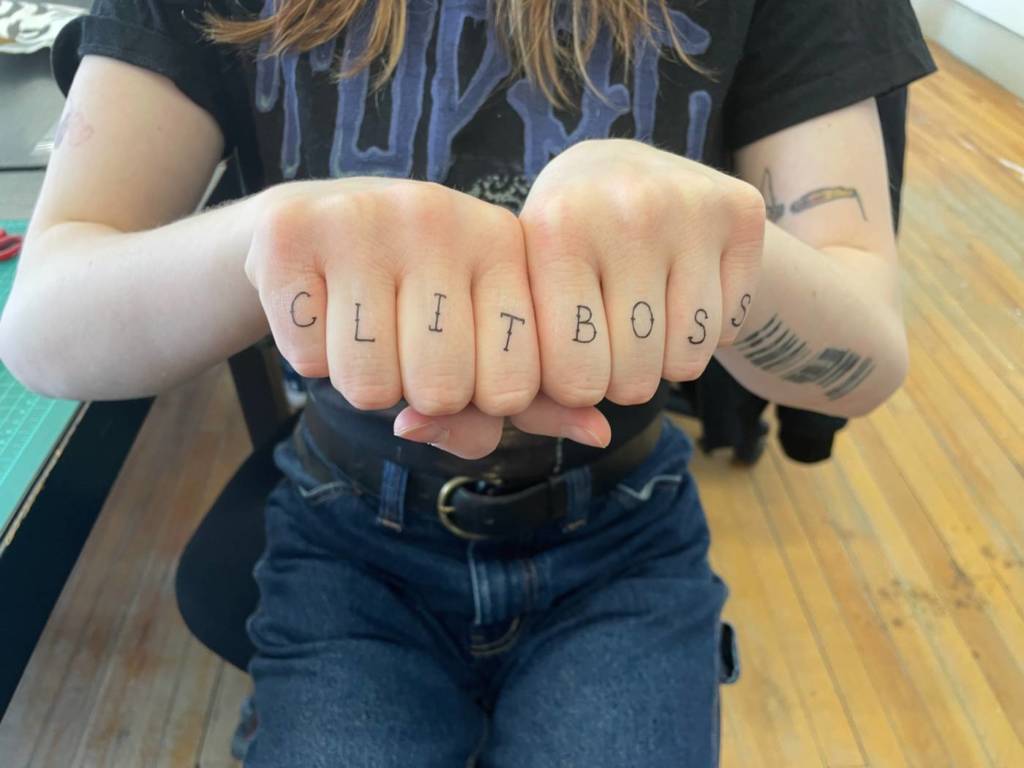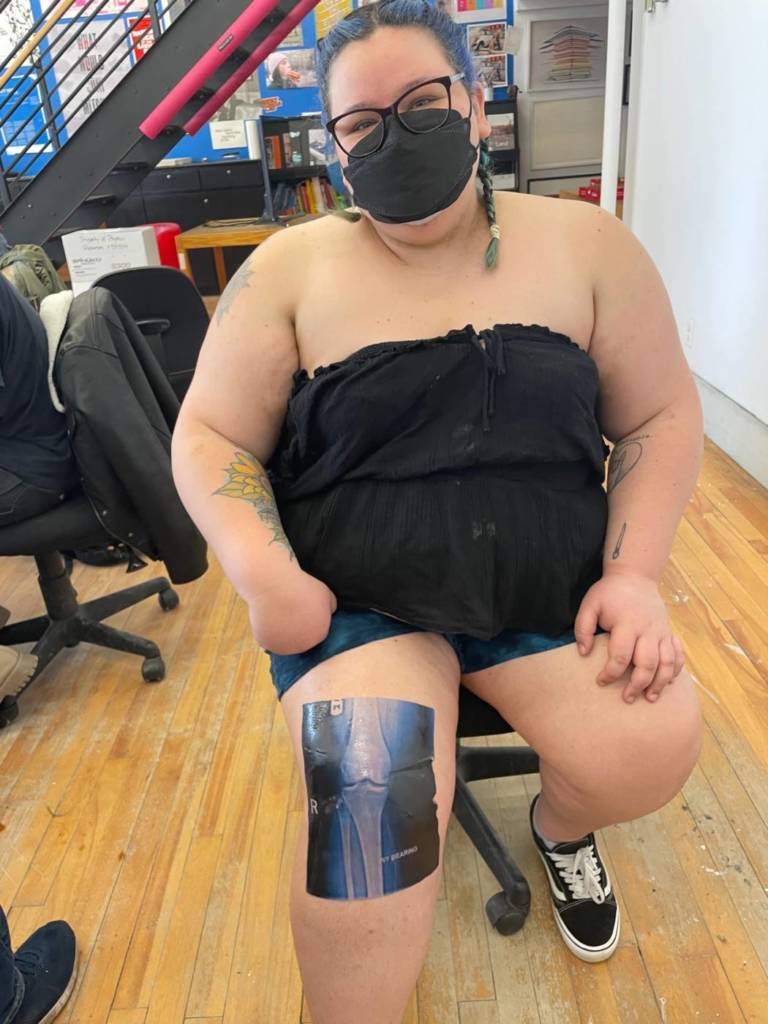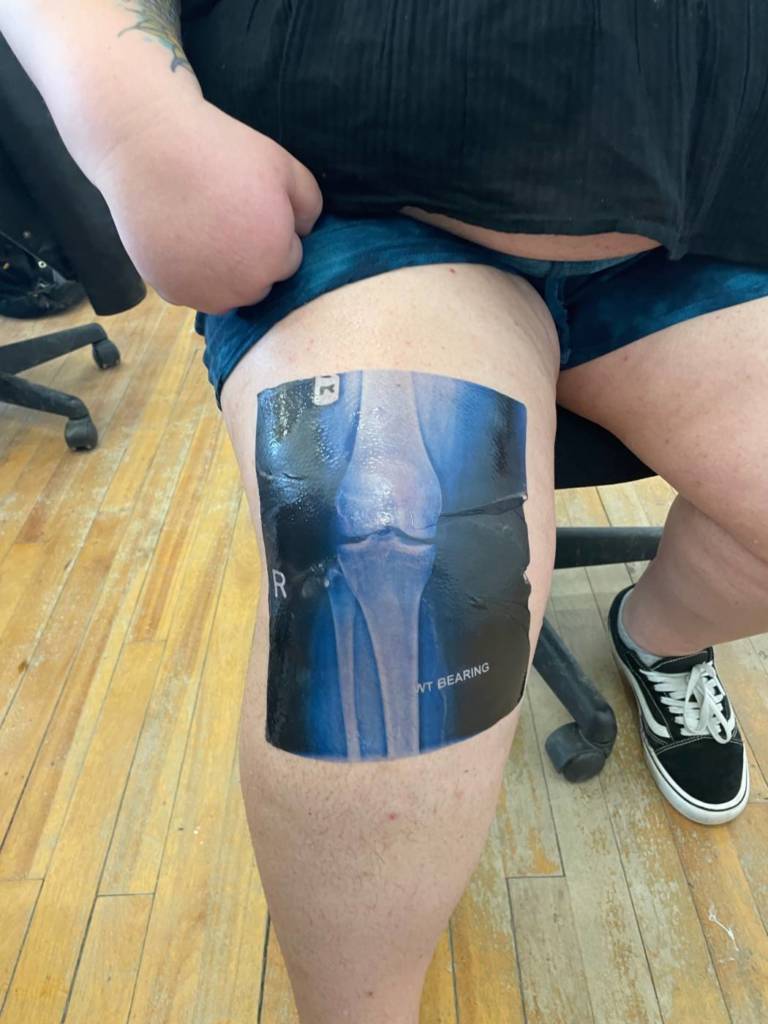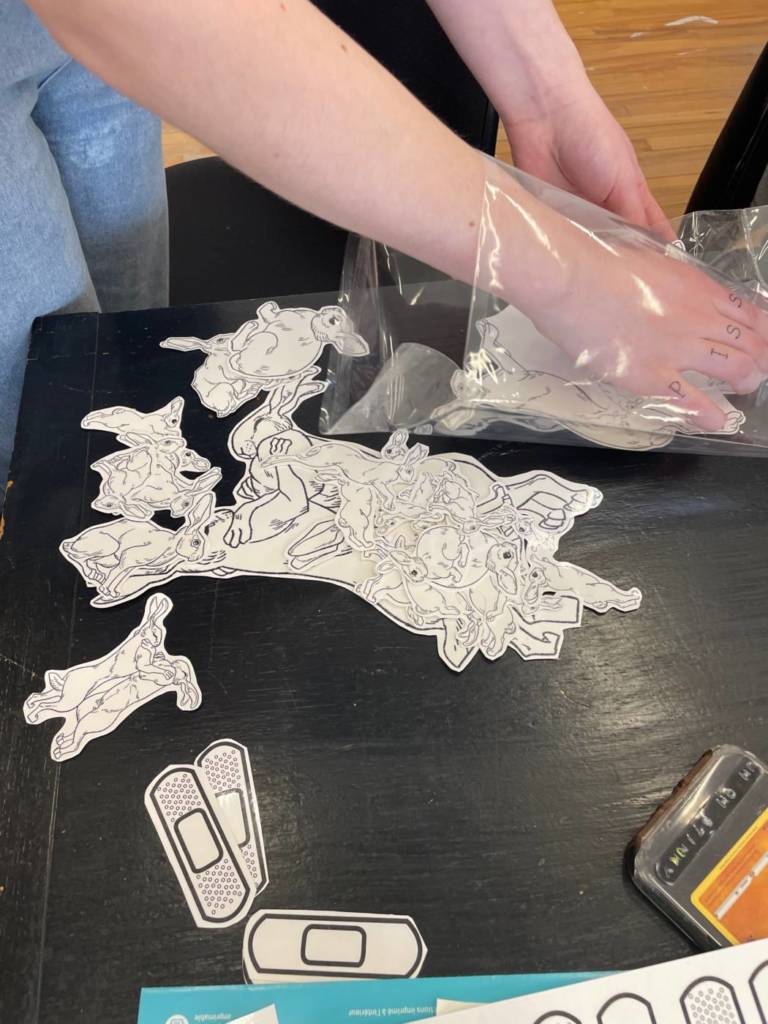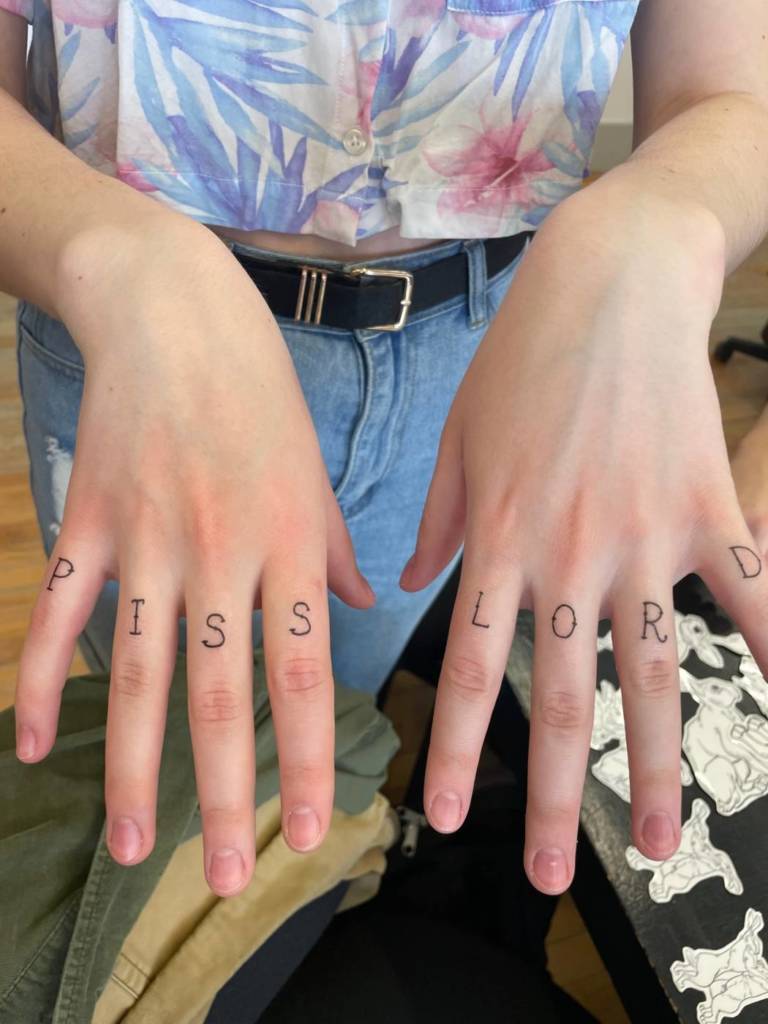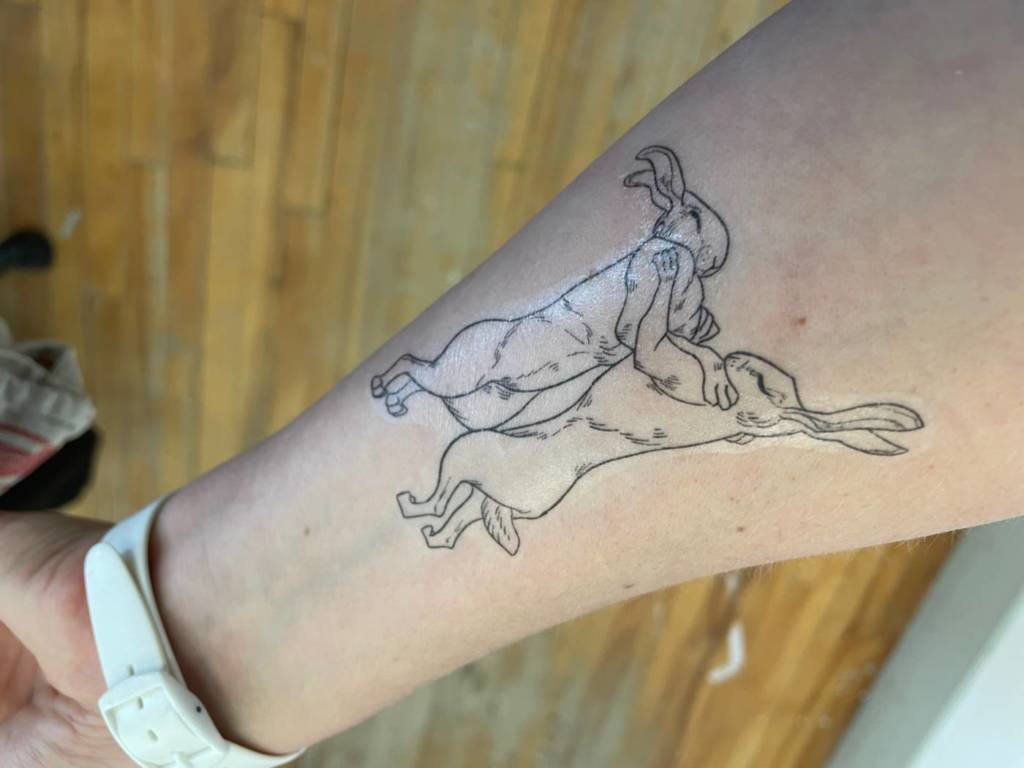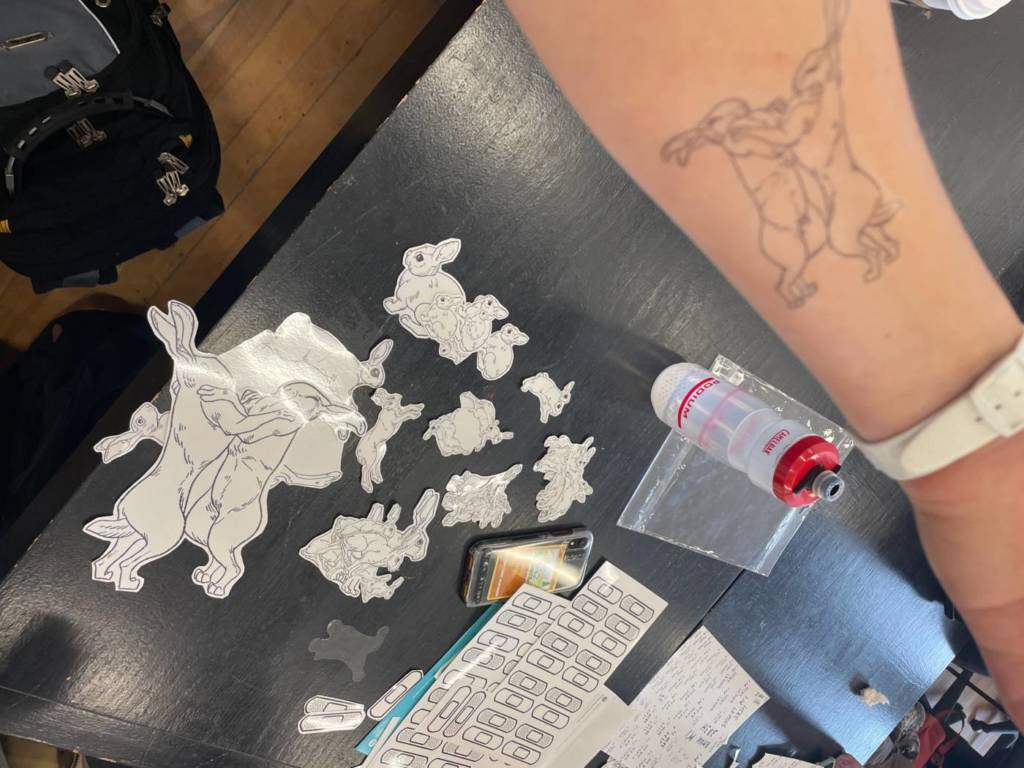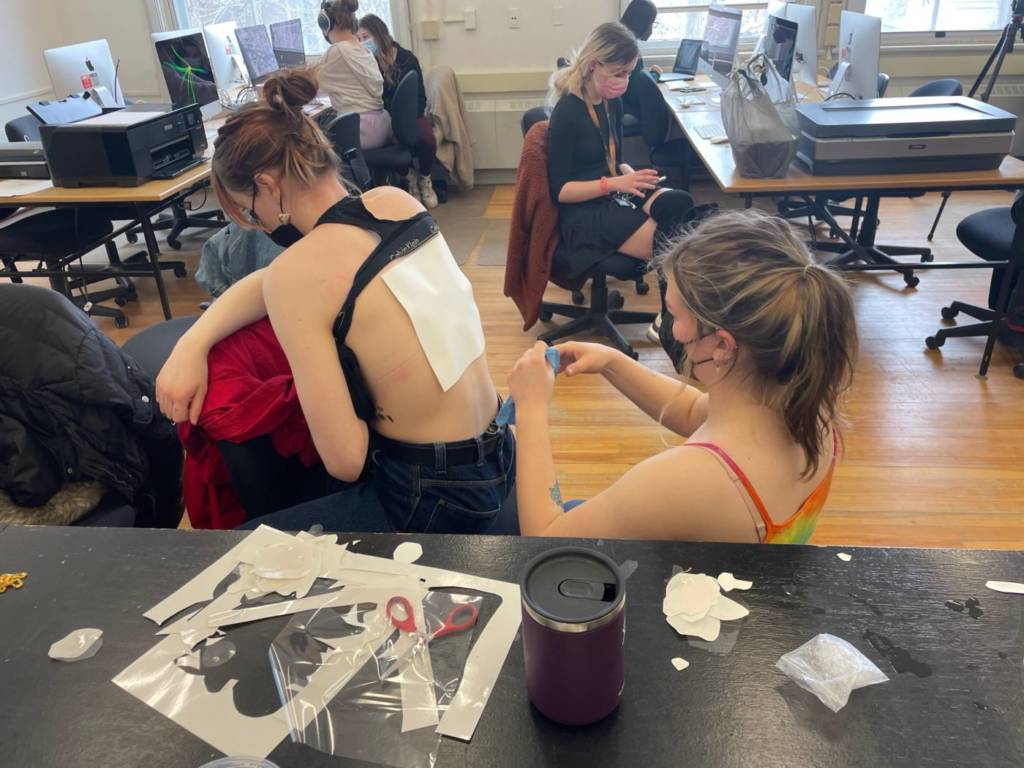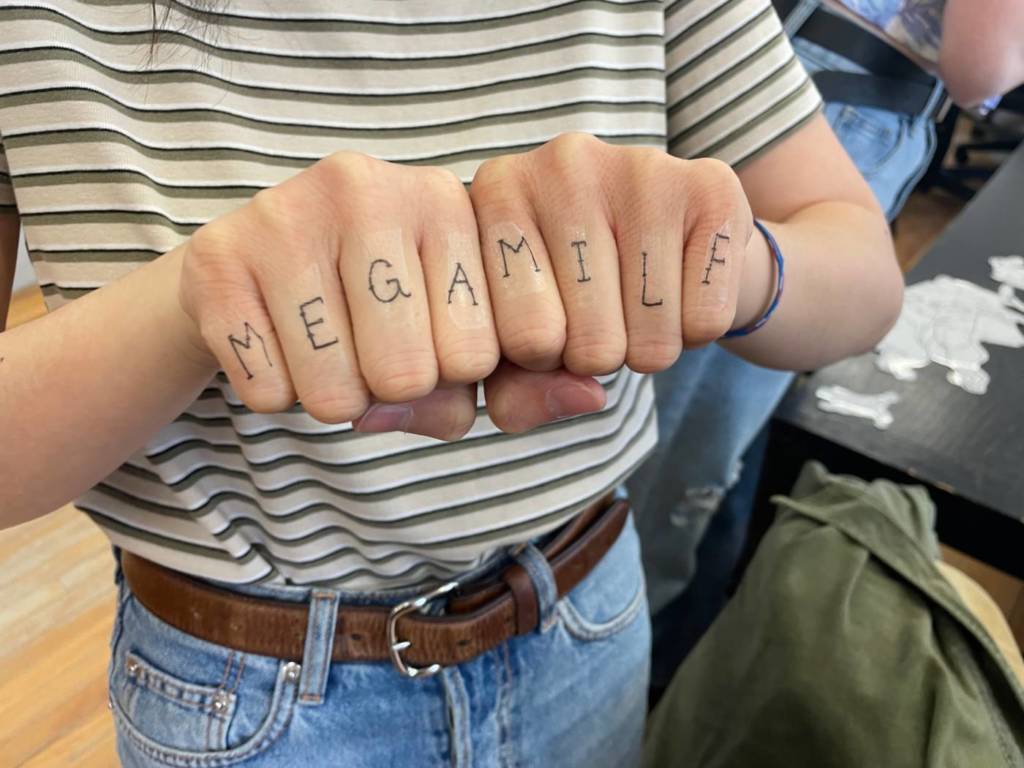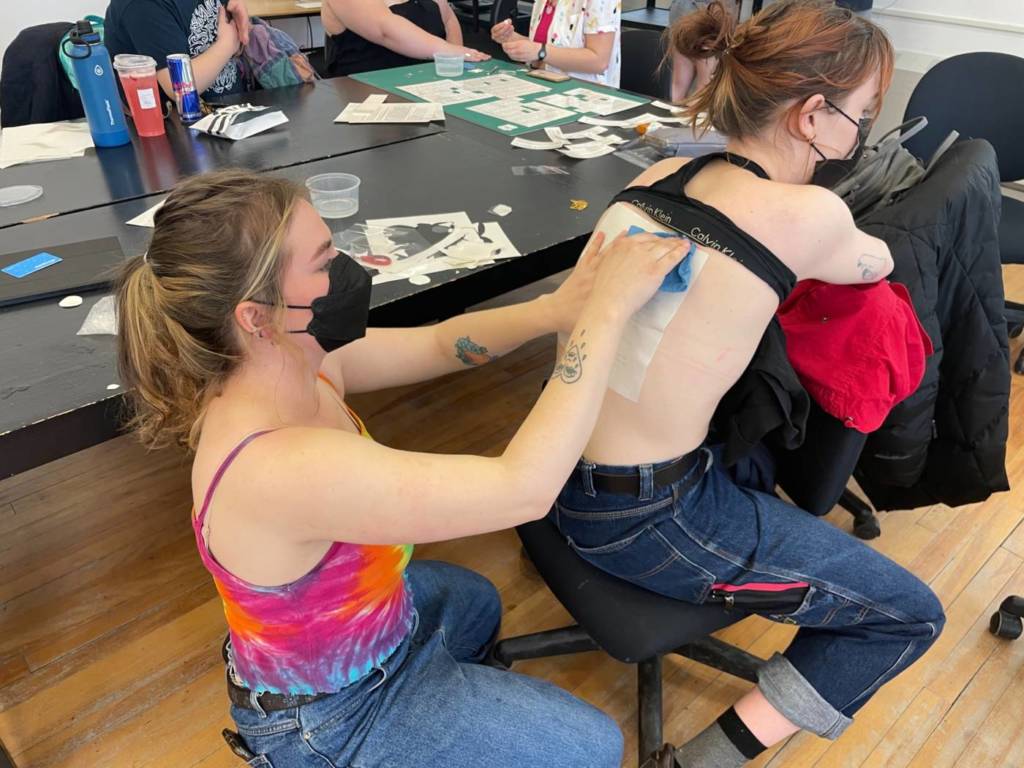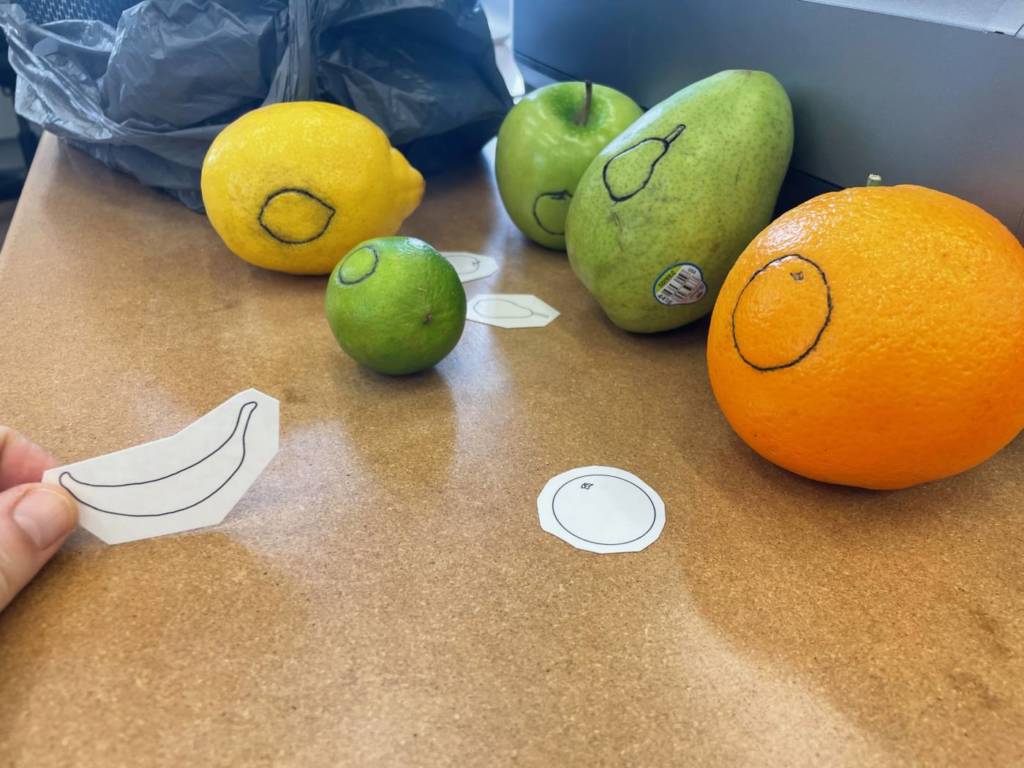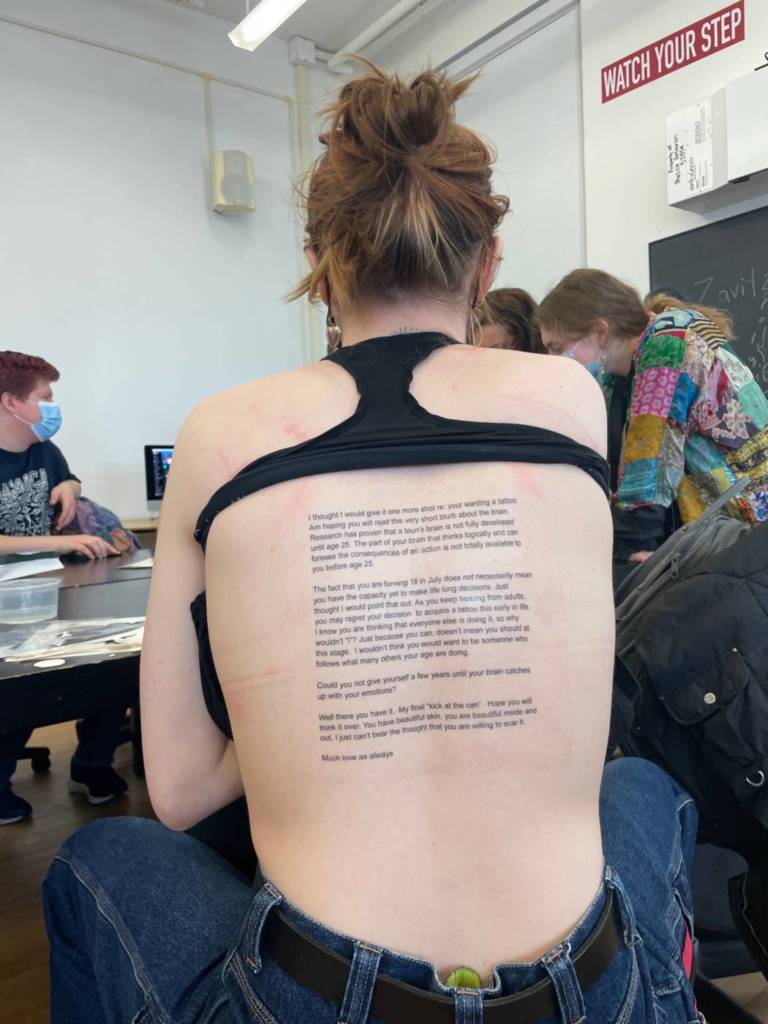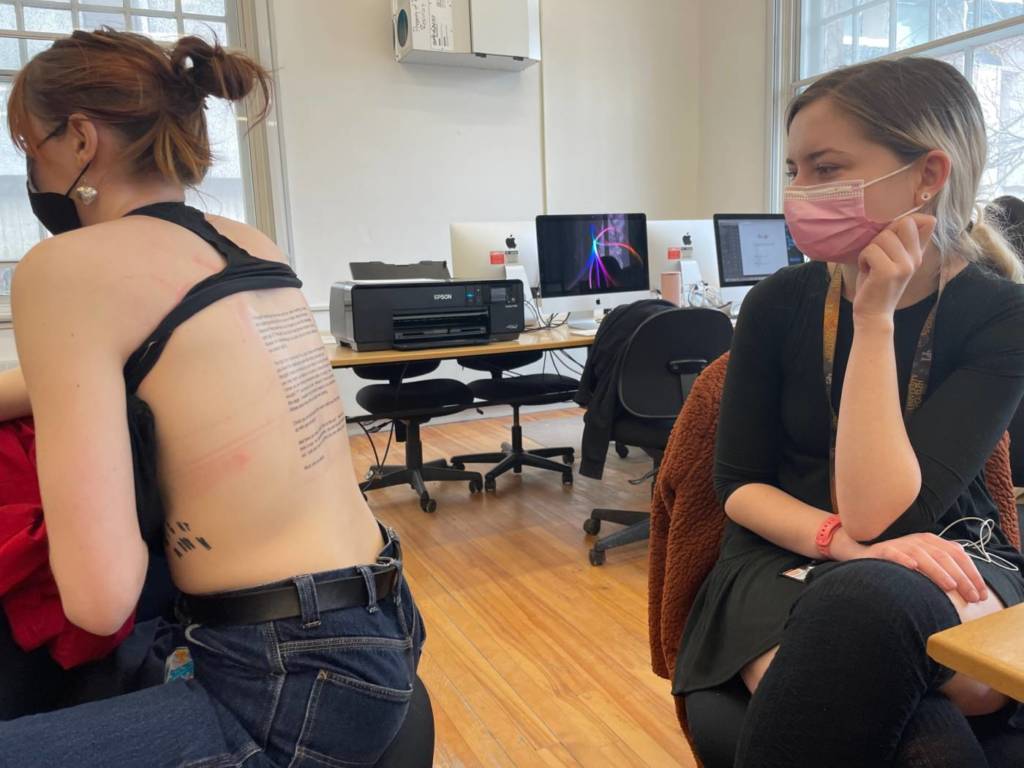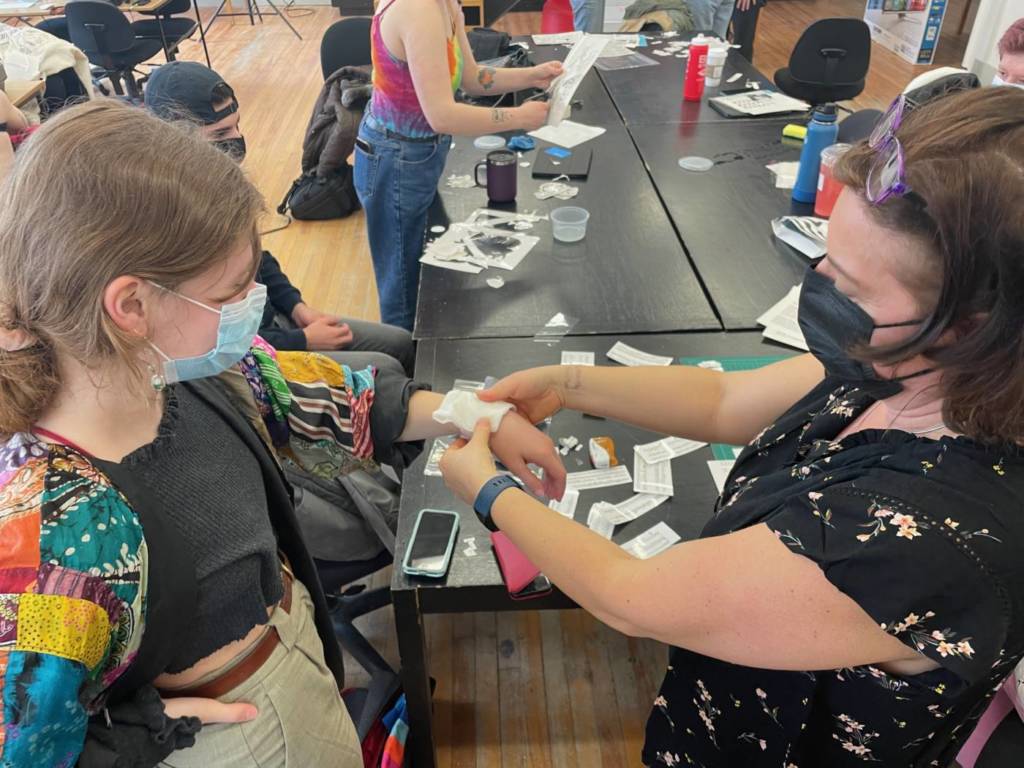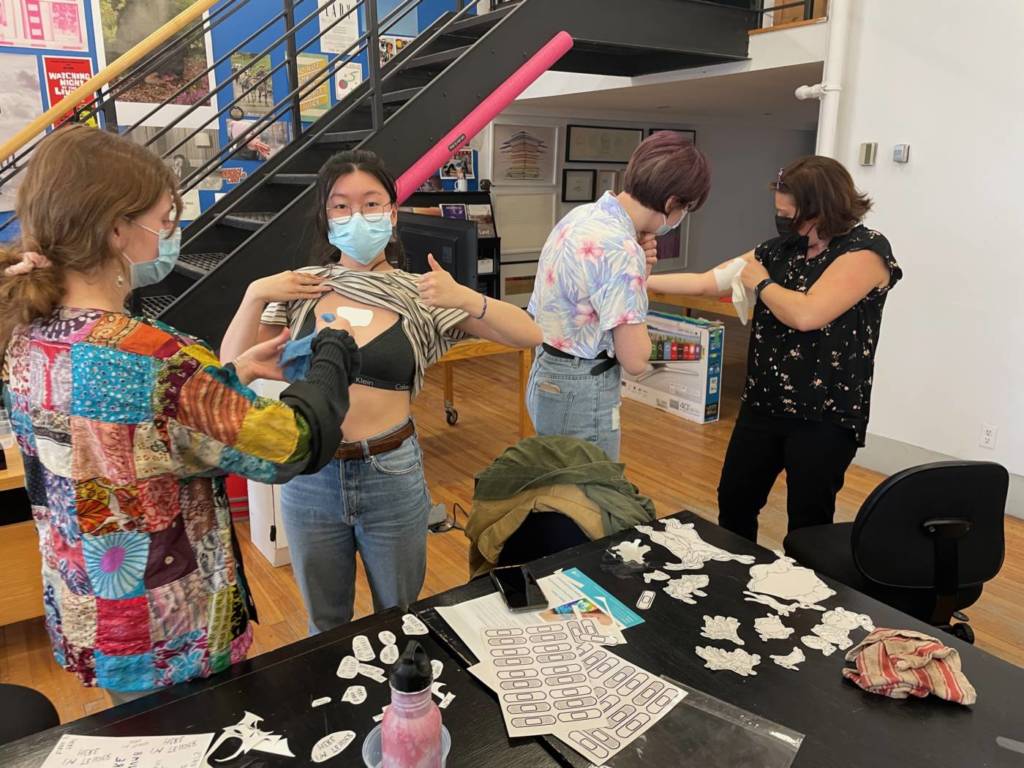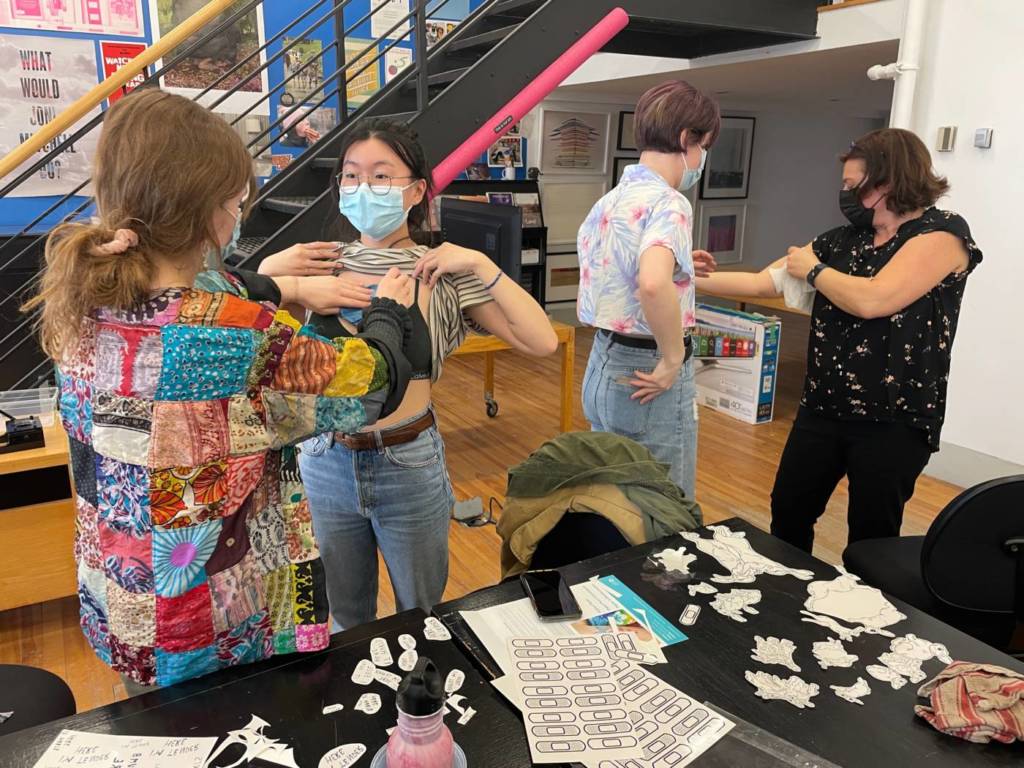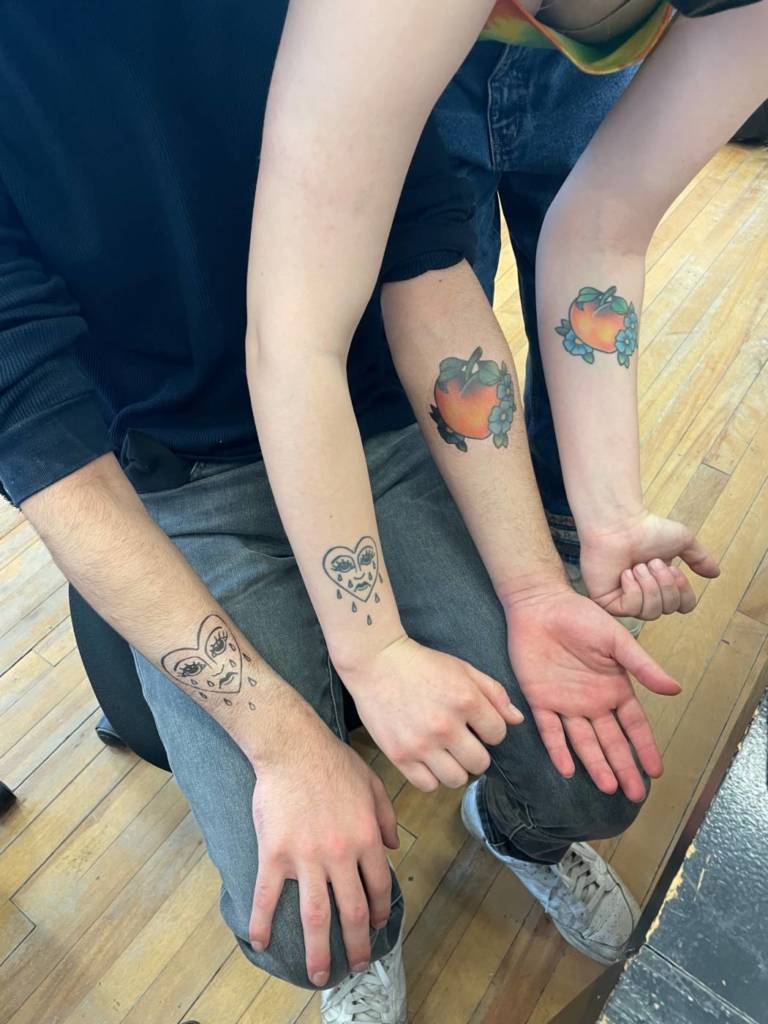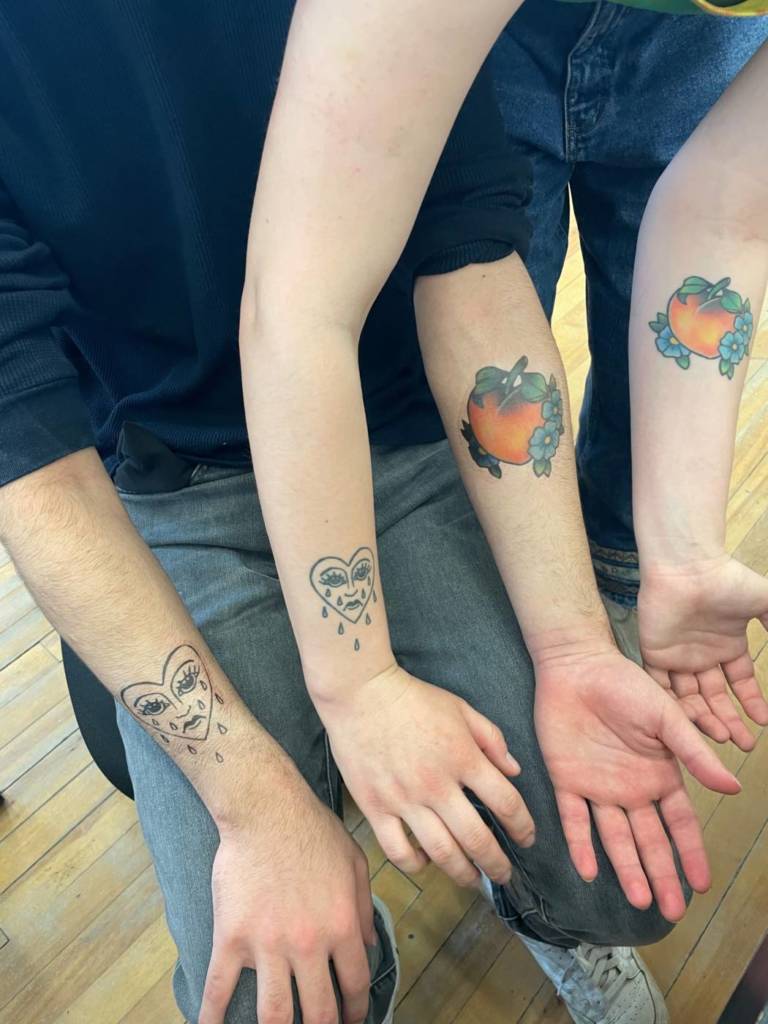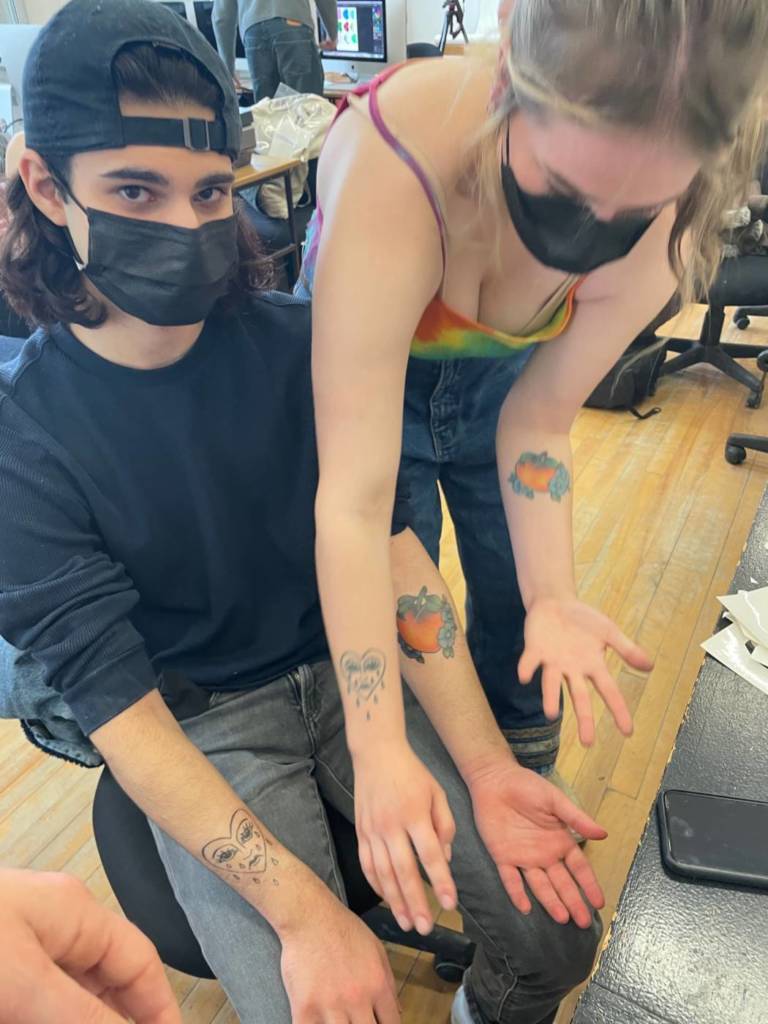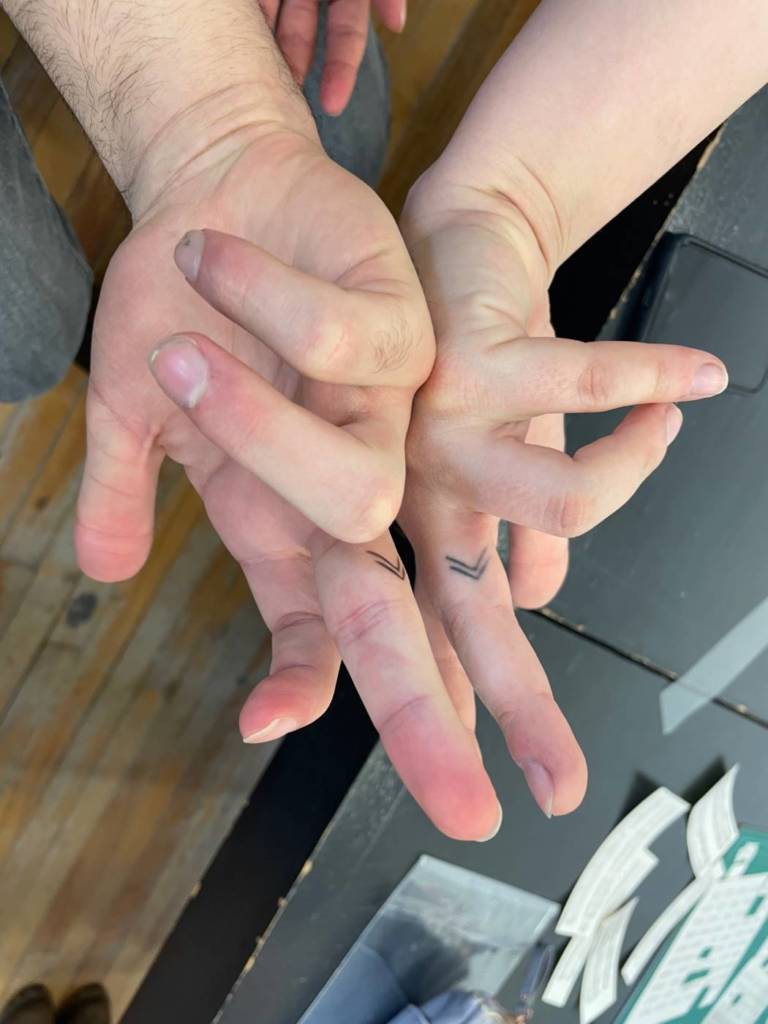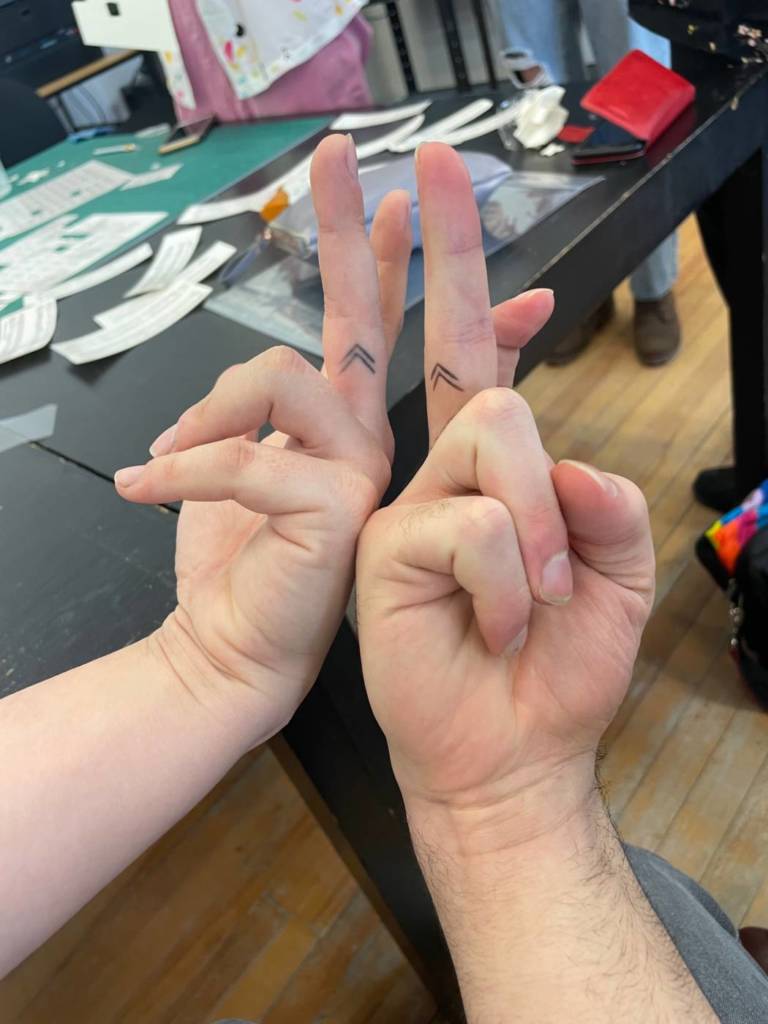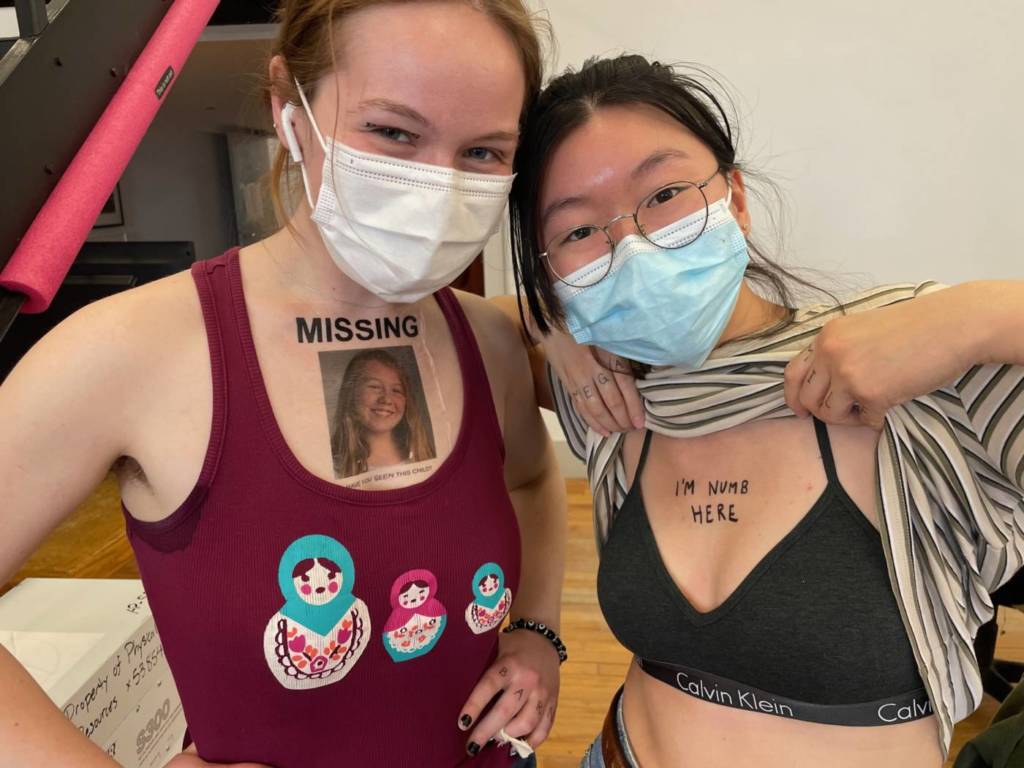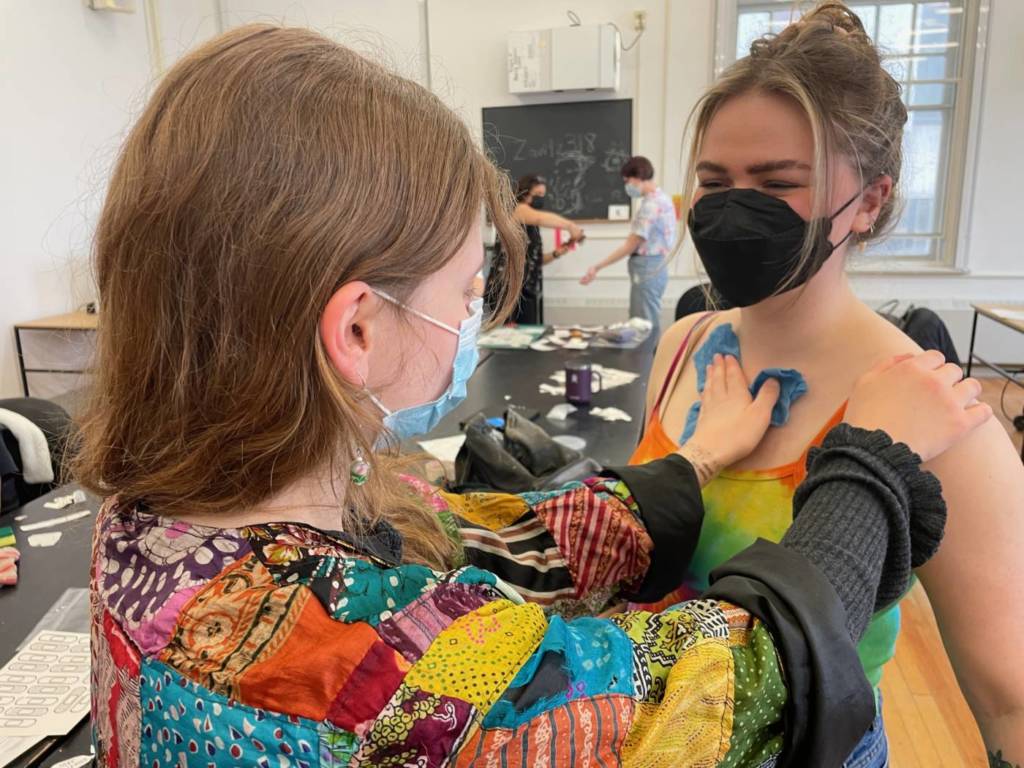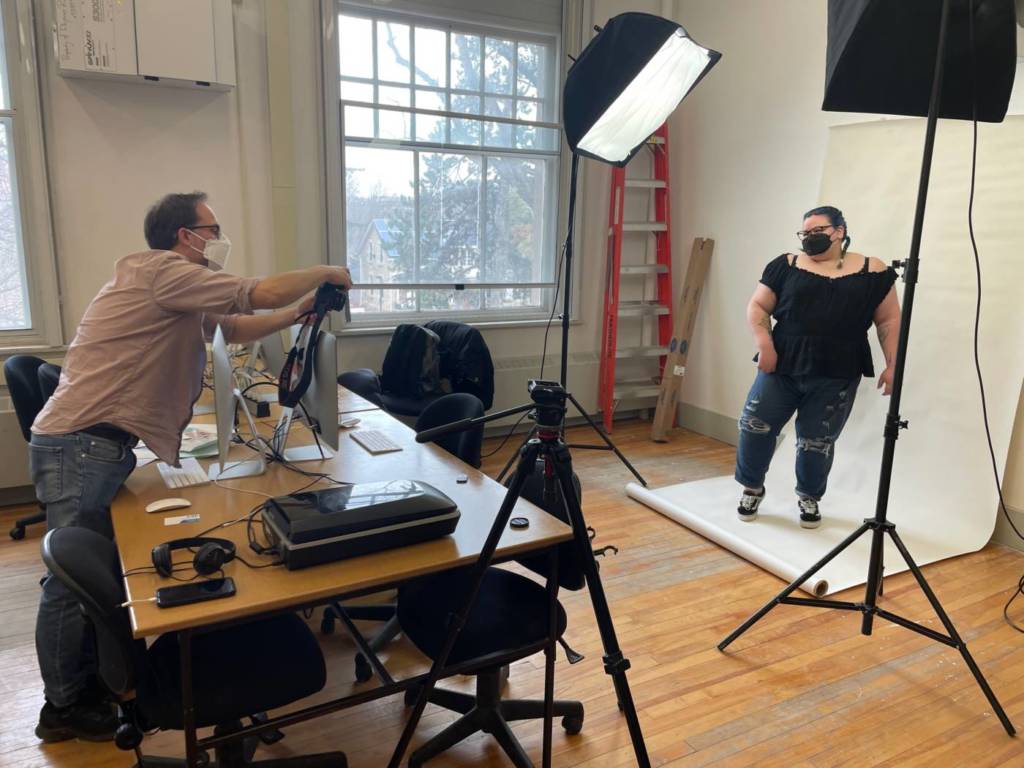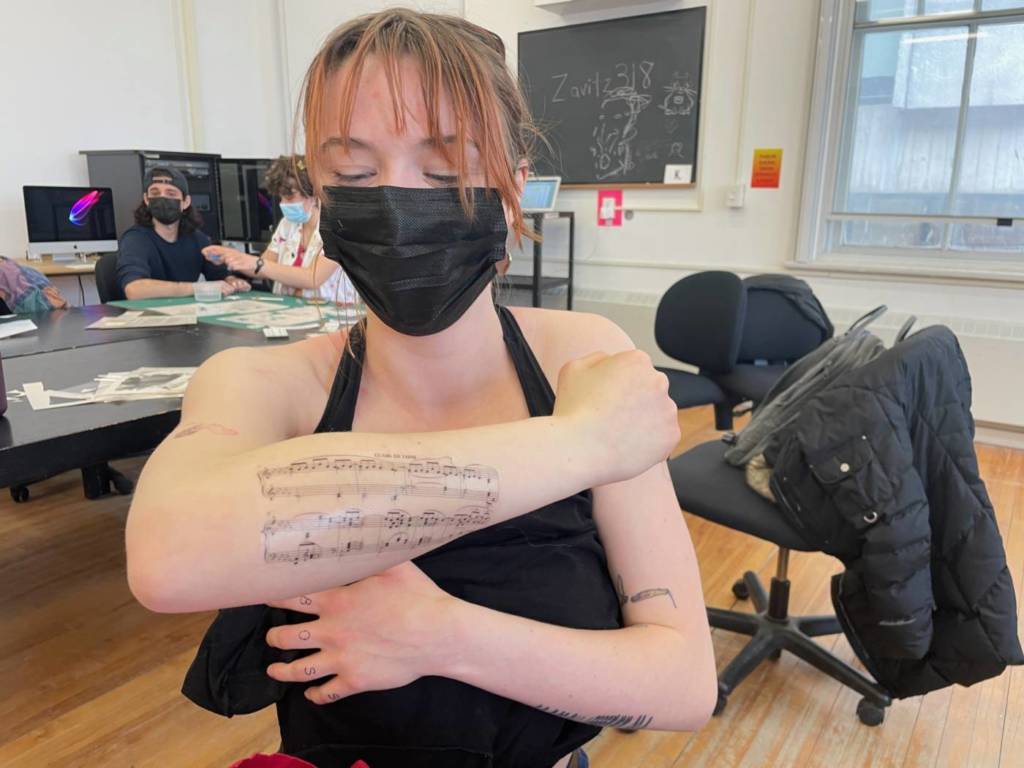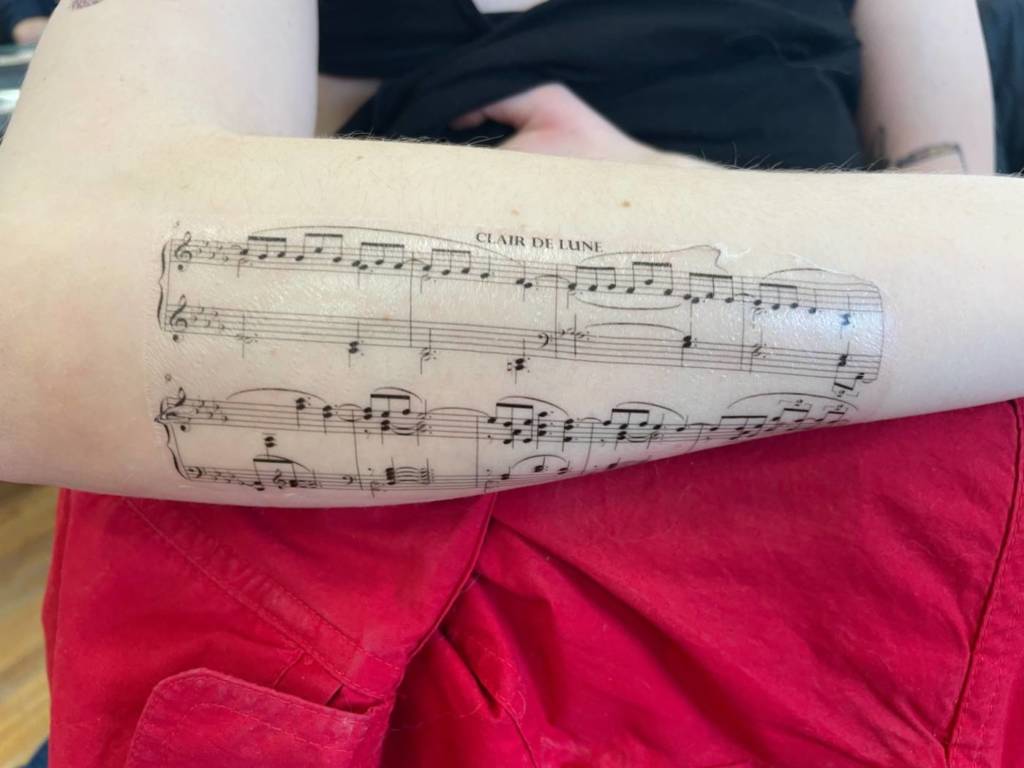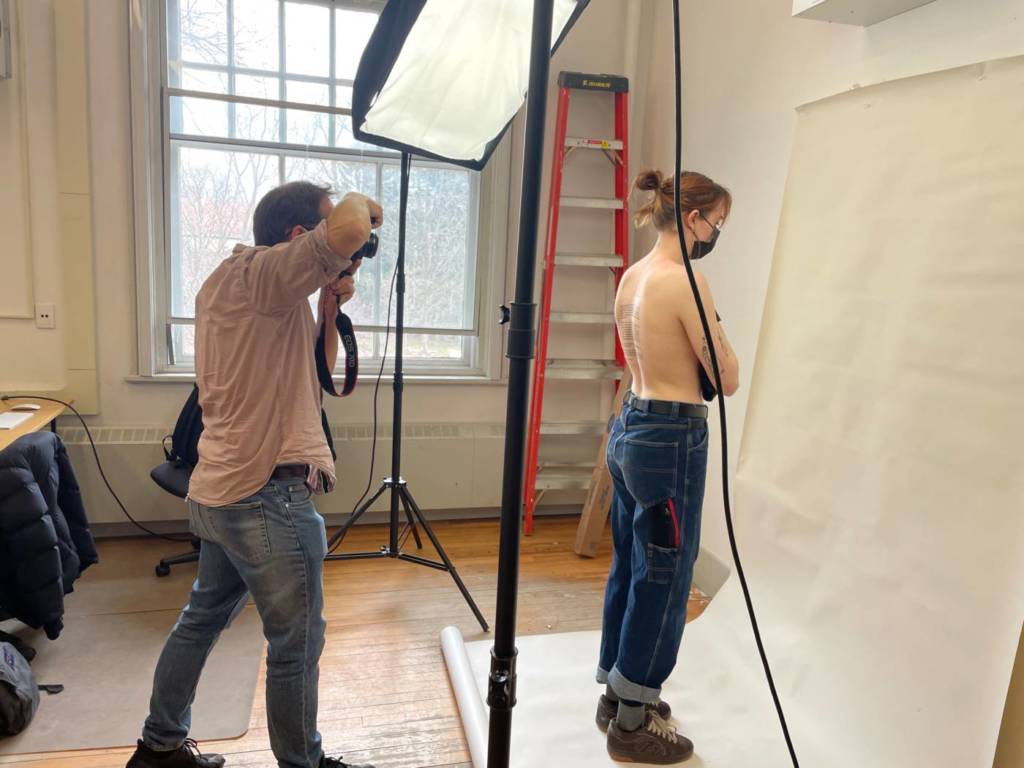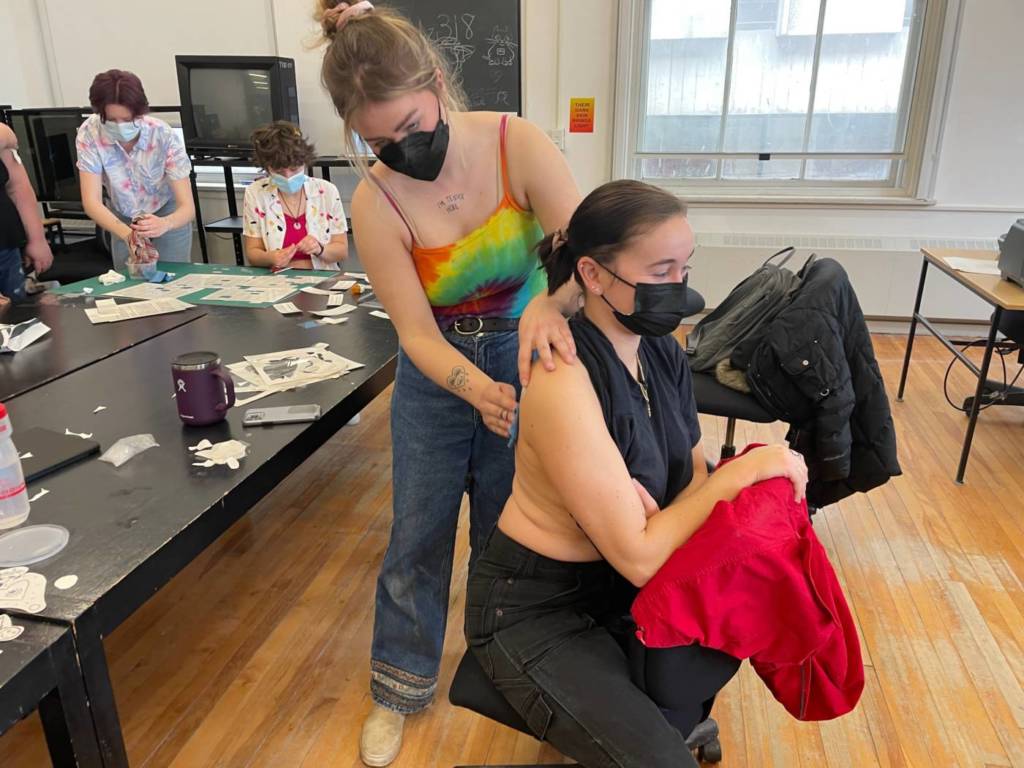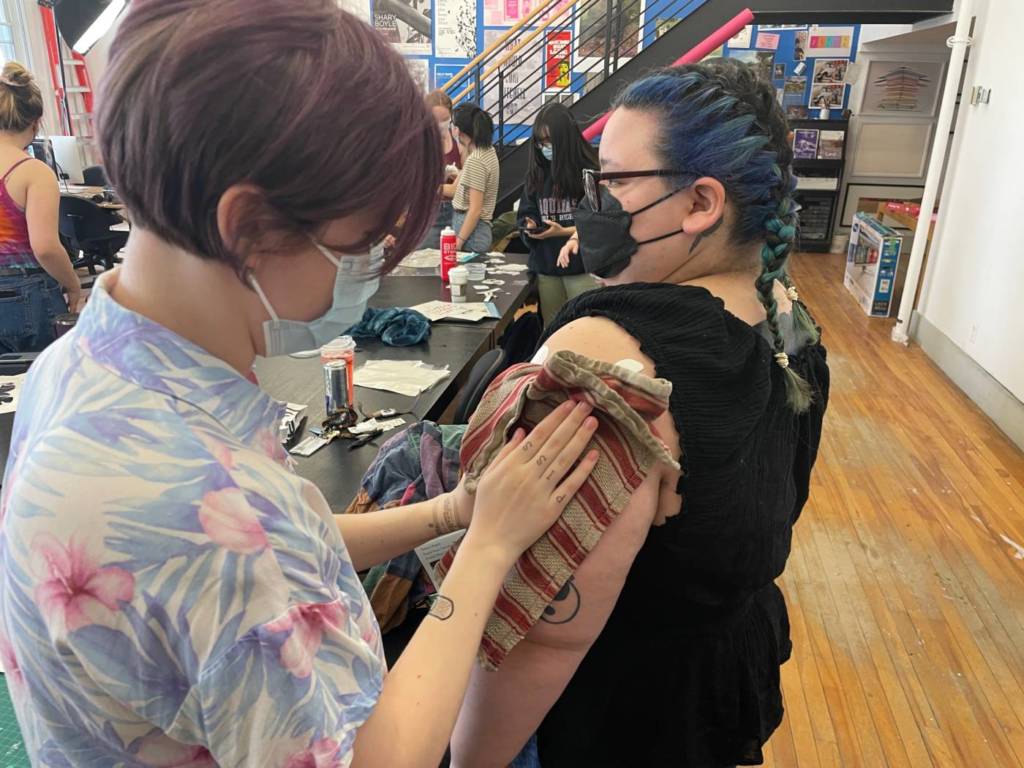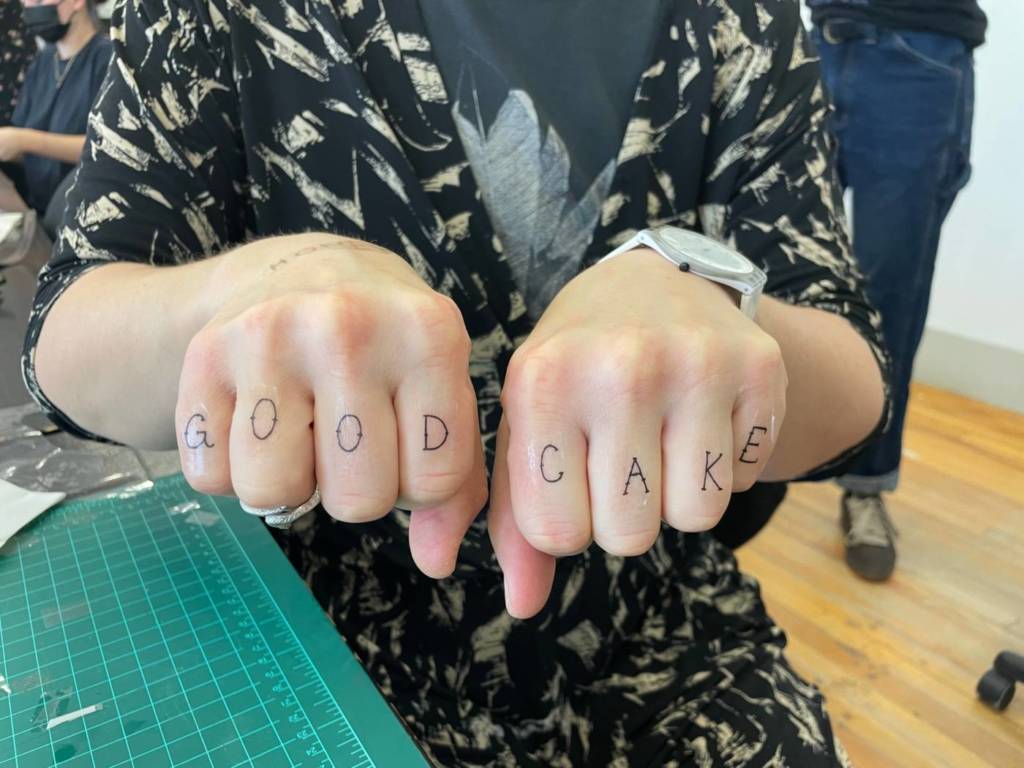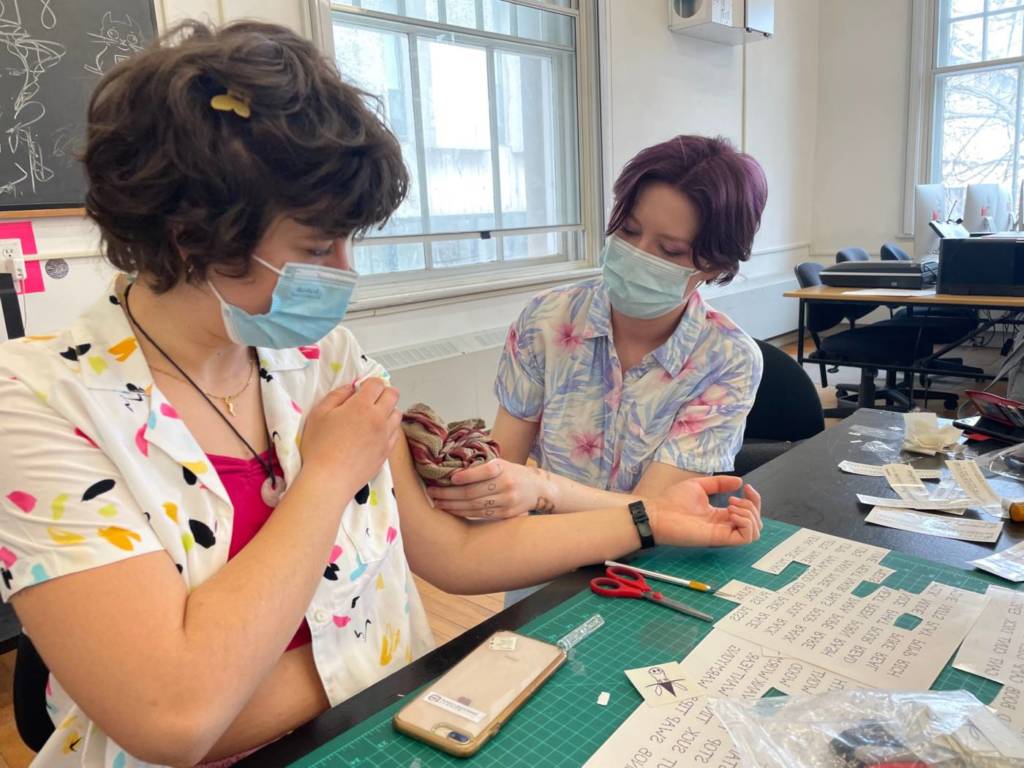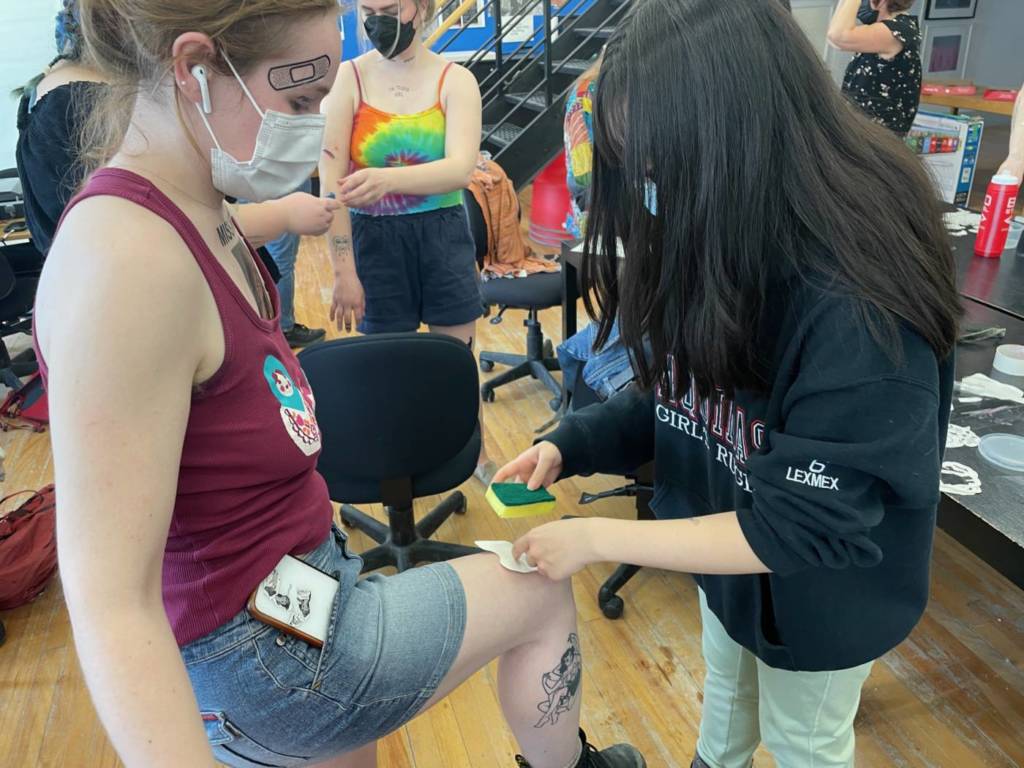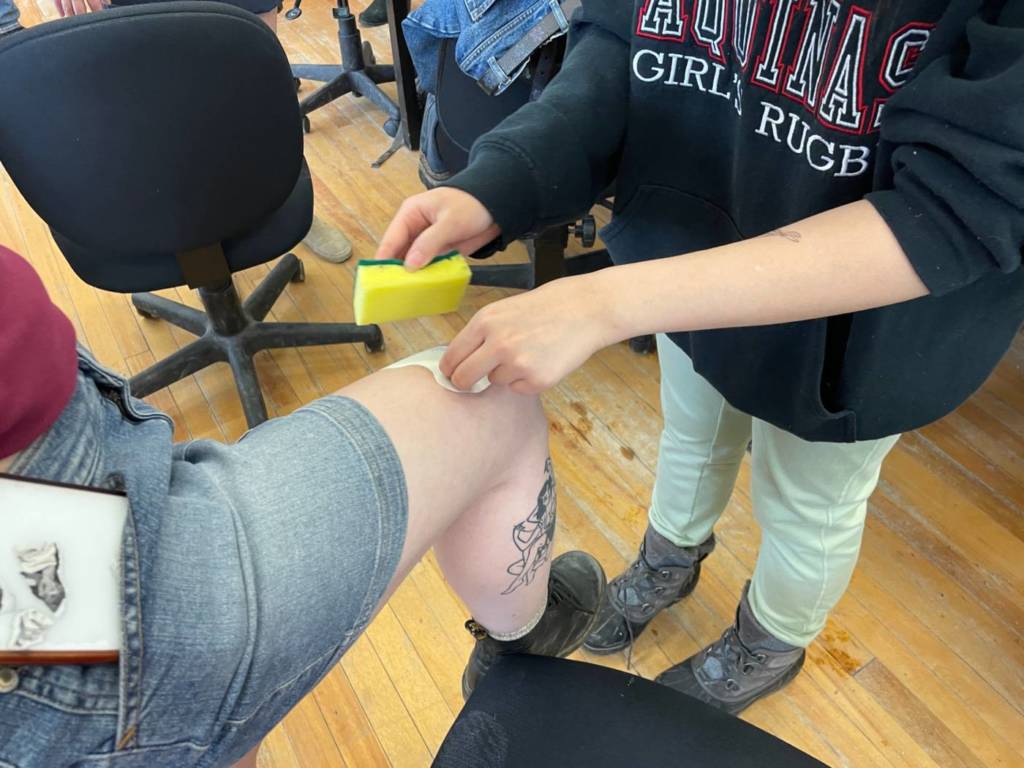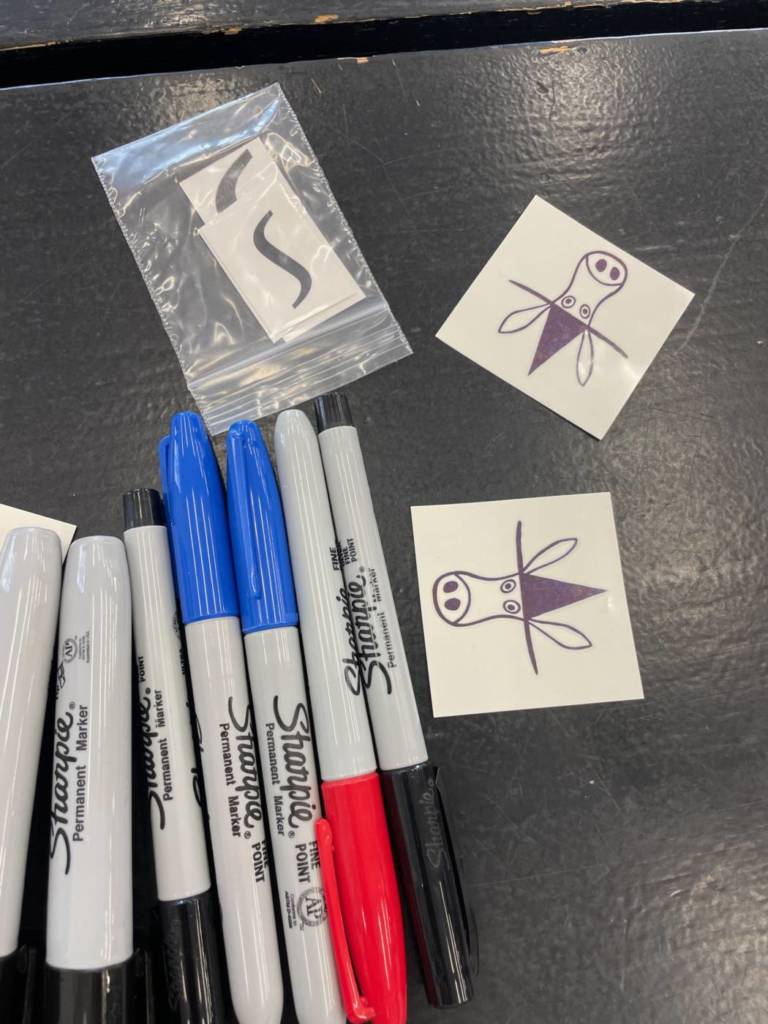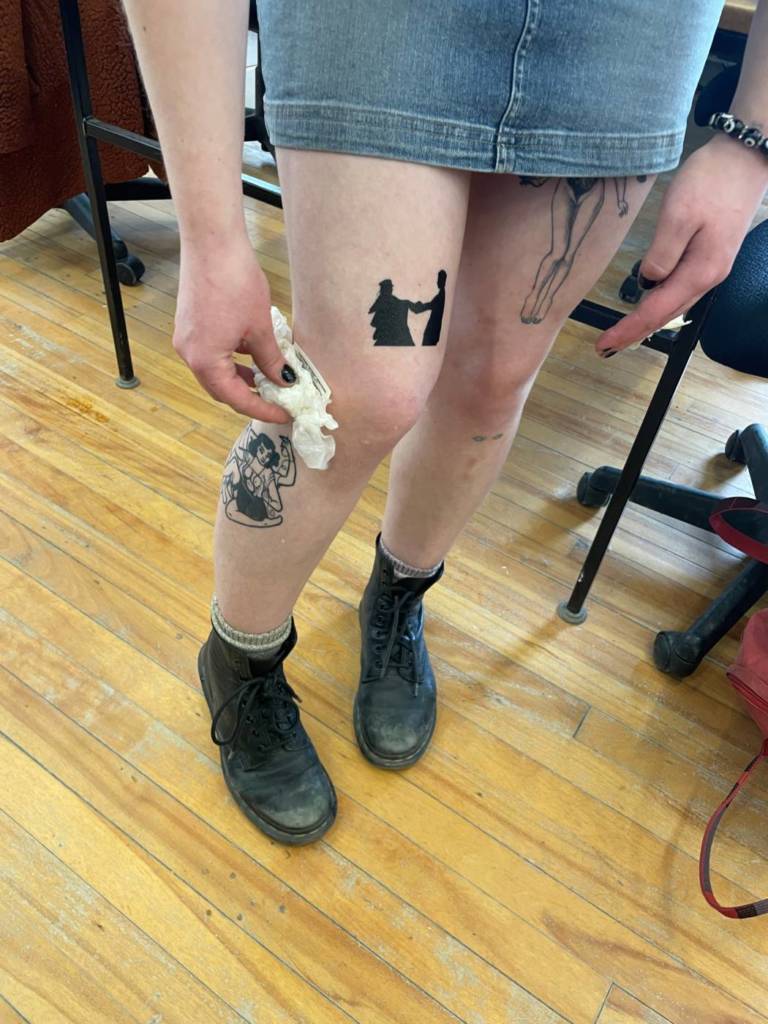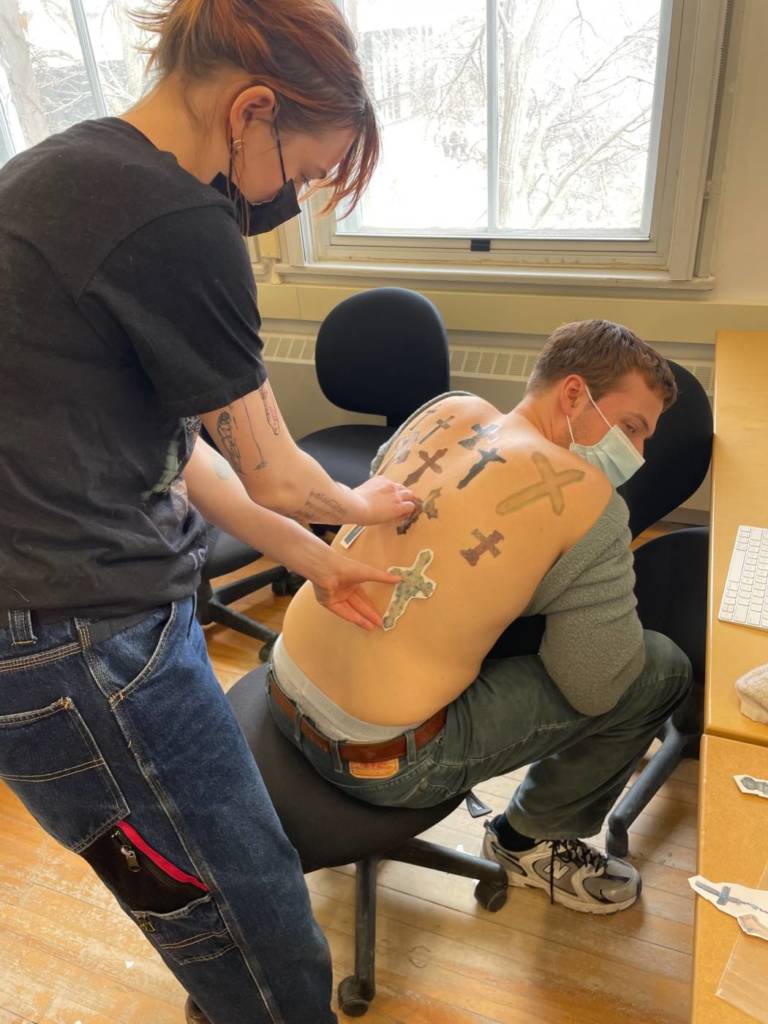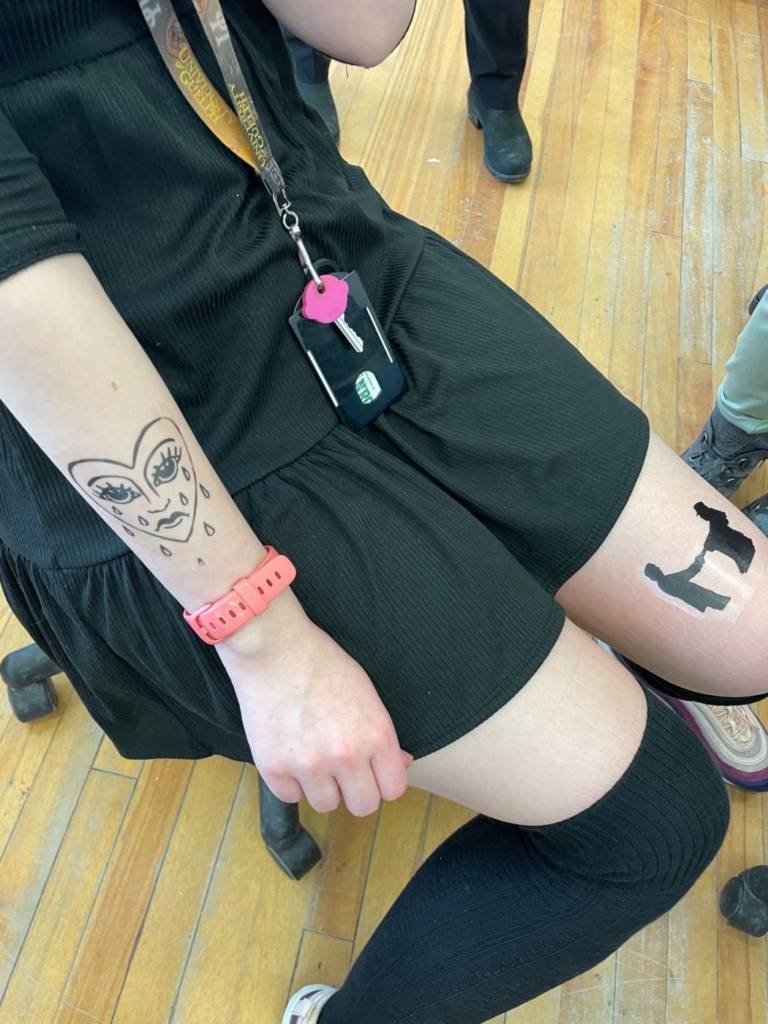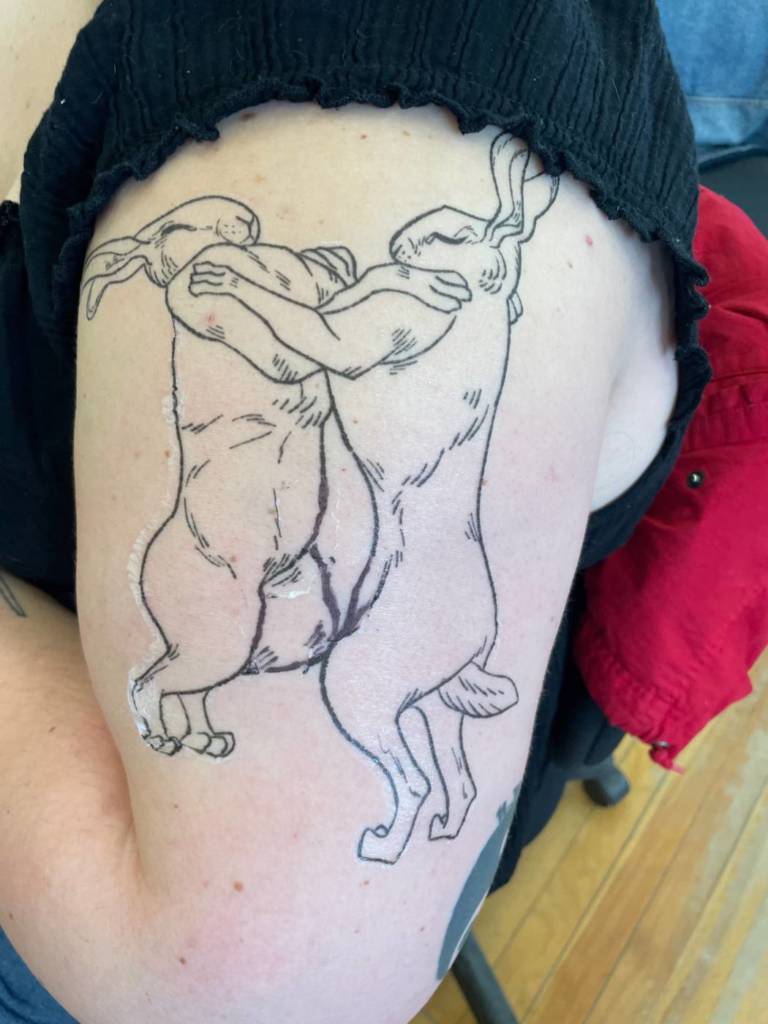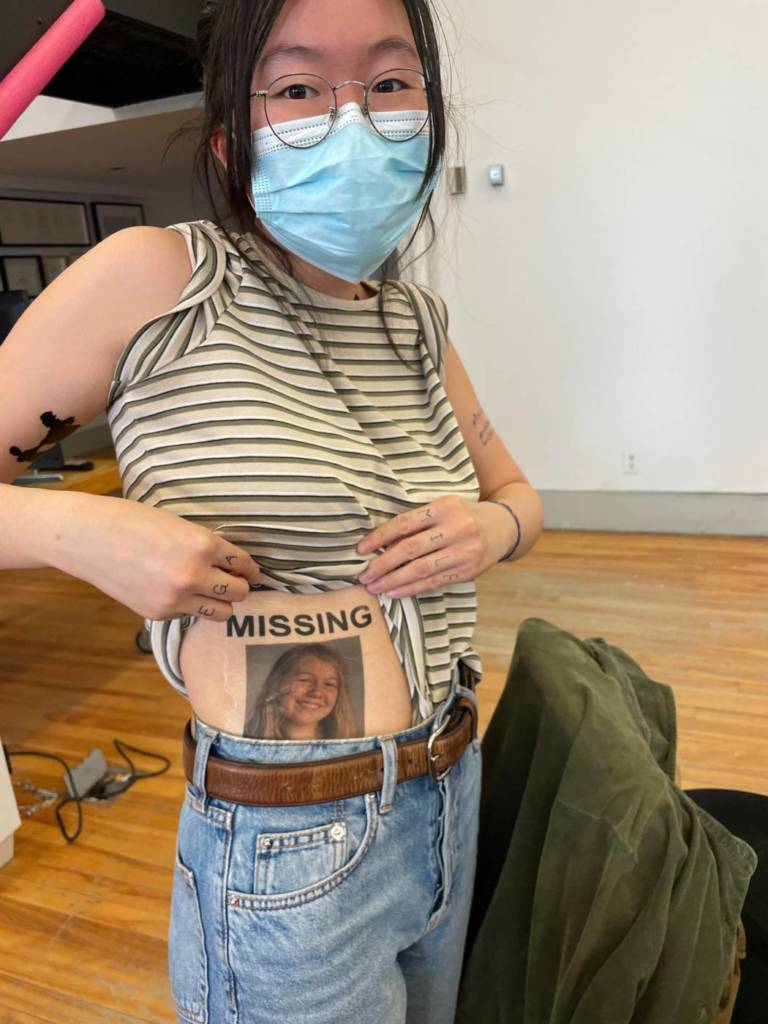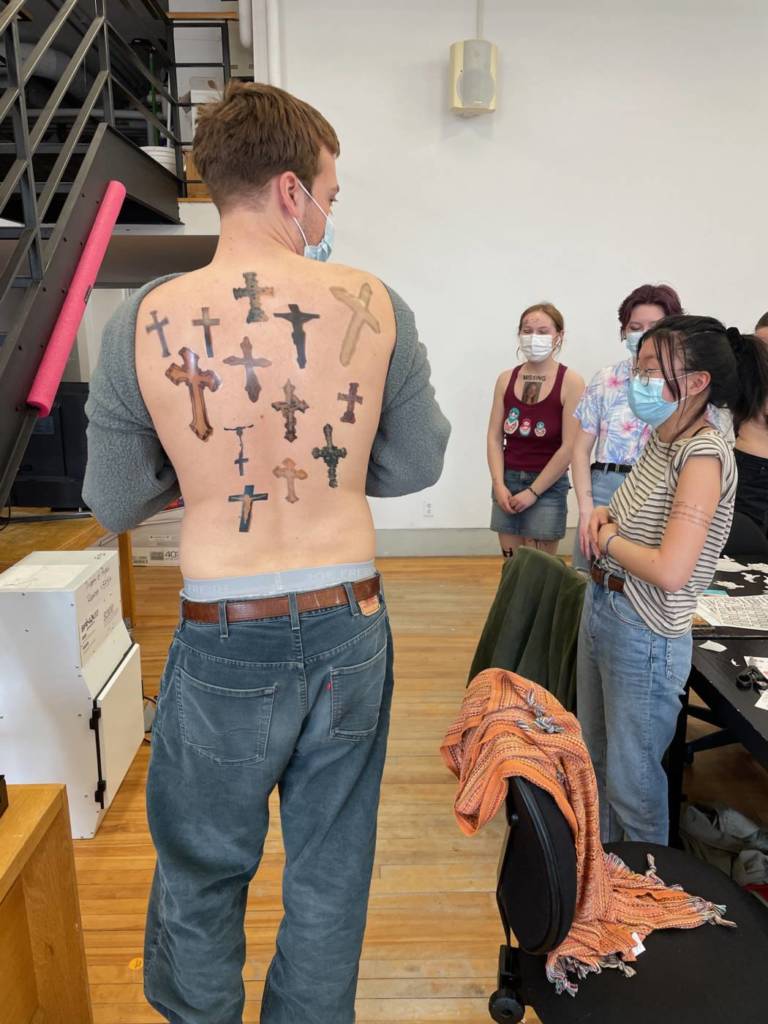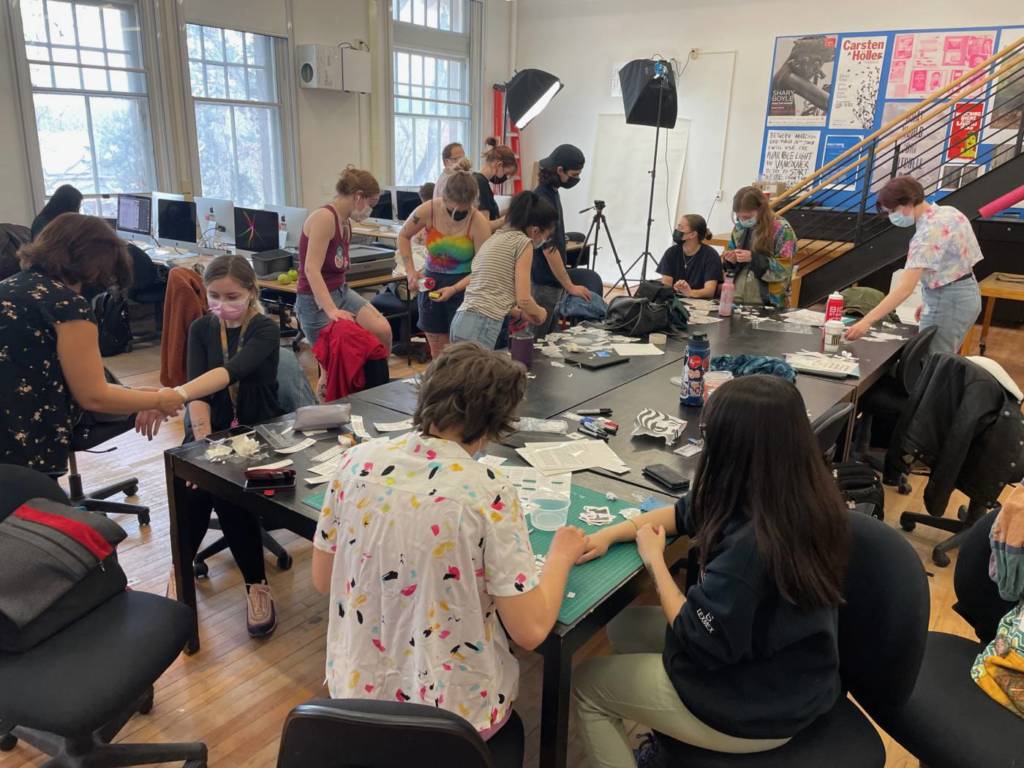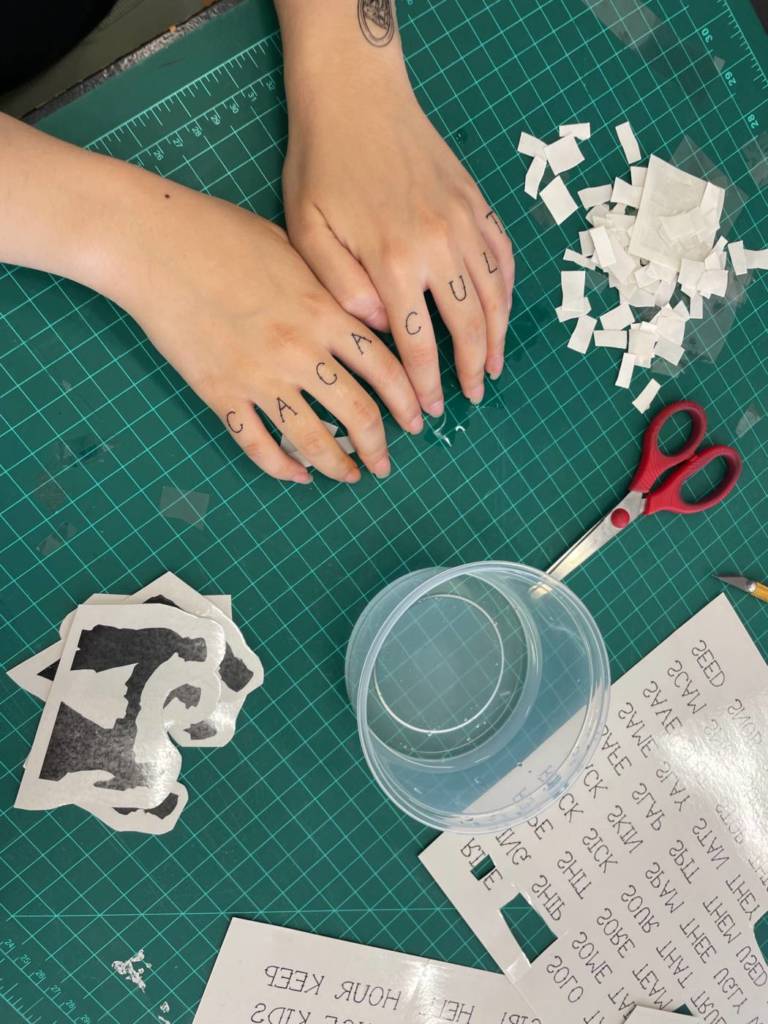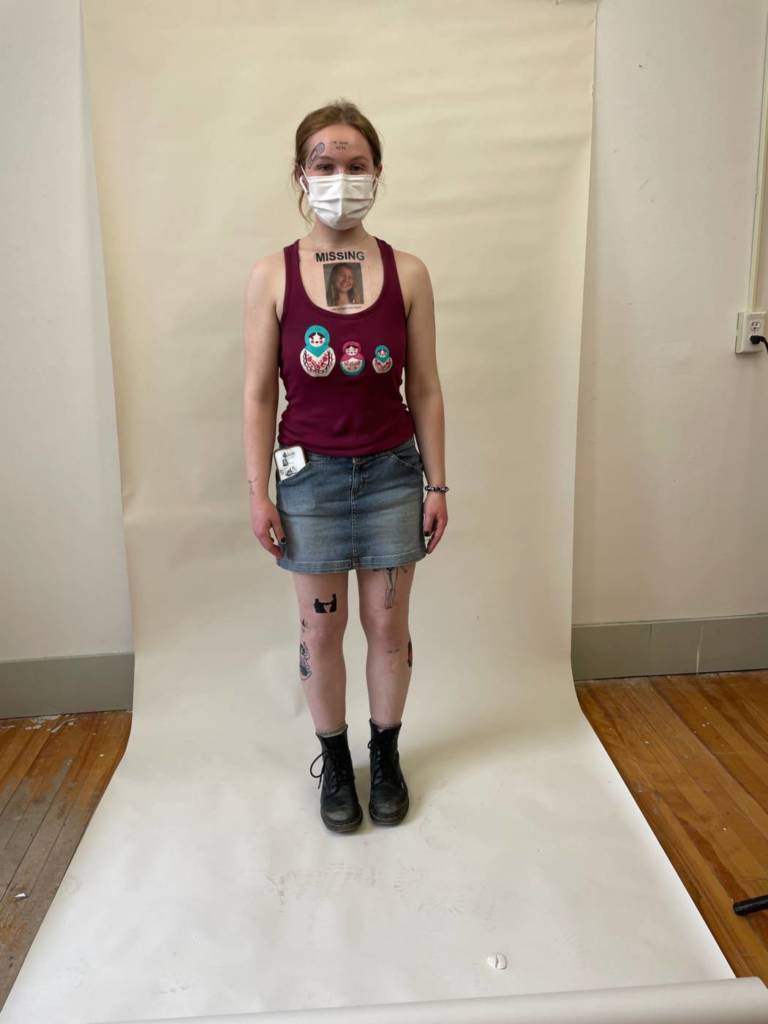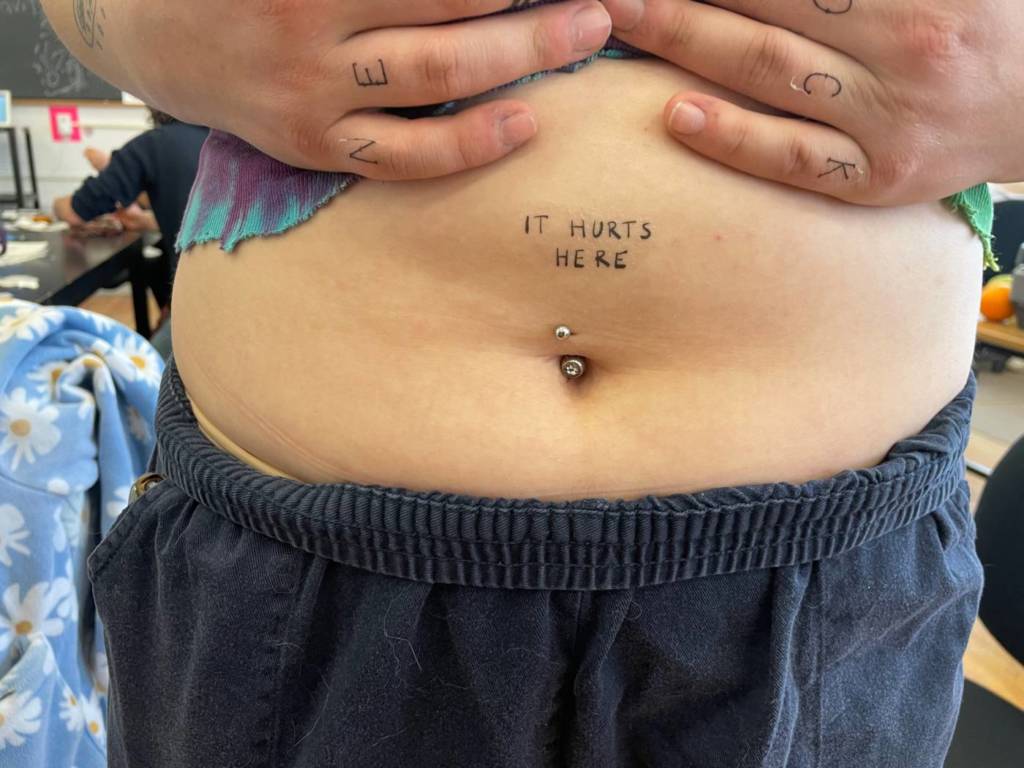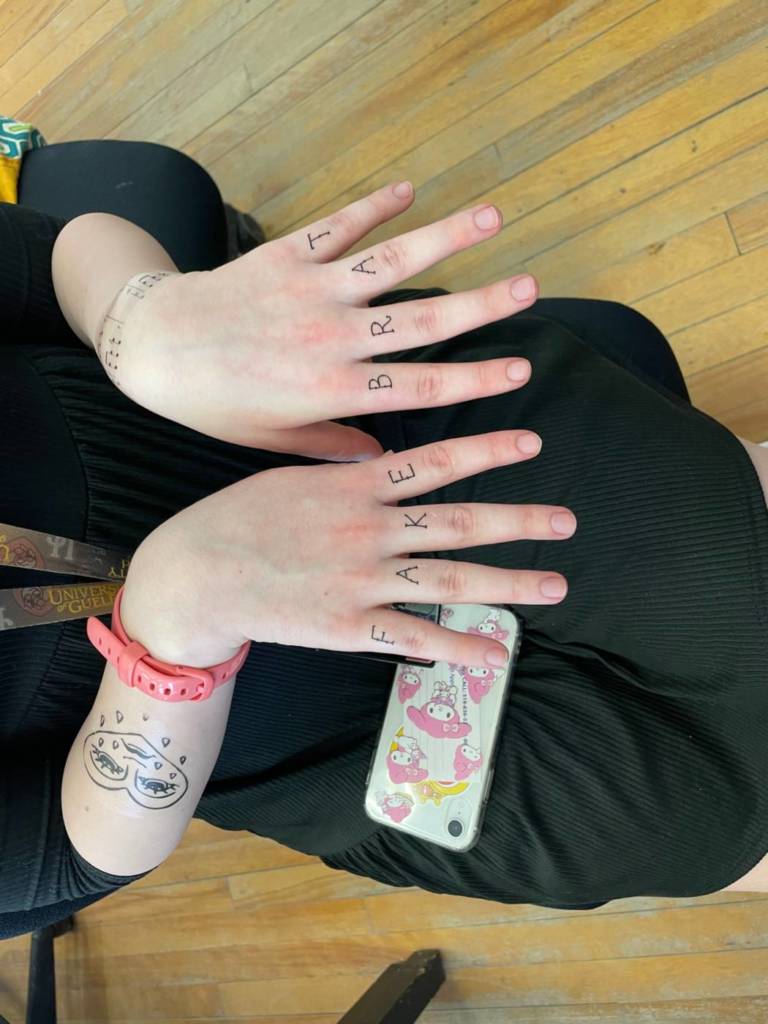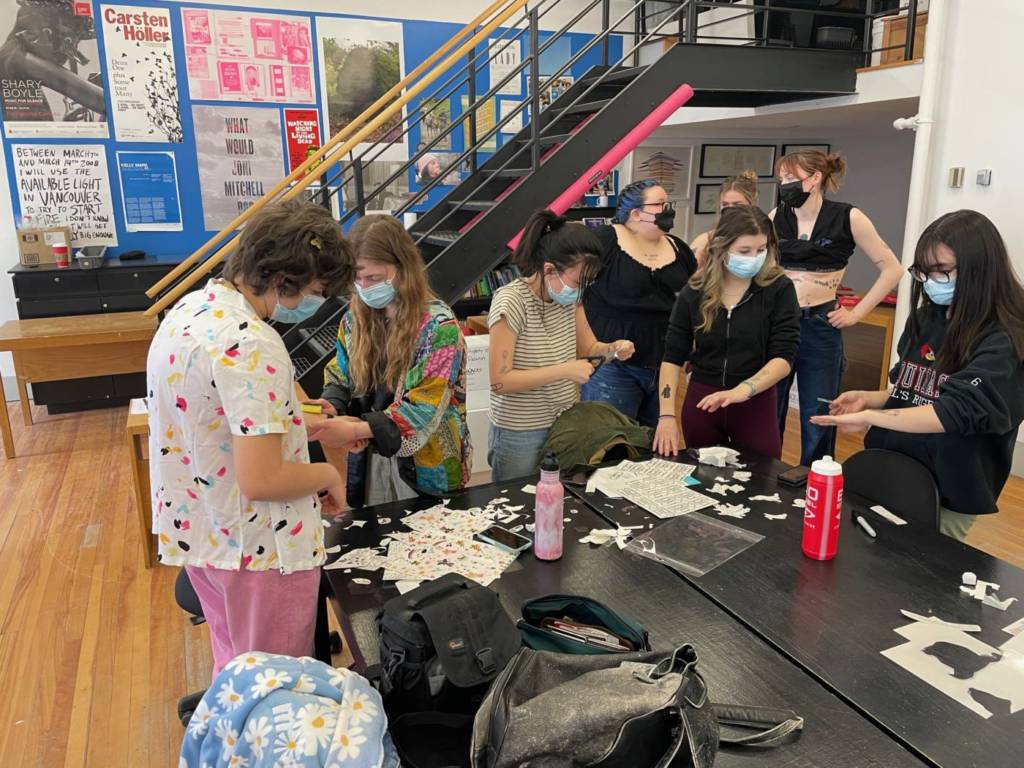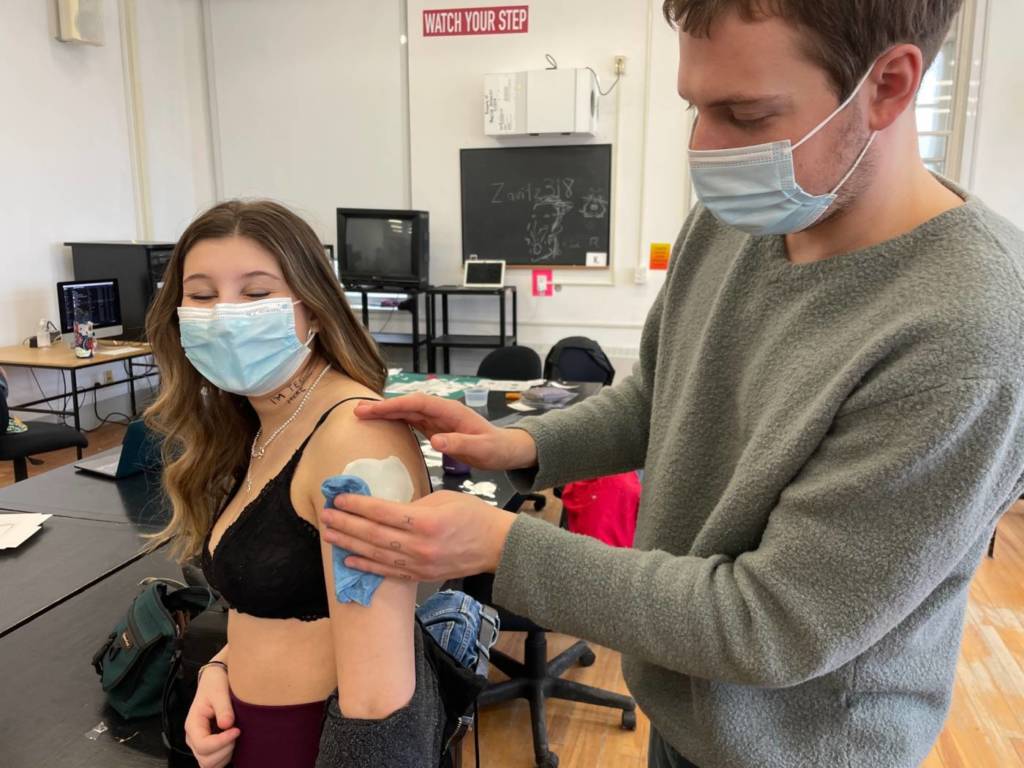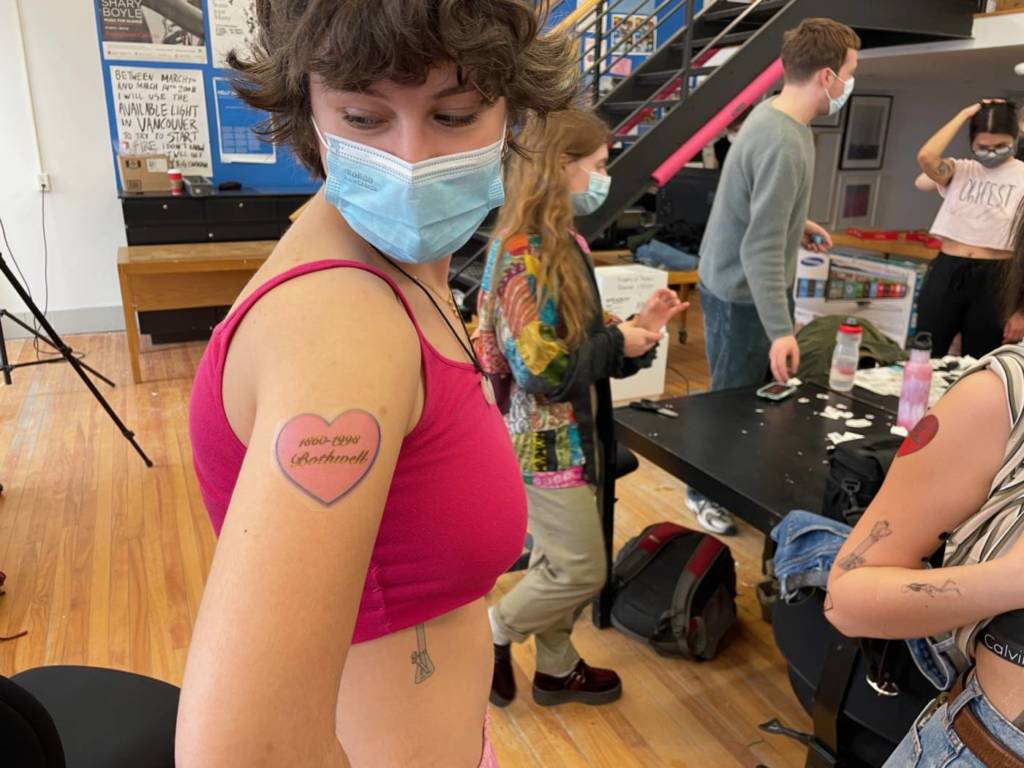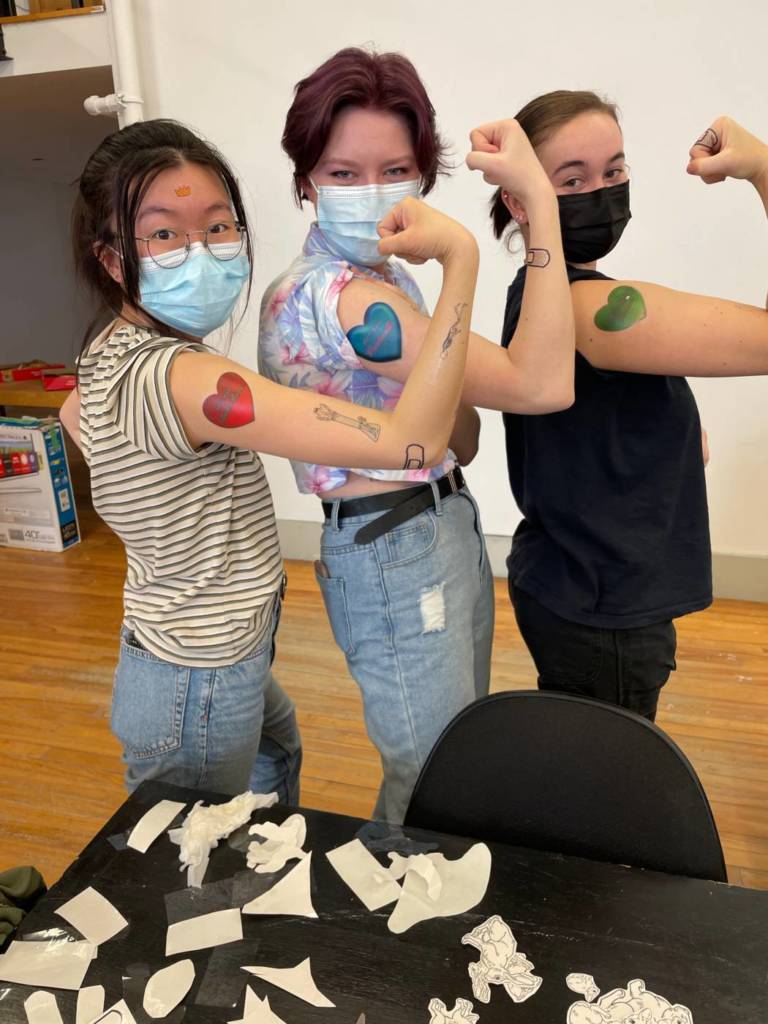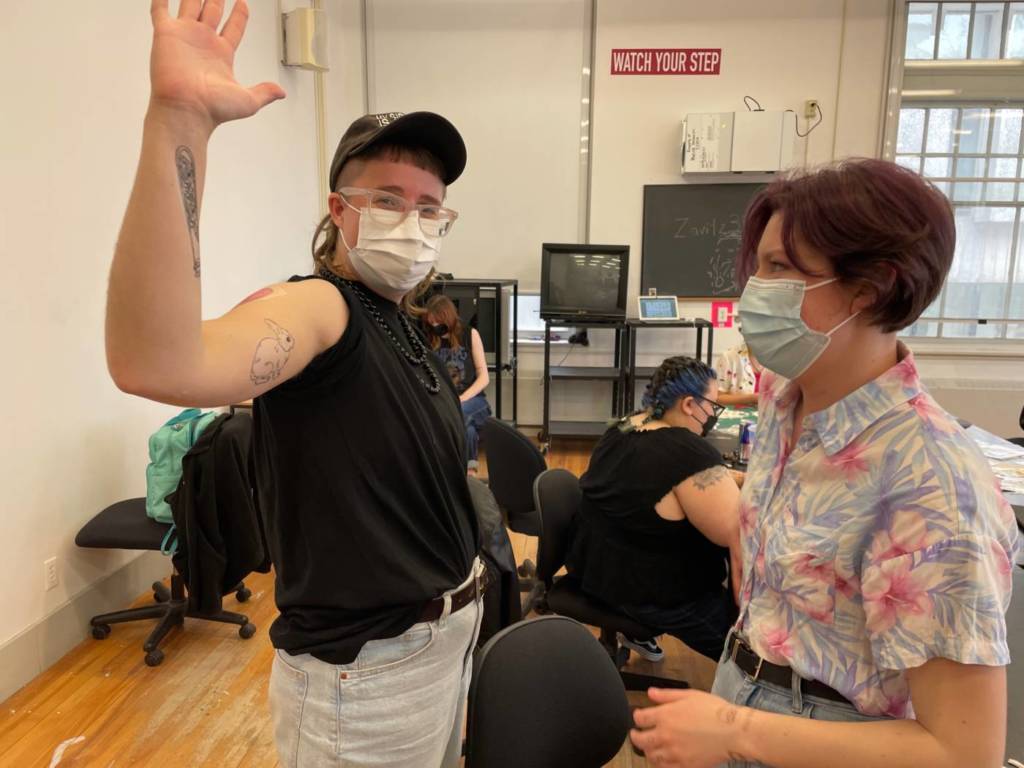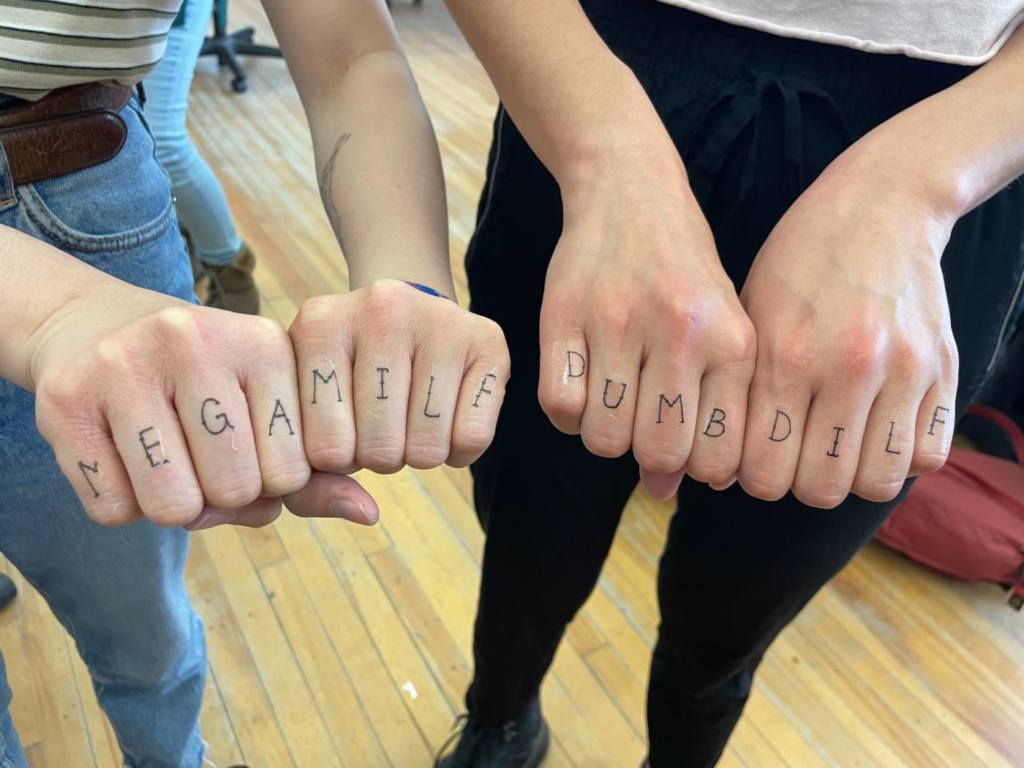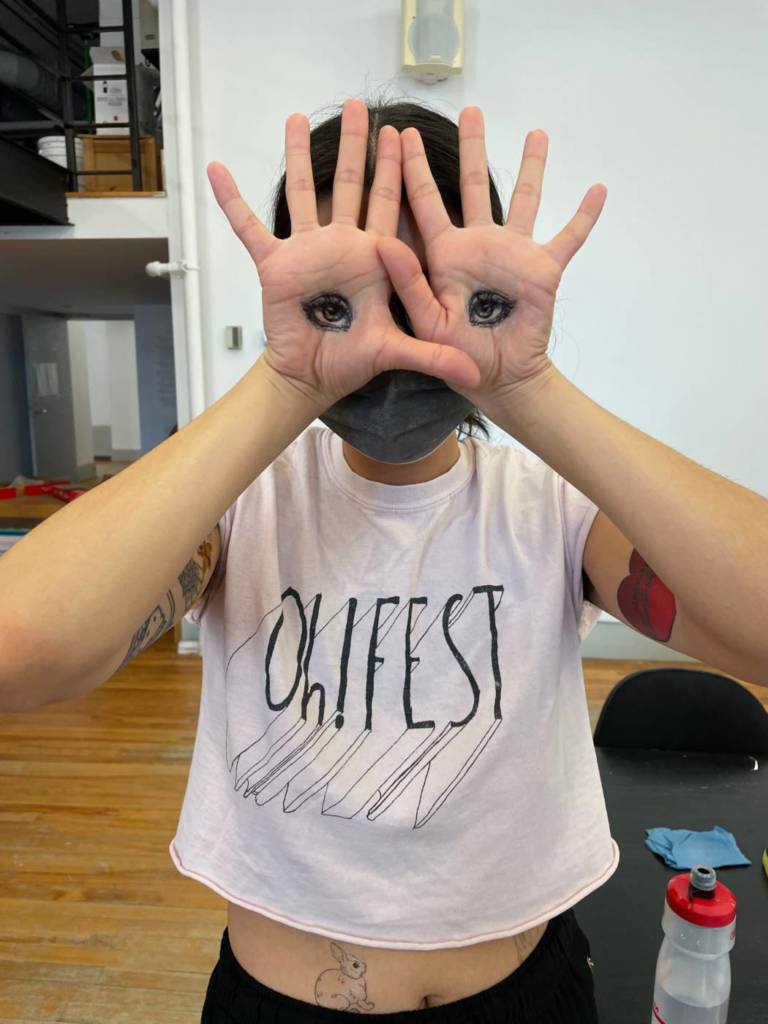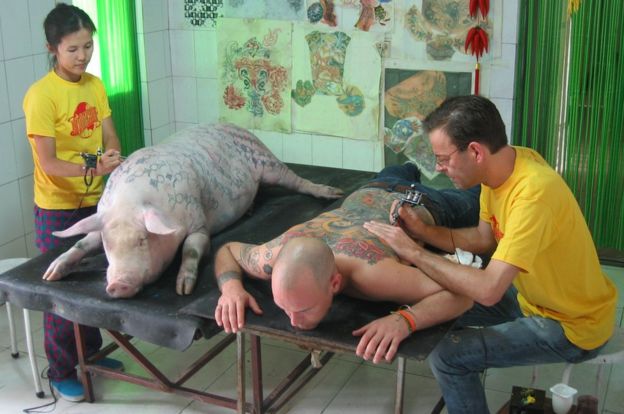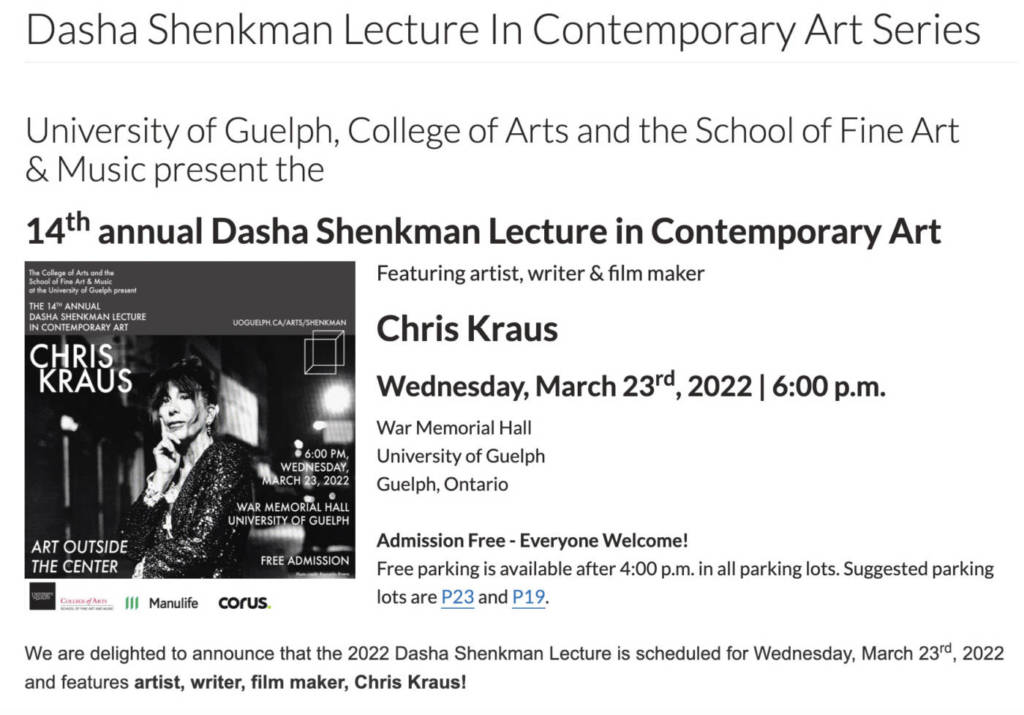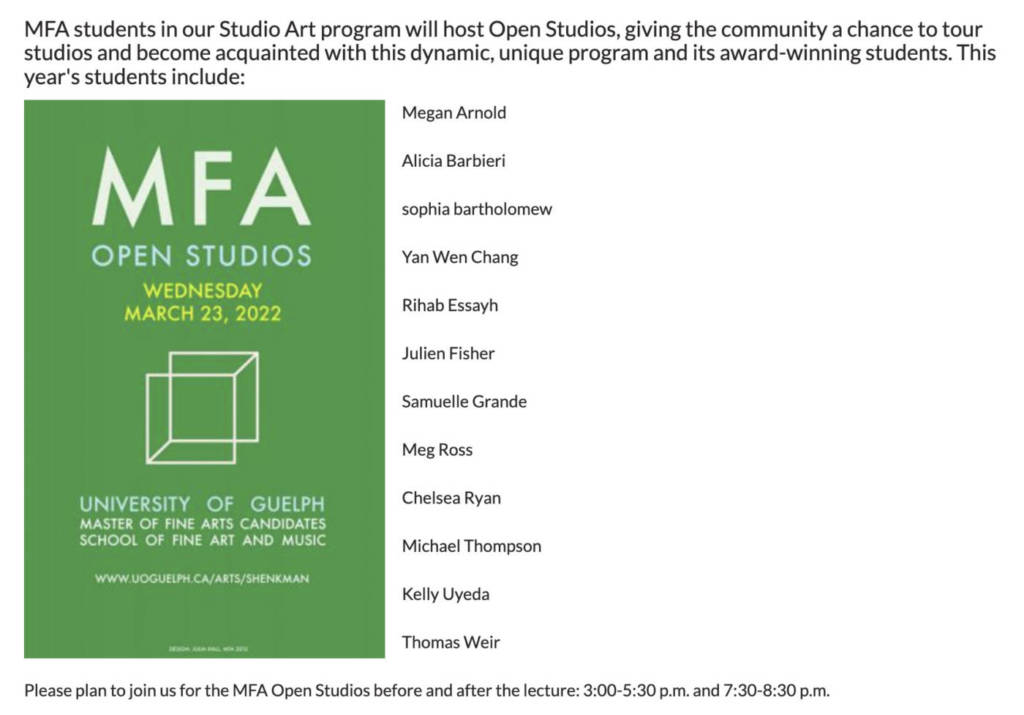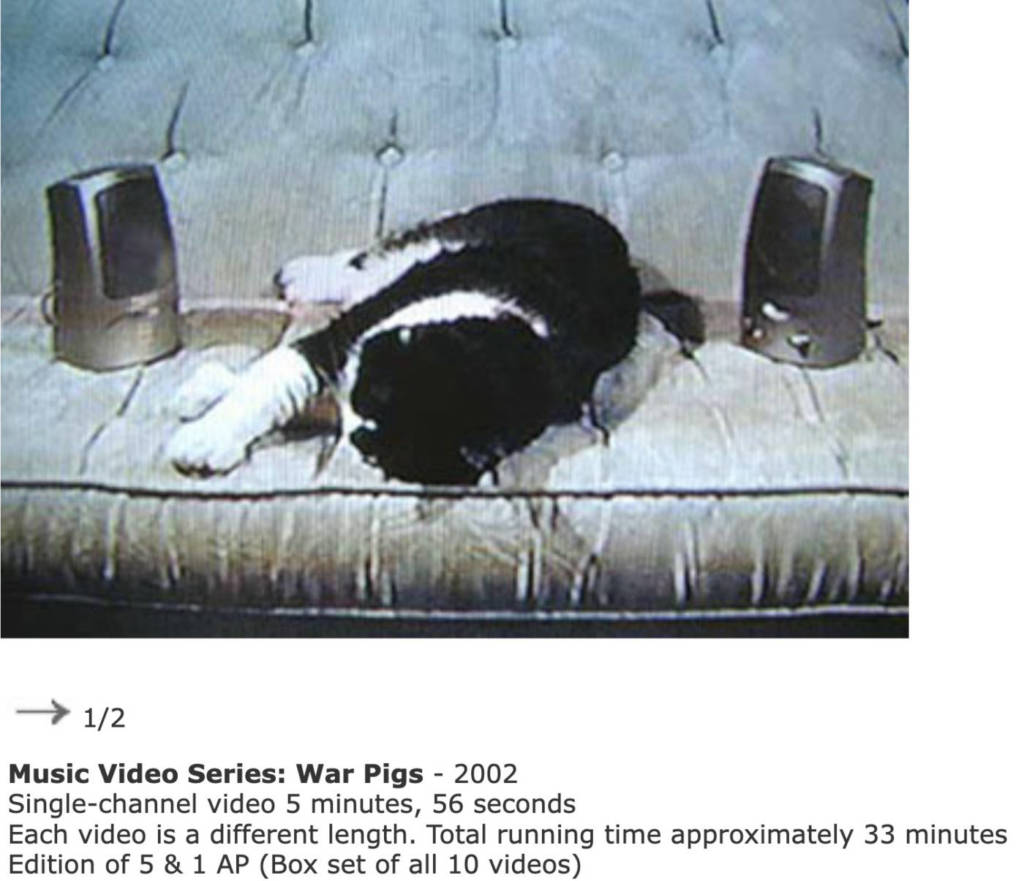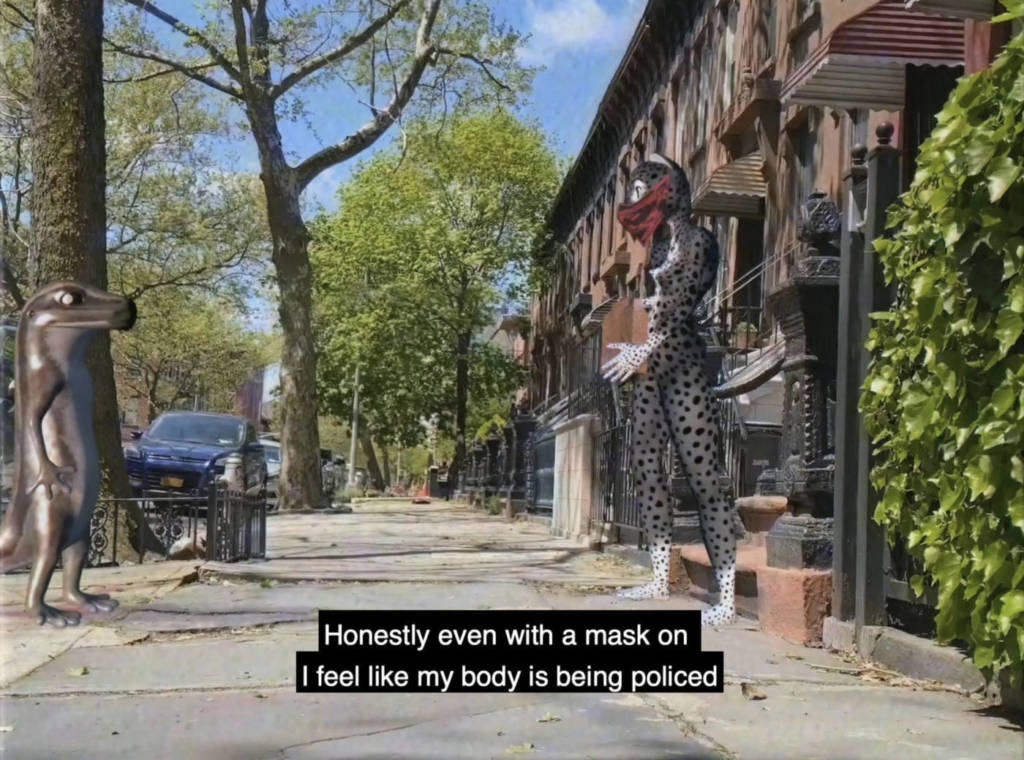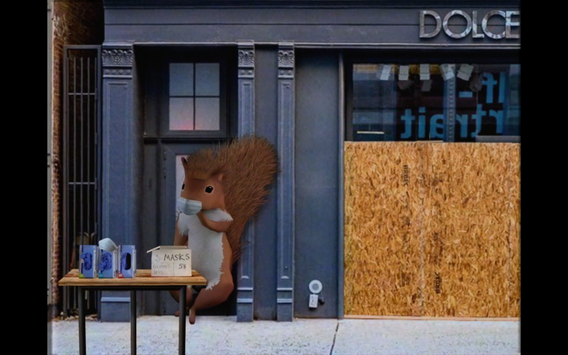Multiples project
For the final artist multiples project I chose to do an artist book. It is being printed (to be delivered December 8-I will post when I receive) but I have attached the pdf of the book. The format is a 7in x 7in soft cover book and it exhibits a collection of hand painted ceramics from a local ceramic painting and firing shop in Guelph, Play with Clay (note that using Blurb, the inside cover must be blank white on the 7×7 and 12×12 square format). The ceramics are painted by a mix of young and old and have a variety of colours and styles. I focused on collecting and photographing ones that had a fantastical feel about them. In the store, I chose figurines from the “completed” shelf that were awaiting pick-up. Some are picked up in the next week or two while others are left for a very long time, forgotten or unwanted by their makers. The shelf looks like a little village to me. In the artist book, I wanted to give a selection of pieces to exhibit the personality of the pieces and also, vicariously, the personality of the budding artists that painted them. I used coloured background cardboard to complement colours and different types of figurines and positioning to juxtapose them against each other. I picked each one with care and wanted to showcase each one. By their nature, these items only have value to the creator and perhaps the parent of the child creators. Once the creator/owner no longer wants them, they really don’t have a reuse market. By photographing and documenting them in this book, in a way I am capturing their value and extending it beyond the initial situation.
Scan art
I worked with Lily on creating scan art. We foraged for natural materials and she contributed some bones to the project. Here are some of our creations. I love the levels of depth achieved with some of the 3-D objects such as the Swedish Berries and the bones. The black background also adds a goth element with the colour scheme we chose.

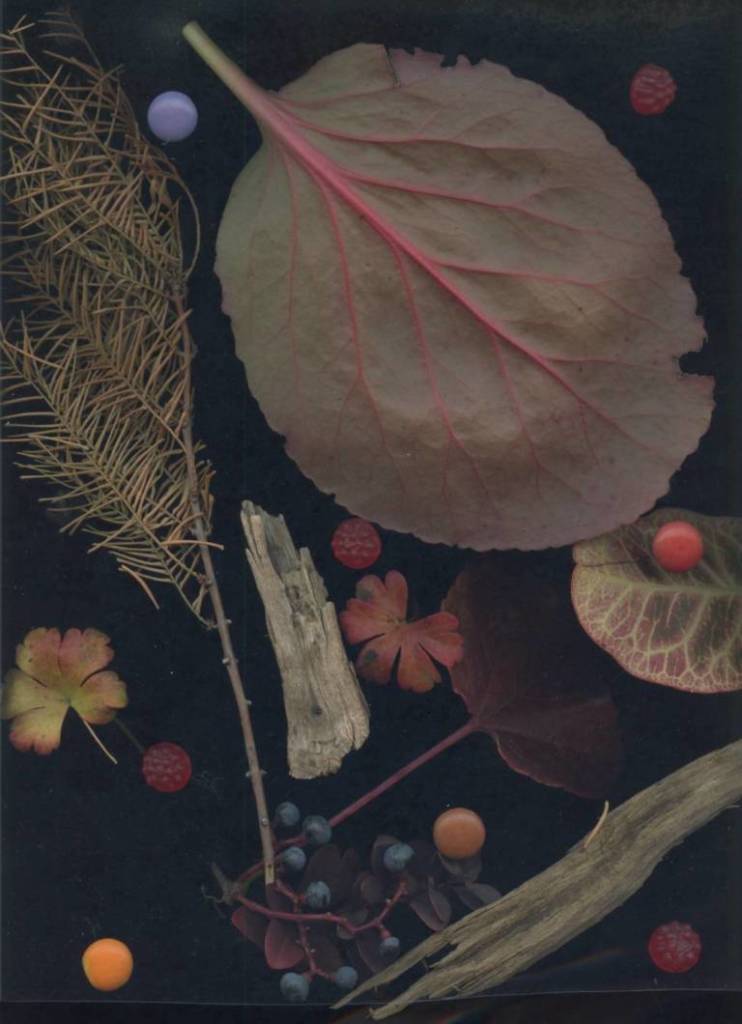
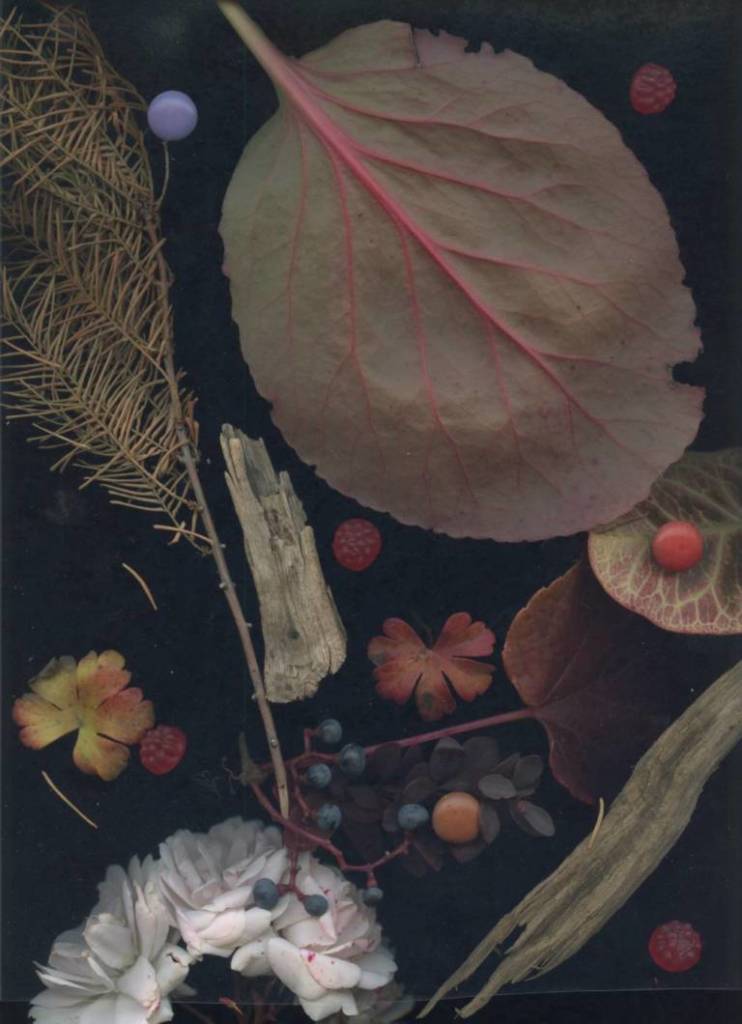
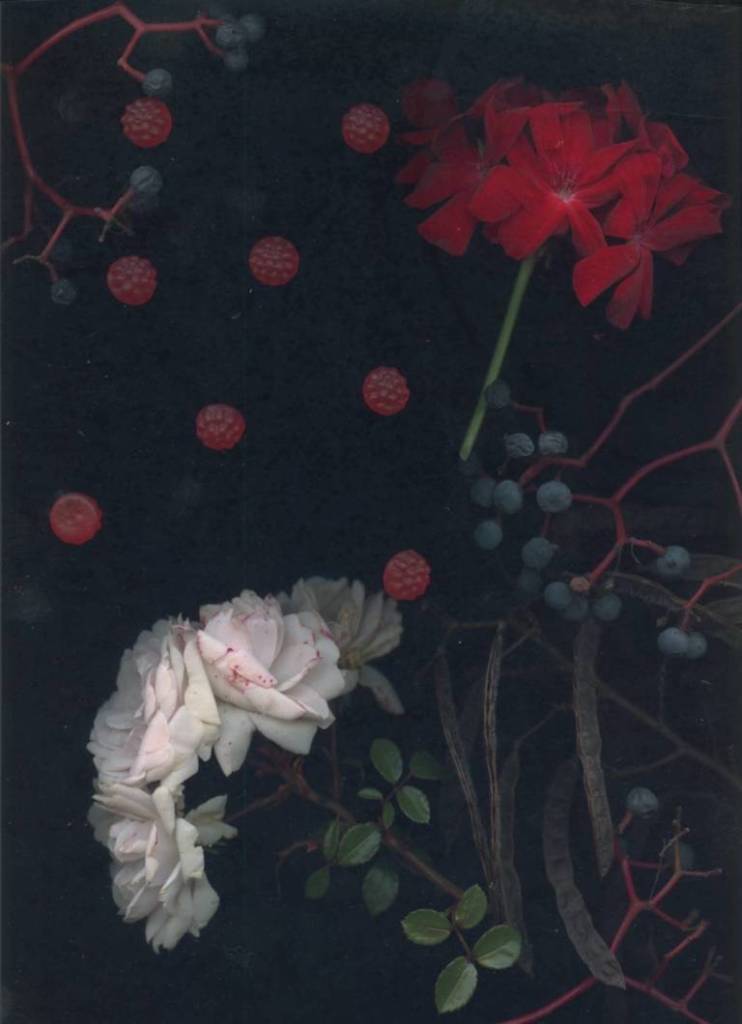
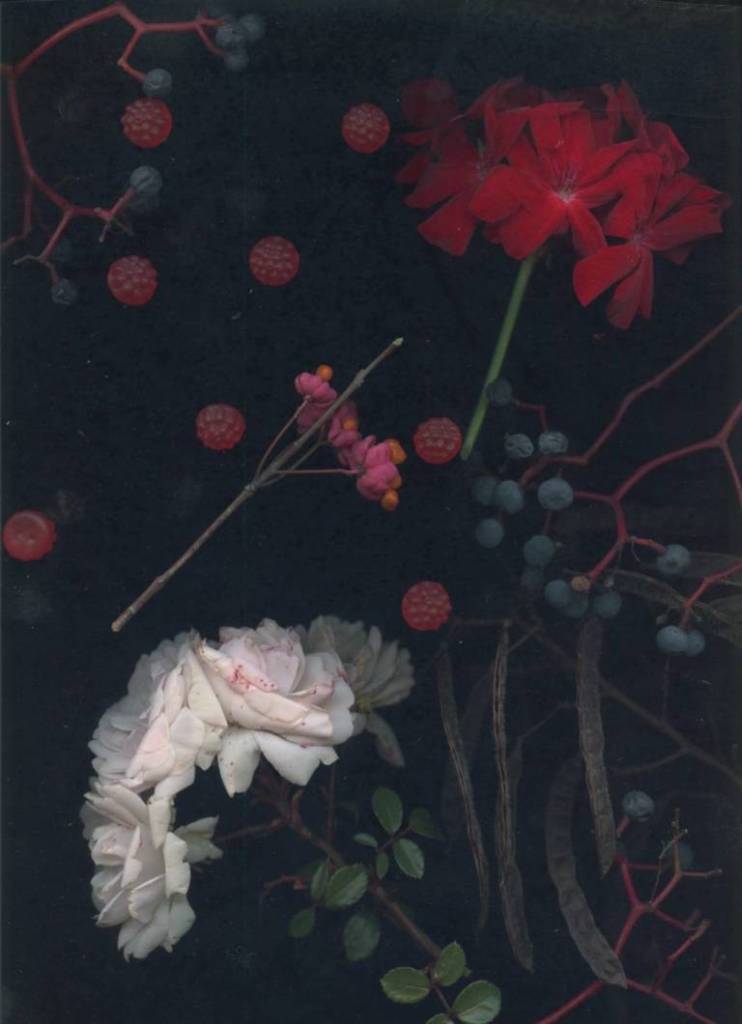
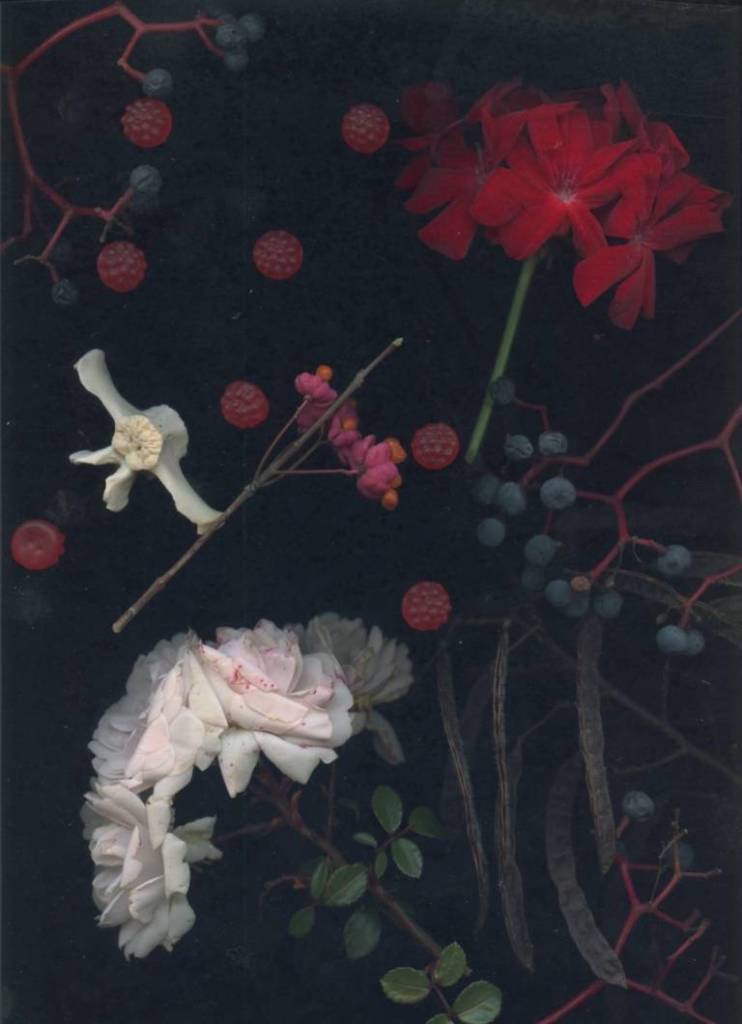
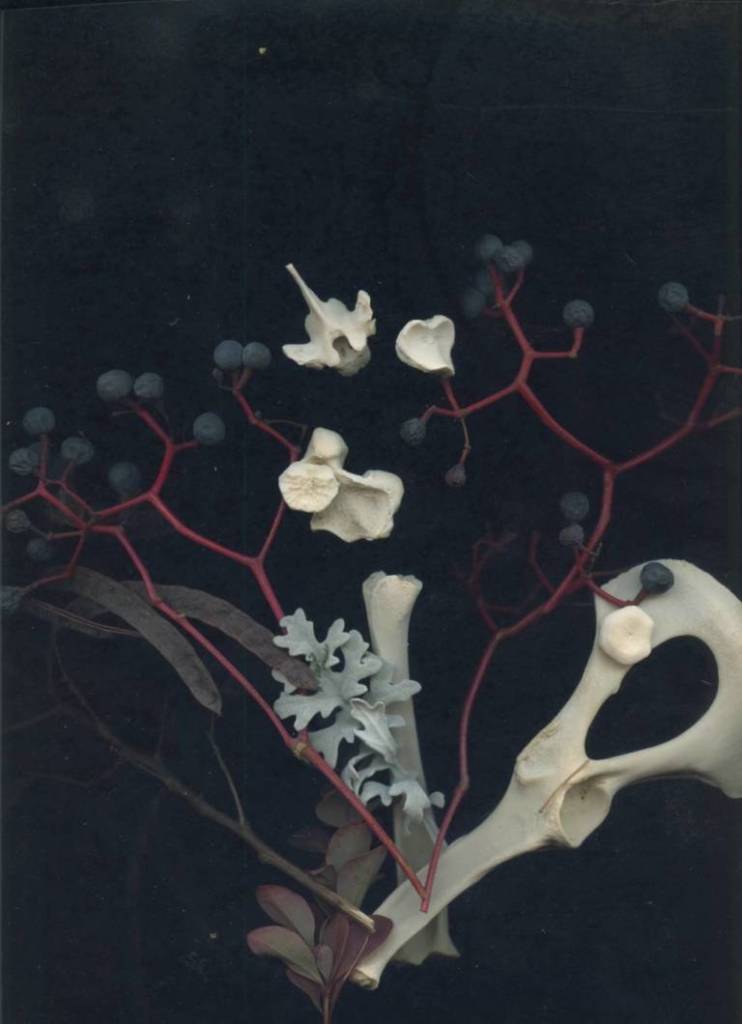
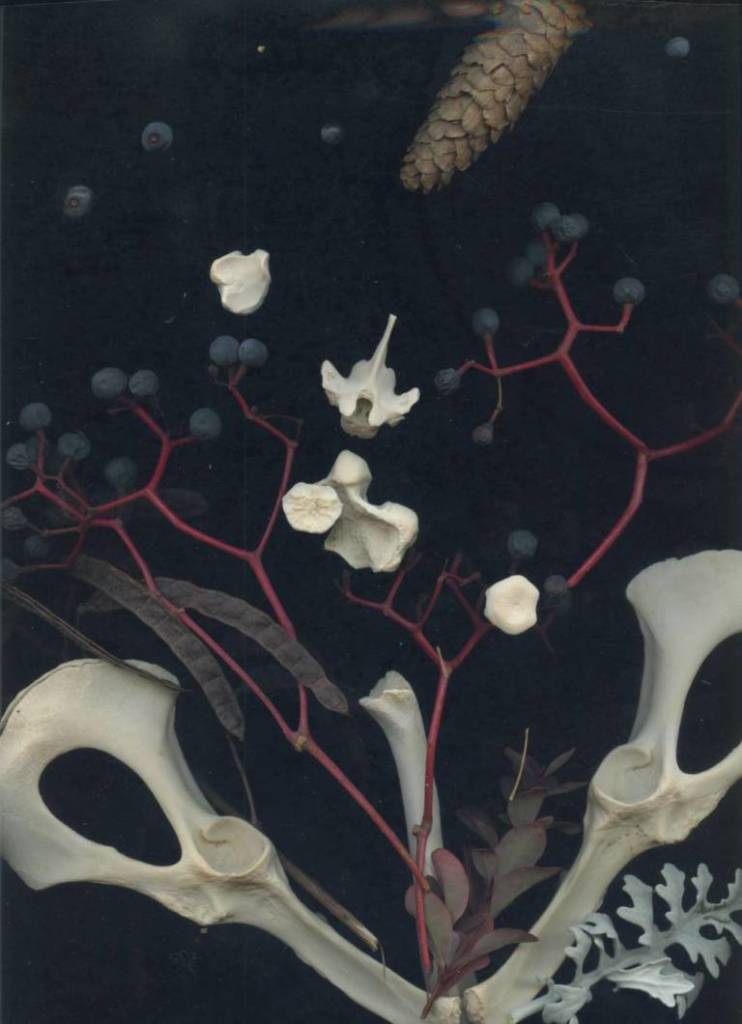
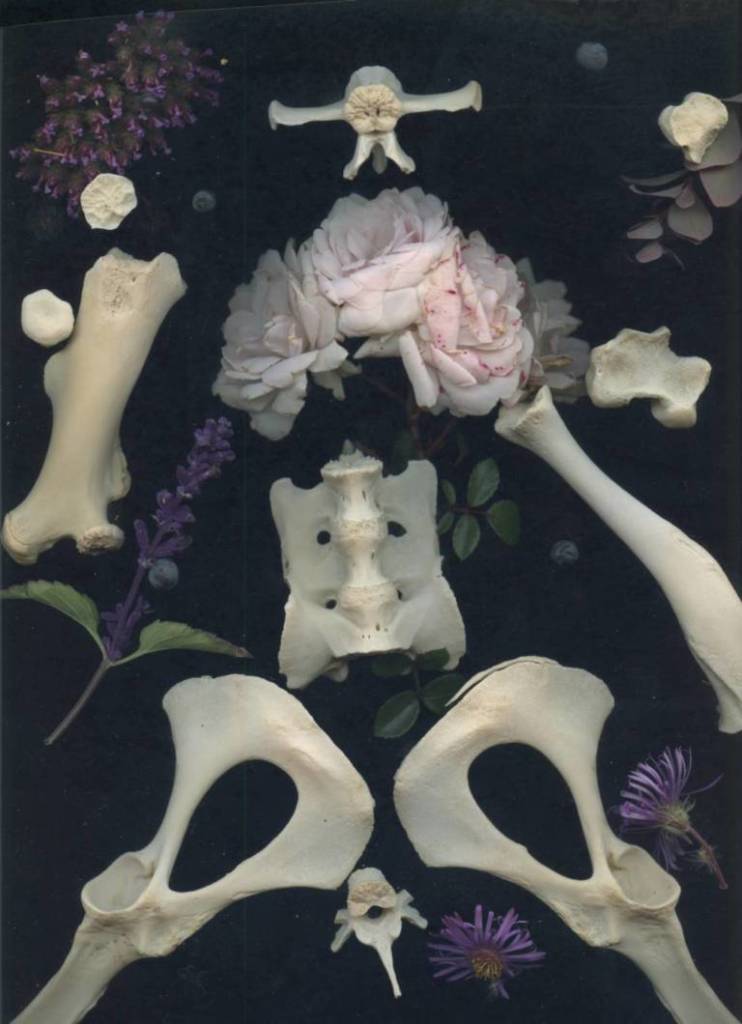
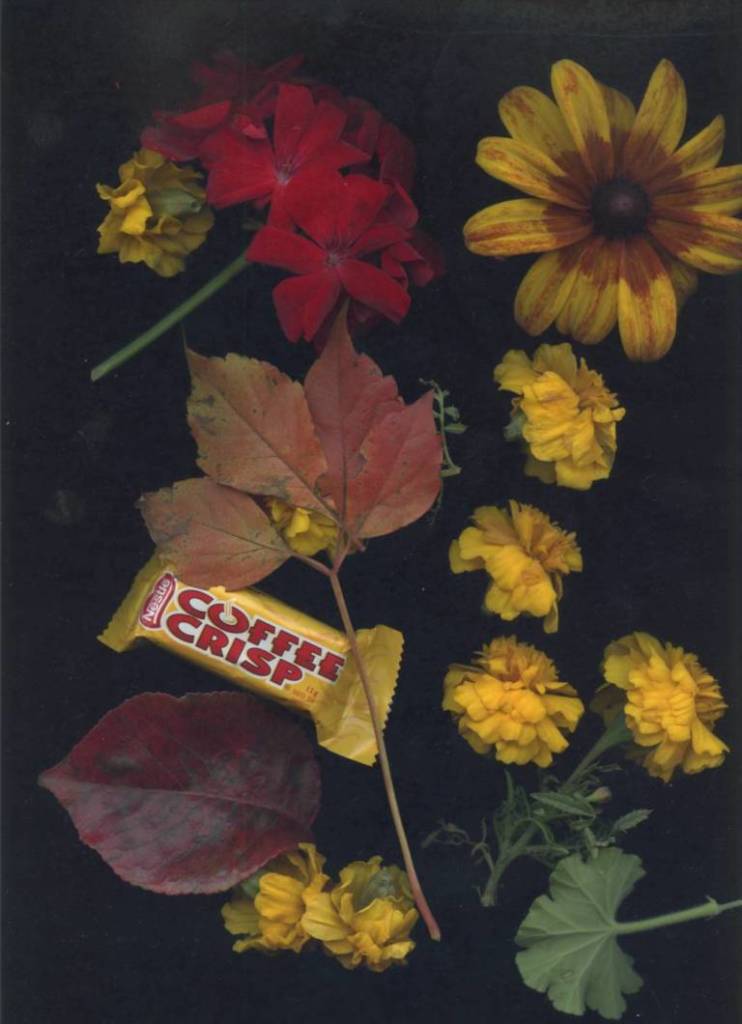
Magazine creation
Lots of fun mixing and matching photos from our videos, book stacking projects and miscellaneous photos taken throughout the semester. The editing process with photos on the wall was helpful in pulling together my final artist multiple as well.
Here are the photos I contributed to the final artist magazine.
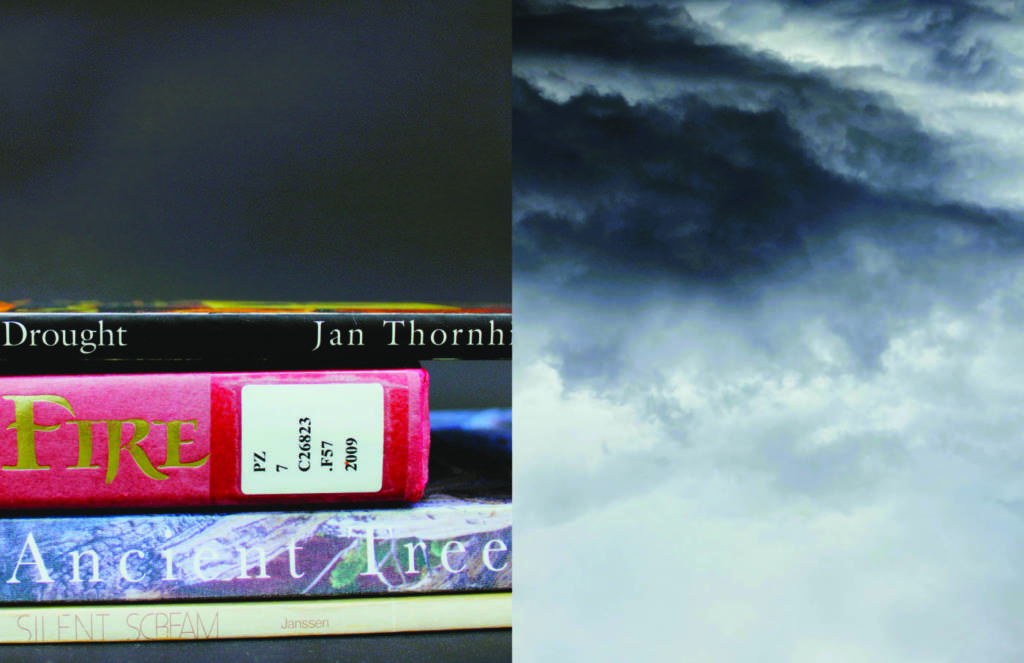
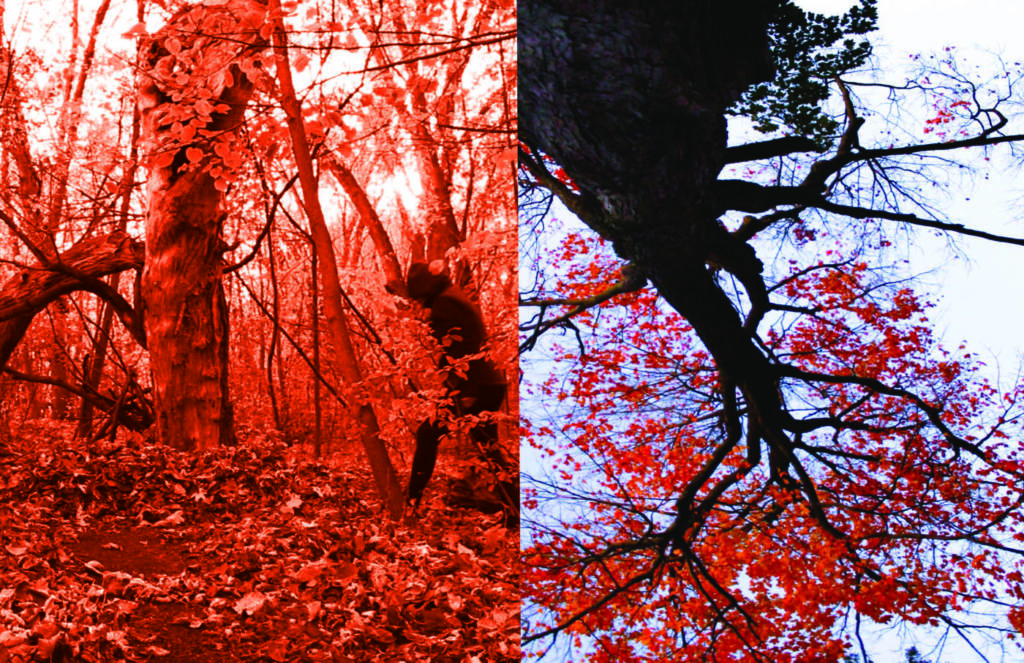
Week 4, 5 & 6 revisited-reshoot of Nature Feat and Intervention
Wow, I struggled with this project. I know you were looking for something whimsical, but one thing I learned in doing this project is that you can’t force whimsy when you are not feeling whimsical. I went back to basics for my second attempt at this project.
For the feat, I buried myself under a pile of leaves. As the days get shorter, I just want to hibernate. I like how the beginning and end shot look the same with the middle showing me burying myself. The arm coming up to grab the leaves and cover me has an eerie quality to it. A bit of a zombie/Halloween echo (and not a jazz tune in sight).
For the intervention, I went with a simple version of cutting the branch. I chose running water in the background as the “ideal” landscape so that there is some interest/movement in the first part of the clip. The cutters remove part of the tree that would obstruct a viewer from seeing all of the stream, “interrupting” the tree from just being, for the benefit of the viewer.
One more video. I have done several iterations of conversing with a tree and this one is the closest to what I picture in my mind. Rather than communicating with the tree, it is more of an acknowledgement. (Still a bit on the cheesy side, in my opinion, but approaching what I was picturing.)
Week 4, 5 & 6-Nature Feat and Intervention
My initial thought around an intervention was something I still want to do when the conditions are right. Water colour painting in the rain. The weather did not work for me. There was one torrential downpour with wind, which would have been perfect, but it was at 2am and would have been in the dark. I then was going to talk to a tree, but it just didn’t feel authentic, and really, I don’t think the tree was interested in talking back to me. I did some research on latest thoughts around tree communication and there was a study in Israel that has garnered a lot of attention around how trees, and plants in general, scream, tick and squeal when they are under stress, such as drought and injury to their limbs and roots. They were able to measure these vibrations but humans cannot hear them because they are at an ultrasonic level. There are several species of animals that also can communicate and hear at this level, namely beetles and other insects, bats, moths (and the related caterpillars) and worms. (Surprisingly, not birds.) The latest thinking is that the plants, when they are screaming, are communicating with other plants and animals that can hear at this ultrasonic level to either aid the plant or to feed on the plant so that the plants death can at least give back efficiently to the ecosystem.
My first video is probably a bit more edited than what was asked for, but the tree branch being cut and the final shot at the end of the video are the parts I took in one shot. I then added ultrasonic bat sounds that have been lowered to be heard by human ears and I edited in videos of animals that could understand the tree sounds, ending with what can be heard by human ears.
For the second video, I “walked across the earth”. I found a big mound of earth at the arboretum and it was loose so it recorded all my footprints as I went across in. I used different shoes and different ways to get across and examined the prints I left behind. The approach looks pseudo-scientific, but it is obviously casual as well. I first tried having the different approaches on different screens but found the effect too confusing. Also, the approach being somewhat linear and “scientific” came across better as one timeline. I added part of the jazz tune Footprints as the background. It made the viewing more interesting and also alluded to the topic of the video. I think it could work as no sound as well depending on how it was exhibited.
Week 3-Artist discussion: Terrance Houle and Trevor Freeman
Terrance Houle is an Indigenous interdisciplinary media (film/video/photography/performance/music) artist and a member of the Kainai Nation and Blood Tribe. He studied art at the Alberta College of Art. He lives and works in Calgary and has exhibited globally, winning awards for his films and as an emerging artist. His work often focuses on colonialism and Indigenous history. A powwow dancer, he also works as a youth mentor teaching video production and art at Métis Calgary Family Services in Calgary, Alberta. More recently, Terrance presented an individual exhibition called Ghost Days. This work presents an experimental art adventure, bringing together film, video, performance, photography, and music. Initiated in 2015 this project conjures the spirits and ghosts of colonial and non-colonial history that exist in the light of night, as well as in the darkness of the day. In one piece of work called “Remains” He photographs a chair over a series of time and watches it be reclaimed by the earth as it disintegrates. He is also well known for a series called “Urban Indian” depicting himself in traditional clothing performing everyday urban tasks. His work often involves visuals of things or people in places that are not expected.
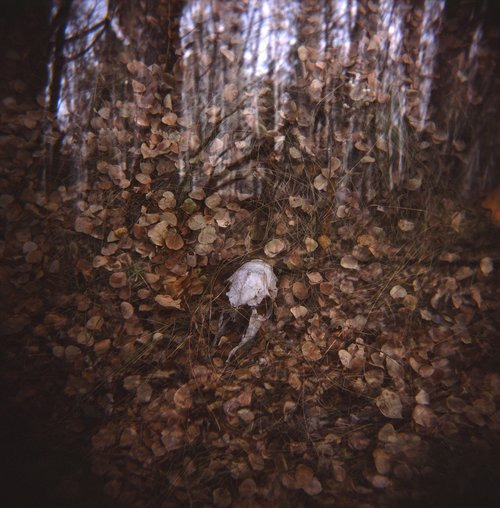
Terrance Houle, “Ghost Days,” 2015
digital photo

Trevor Freeman is an environmental sculptor from Calgary and is a member of the Métis Nation. He studied art at the University of Lethbridge. He is friends with Terrance Houle and was brought back into the art scene with the performance of Portage ‘007.
Together, Terrance Houle and Trevor Freeman are known for a performance piece they did called Portage ‘007. Originally performed in Vancouver, they have reperformed the piece in different cities across Canada. The objective around the performance was to stage and subvert the typical illustration of portaging one finds in a vintage grade school classroom textbook. In interviews, Houle explains “it’s usually a staged photograph with the stern-faced native hoisting the canoe with his friend the Métis voyageur.” In the performance, the two dress up in stereotypical “traditional” Aboriginal and Métis garb and traverse the populated urban terrain of Vancouver’s metropolitan centre. Terrance is dressed up in a loincloth and moccasins and Trevor wears early fur-trapping attire and a Metis sash tied around his waist. They pose with a canoe in front of the Hudson’s Bay Company store on Granville. They pick up the canoe and place it on their heads, one man in the front and one man in the back. They begin their ‘Portage’ through the downtown core of Vancouver. Along the way, they interact with people and occasionally stop to talk, or eat, or rest. The ‘Portage’ endurance performance takes approximately 2-3 hours and they need to deal with weather elements.


As they carried a canoe through urban settings, we are reminded of pre-contact trade routes and also the early settlement of Canada during which time non-Native and Native porters would map new routes or take old routes to get to where they were going. These were modern day reenactments of old portage routes to celebrate social relations amongst different cultural groups and to acknowledge this unique history in Canadian fareways. The re-imagined Indian and Métis portaging our urban streets offers a sense of the past, and the fiberglass canoe suggests the present, while we ponder the future of trade, commerce and potential for further cultural understanding via historical narratives and practices.
Houle’s favorite comment: “Hey dude, this is like my grade 10 social class.” A shore patrol officer also asked if they had a permit to put the canoe in the water and asked if they had the required lifejackets, paddles, and bailing bucket. They assured him they were dry landers here to portage across the beautiful city of Vancouver. He said that after a while the city just becomes another landscape and the people are like trees. Most people, when they saw the canoe coming, keep their eyes averted and pretended they didn’t see that particular part of the urban landscape. There was a difference between the way people reacted based on where they were from. Tourists were puzzled. Canadians laughed because they “got” it. Once they changed back to contemporary clothing, people on the streets gave them little notice as they were just two guys transporting a canoe somewhere.
Week 2-Arboretum and outside (Circles, weeds and sky)
Circles:
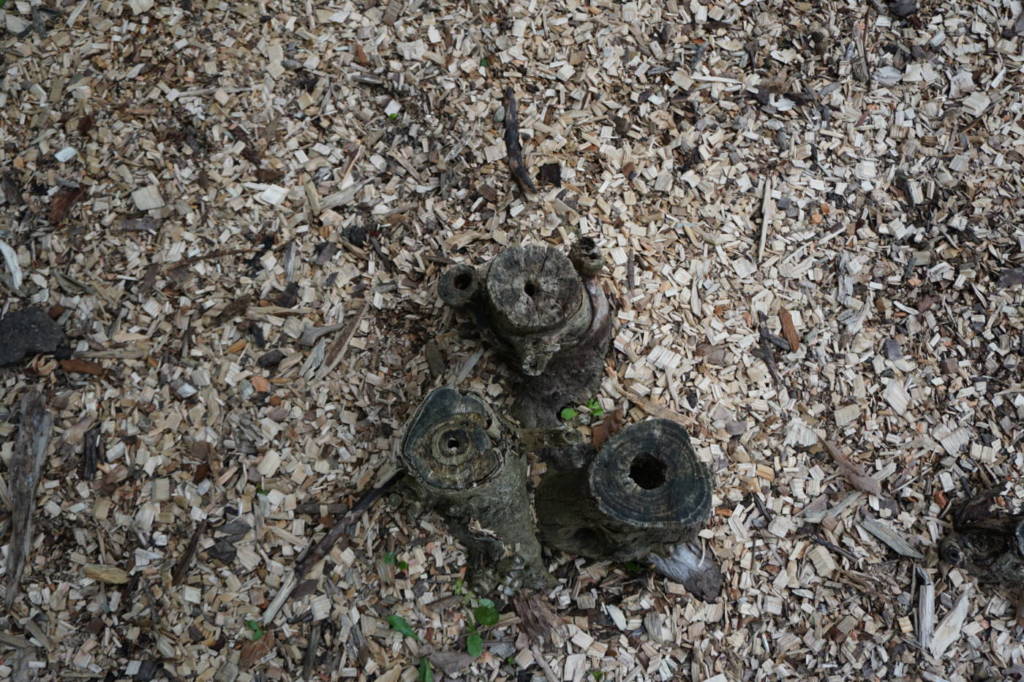
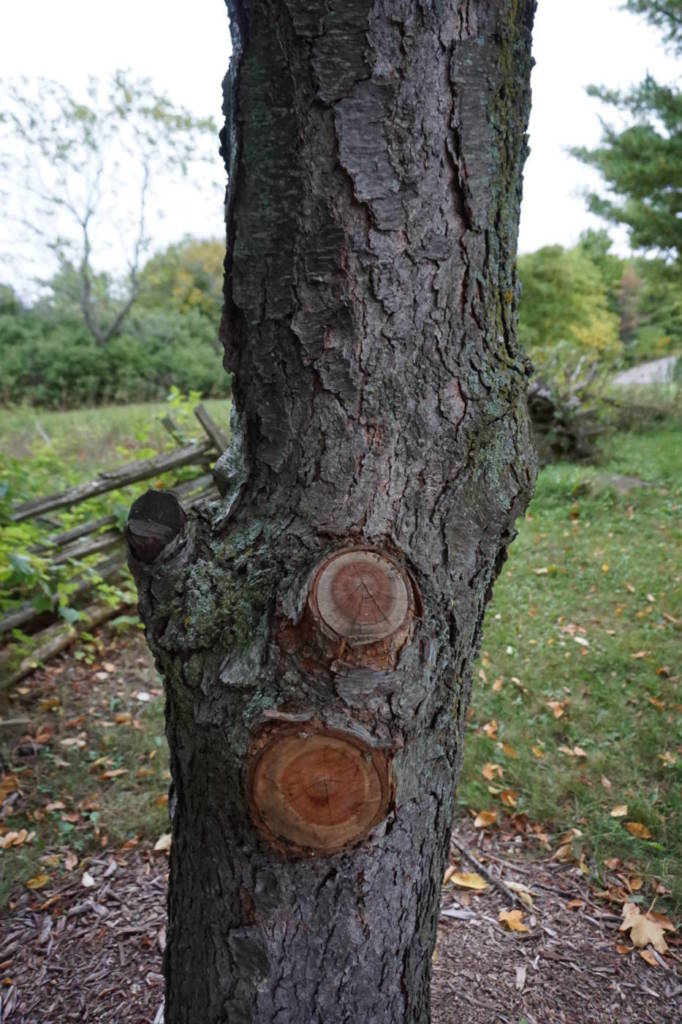
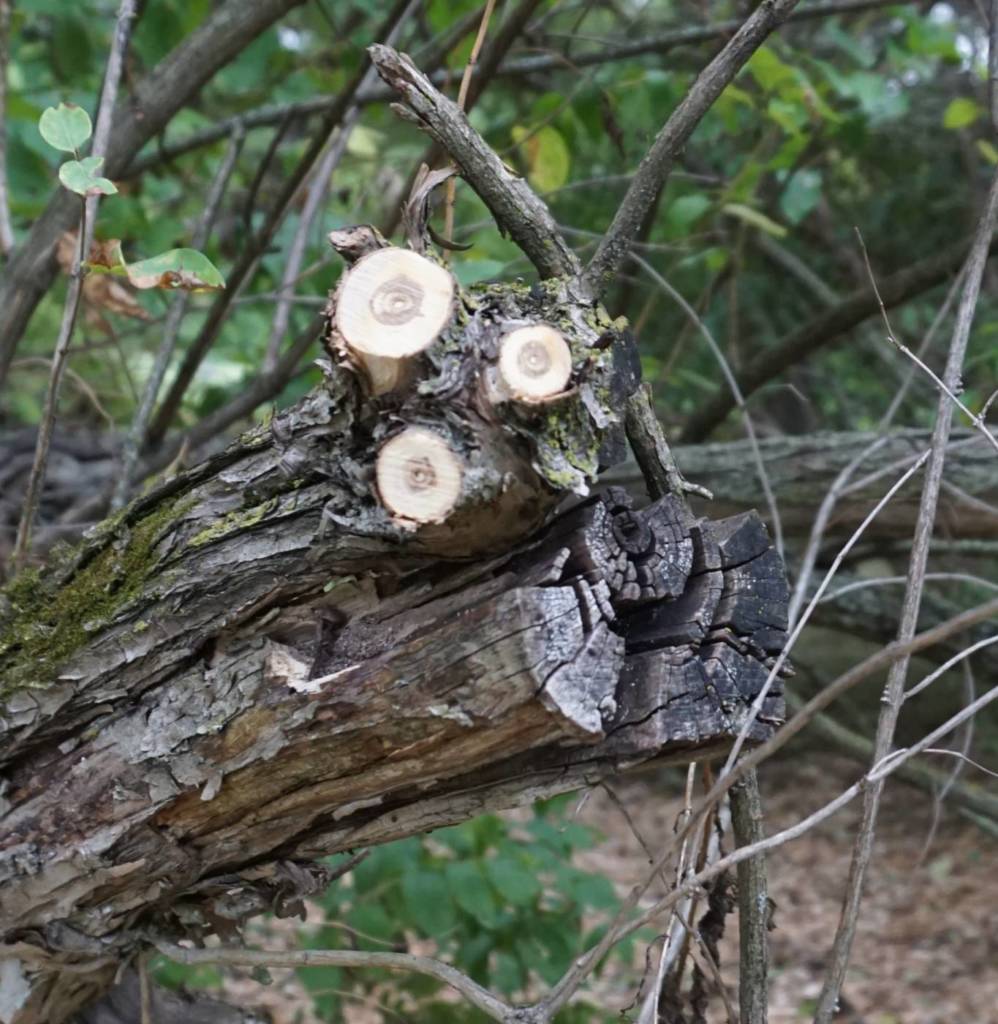
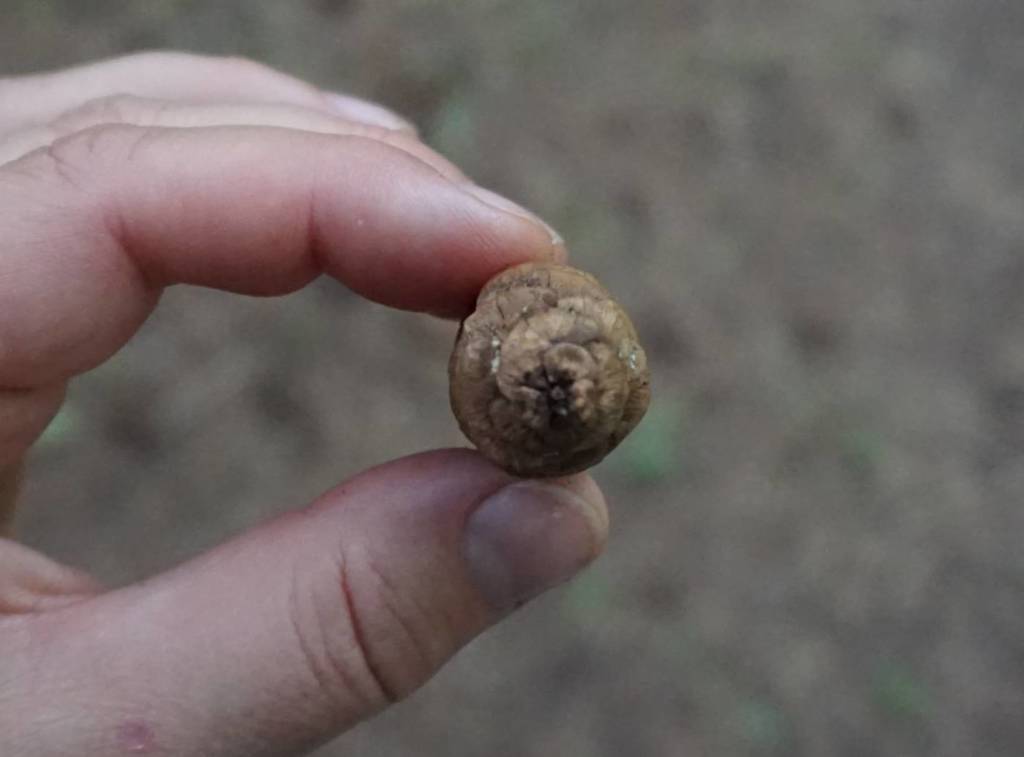
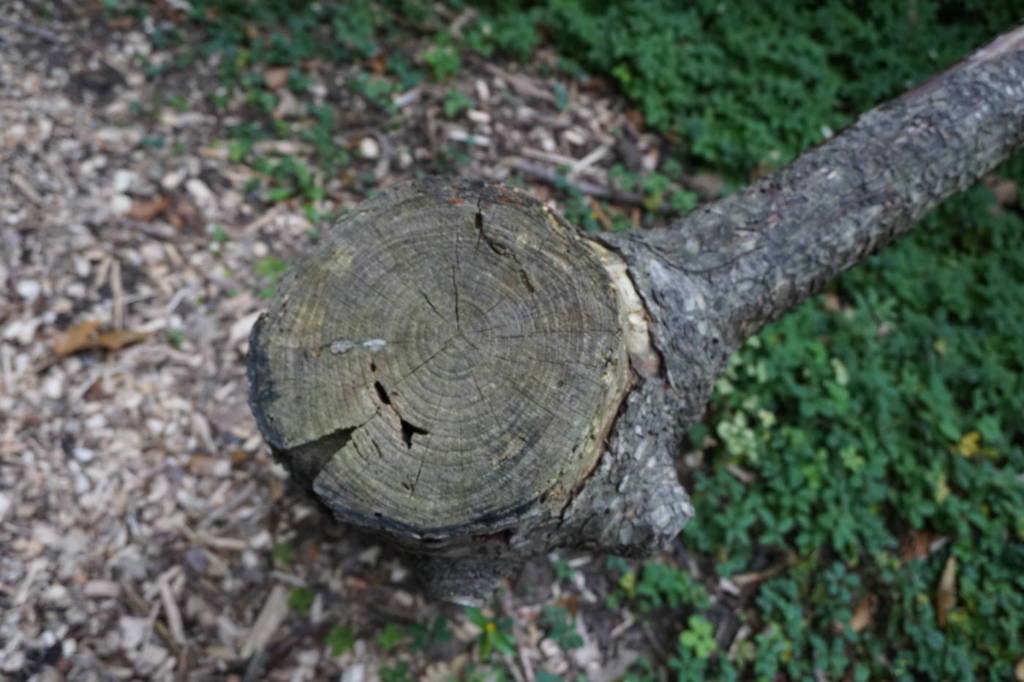
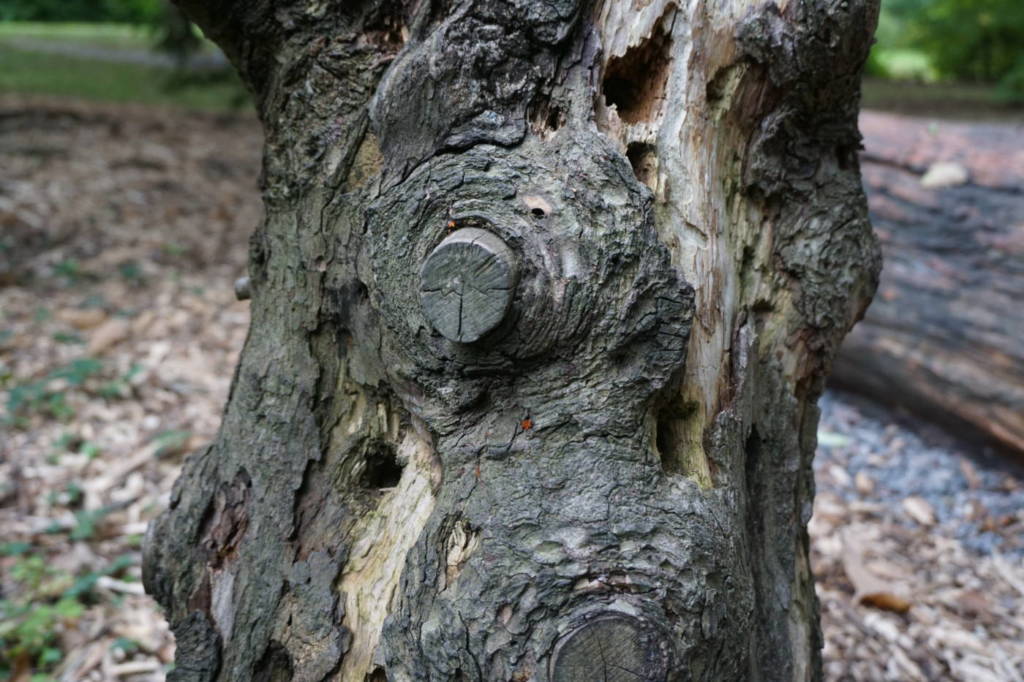
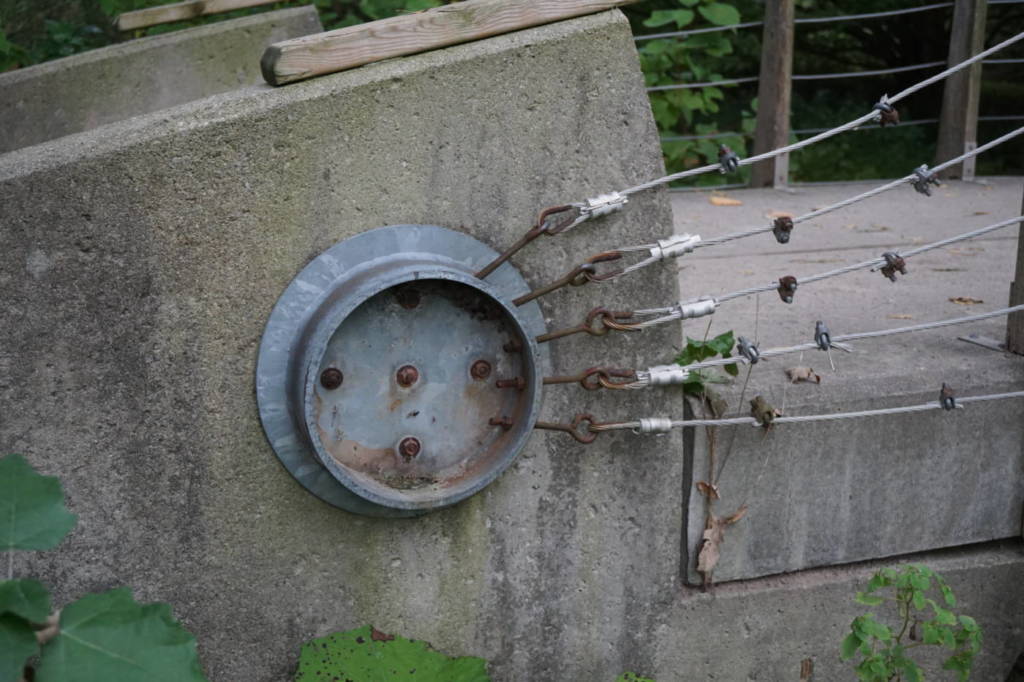
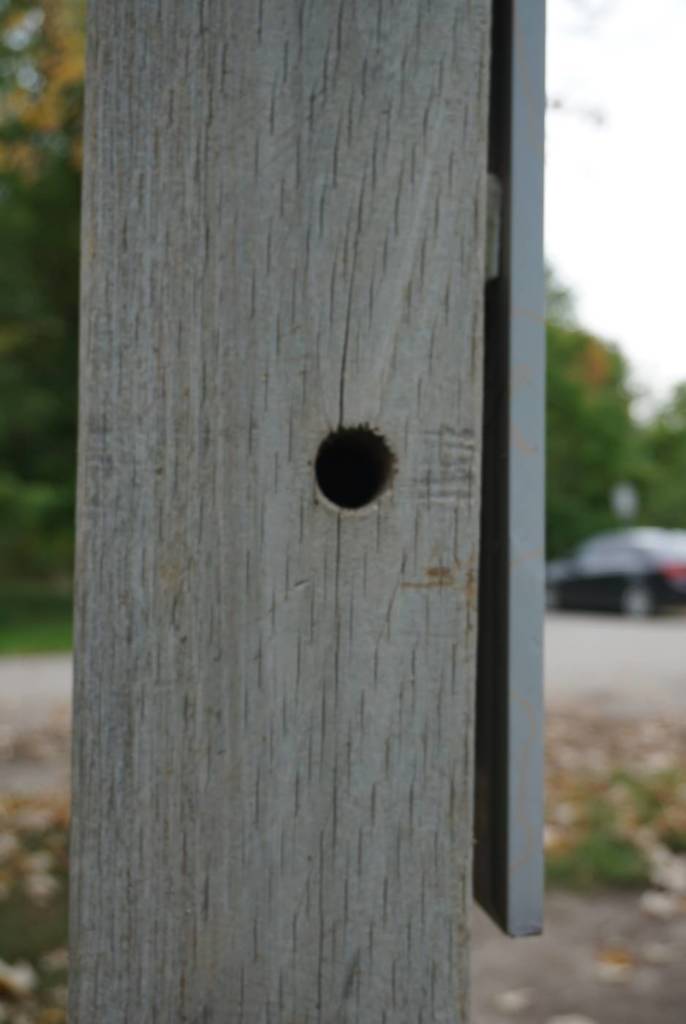
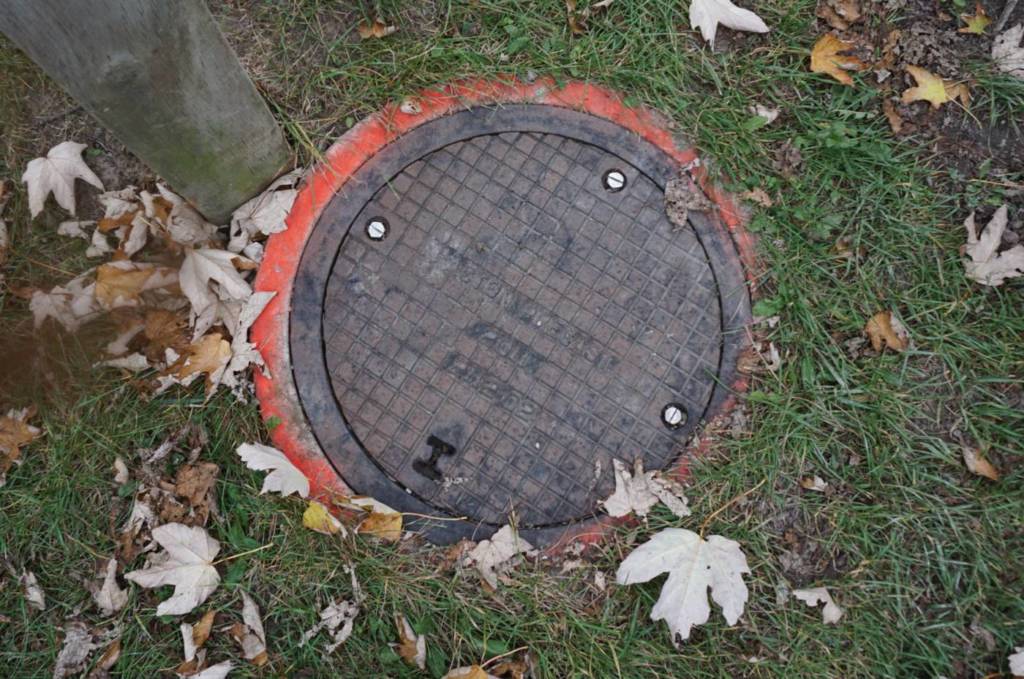
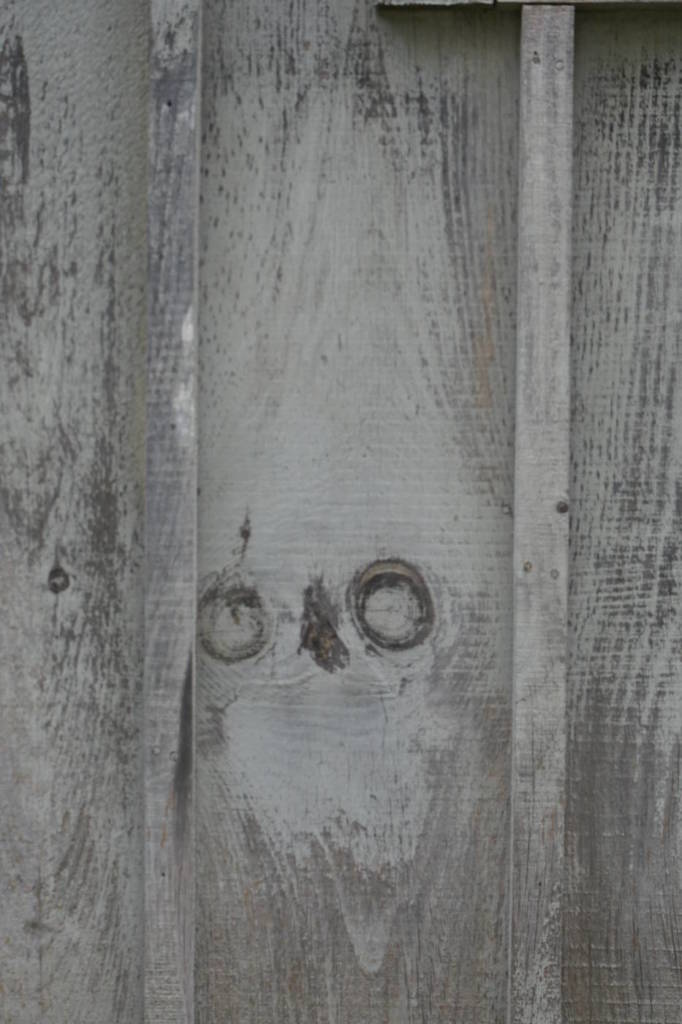
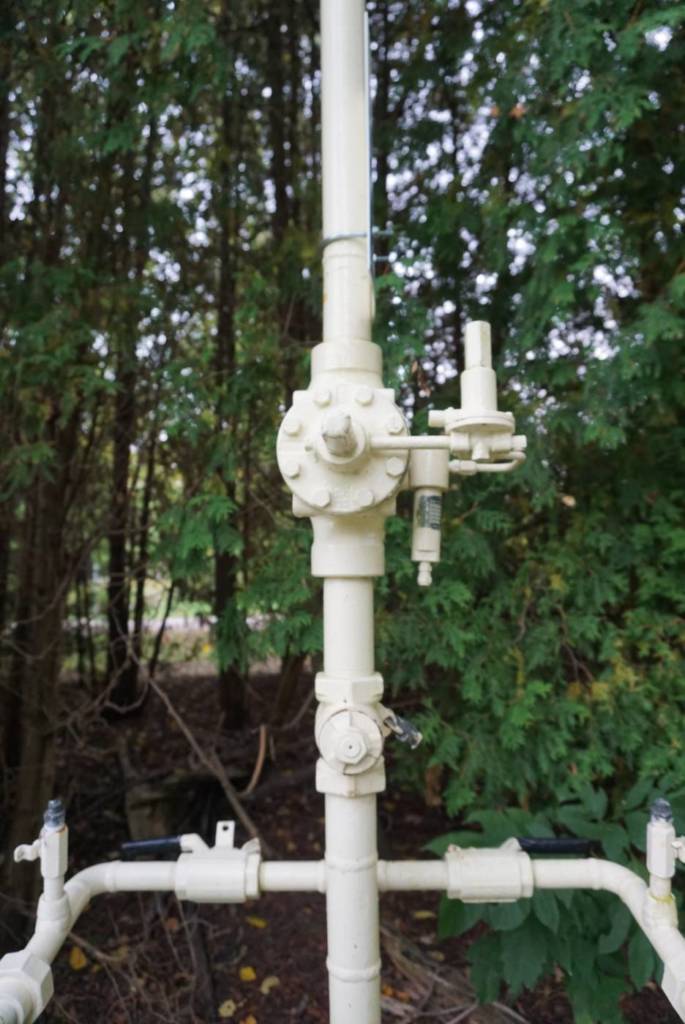
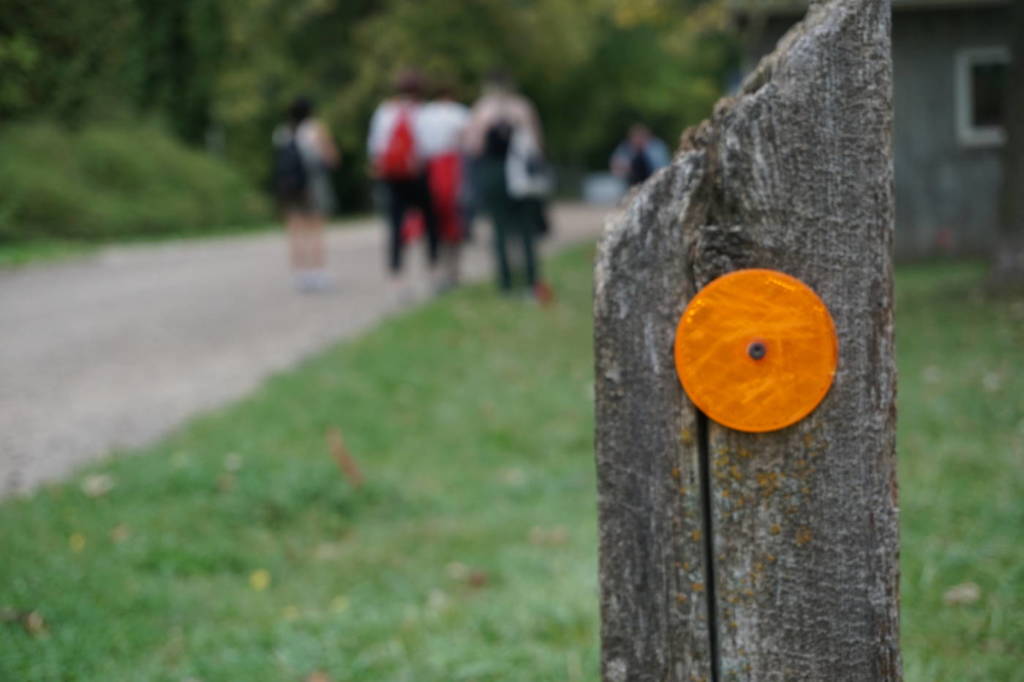
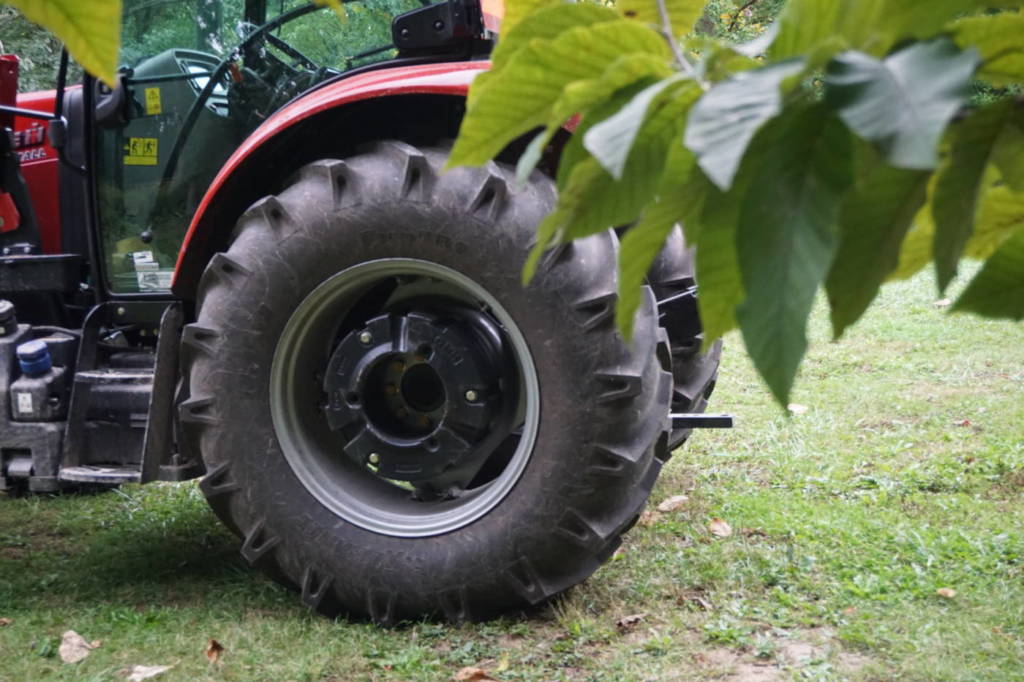
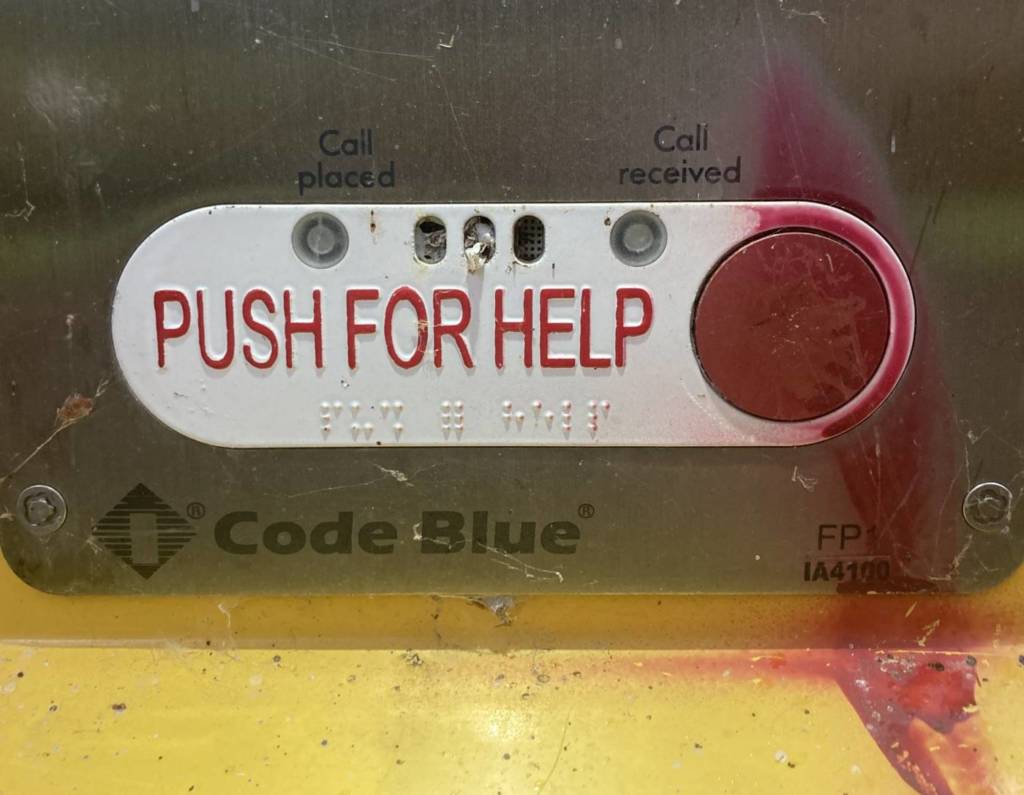
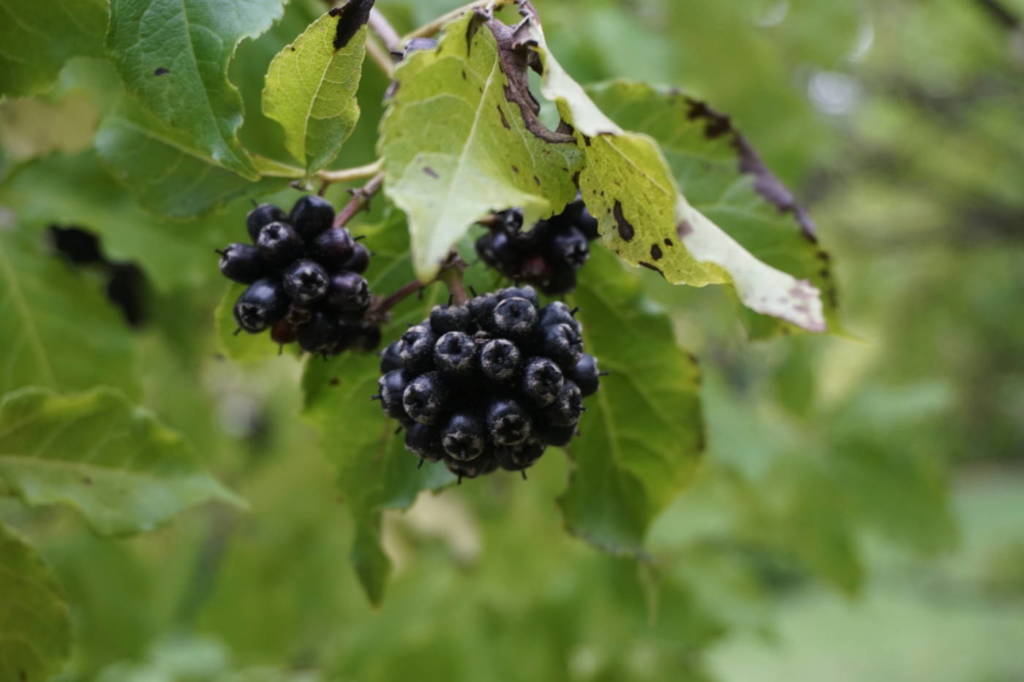
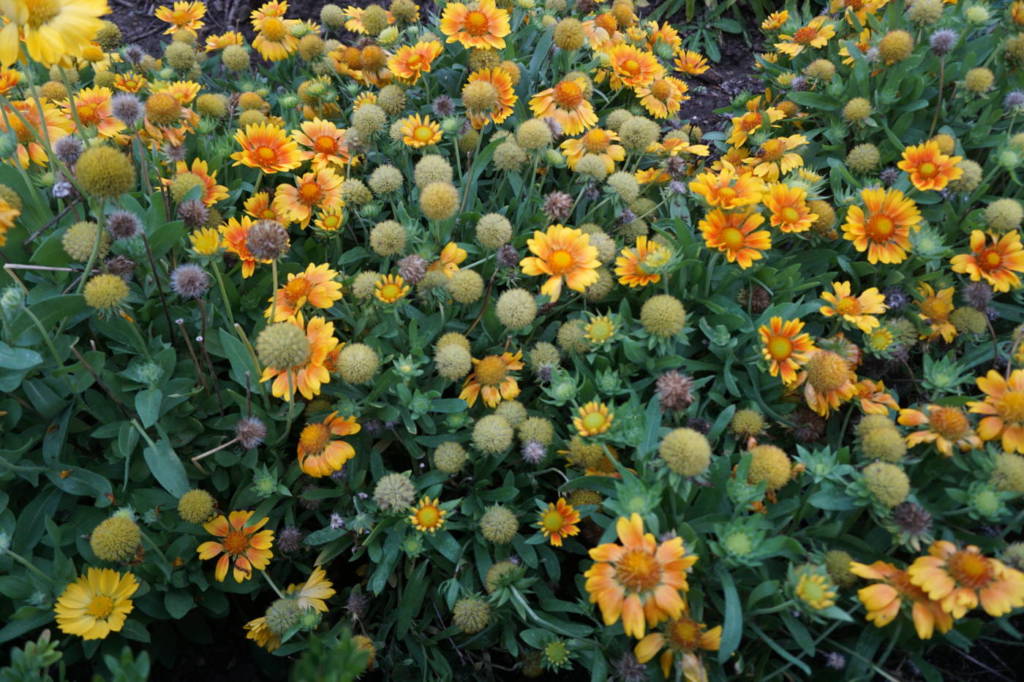

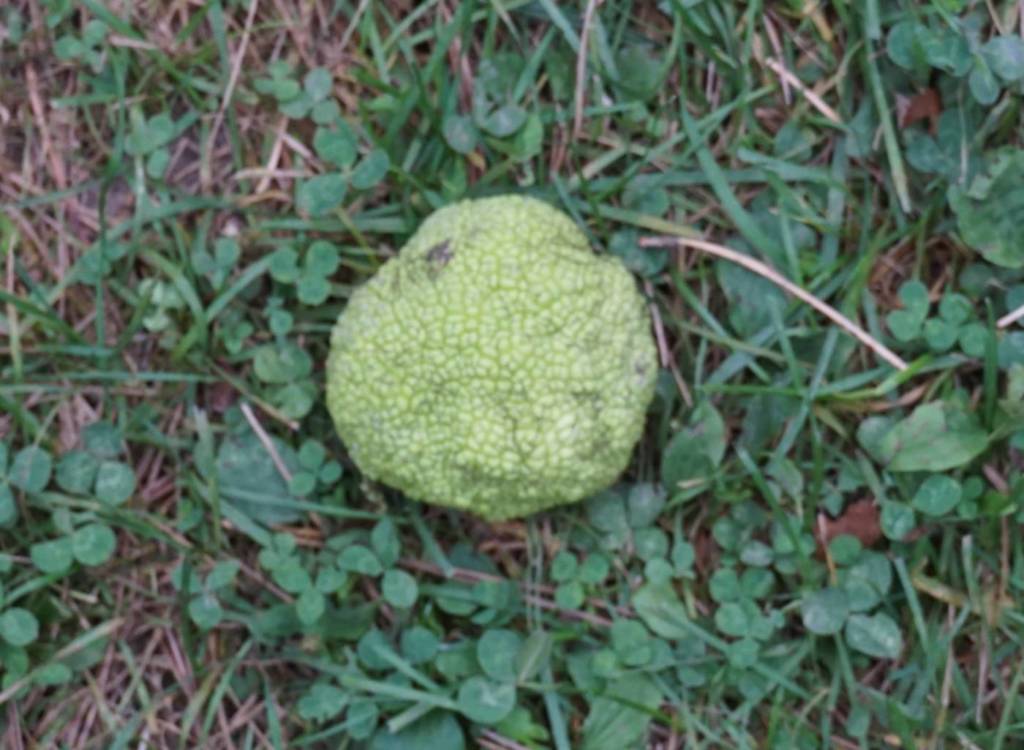
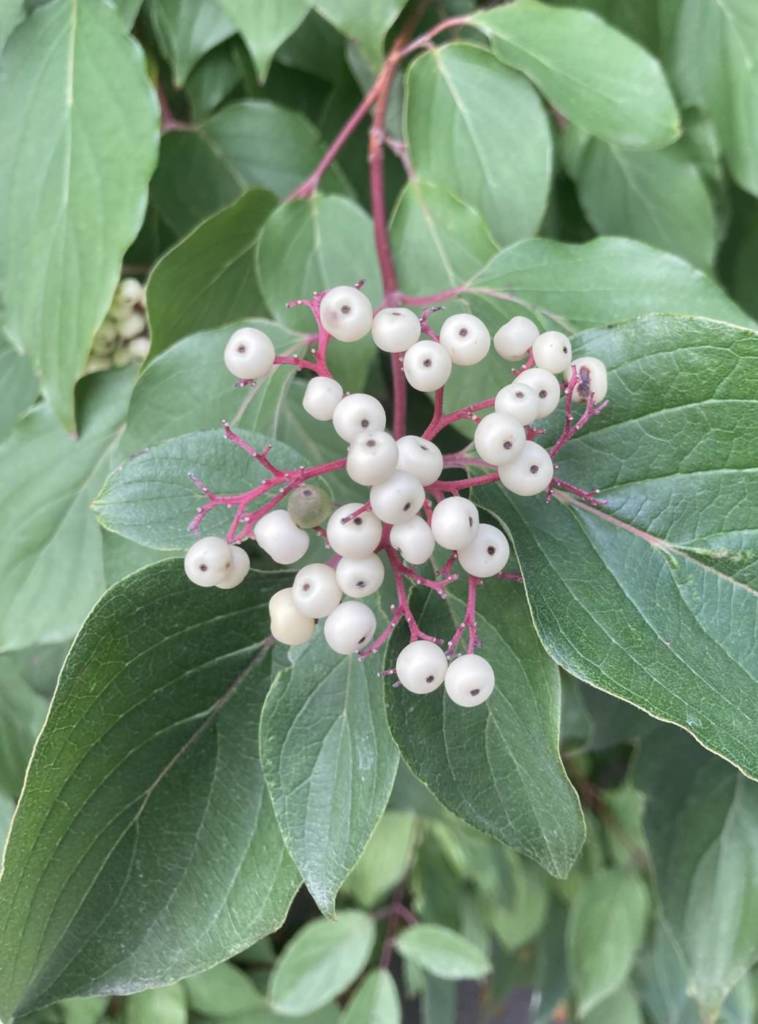
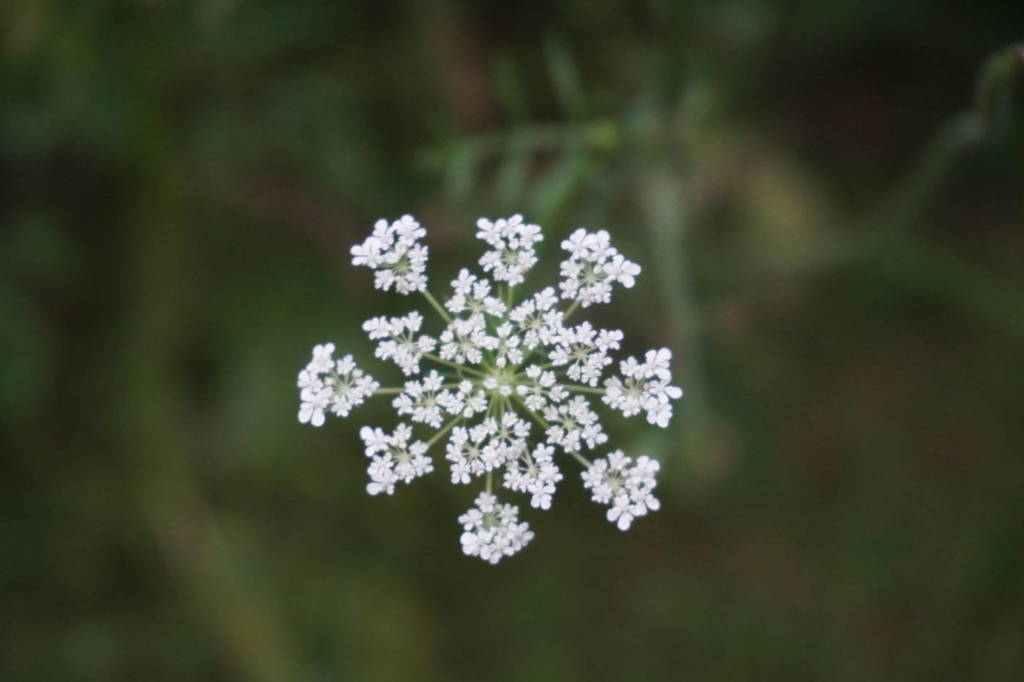
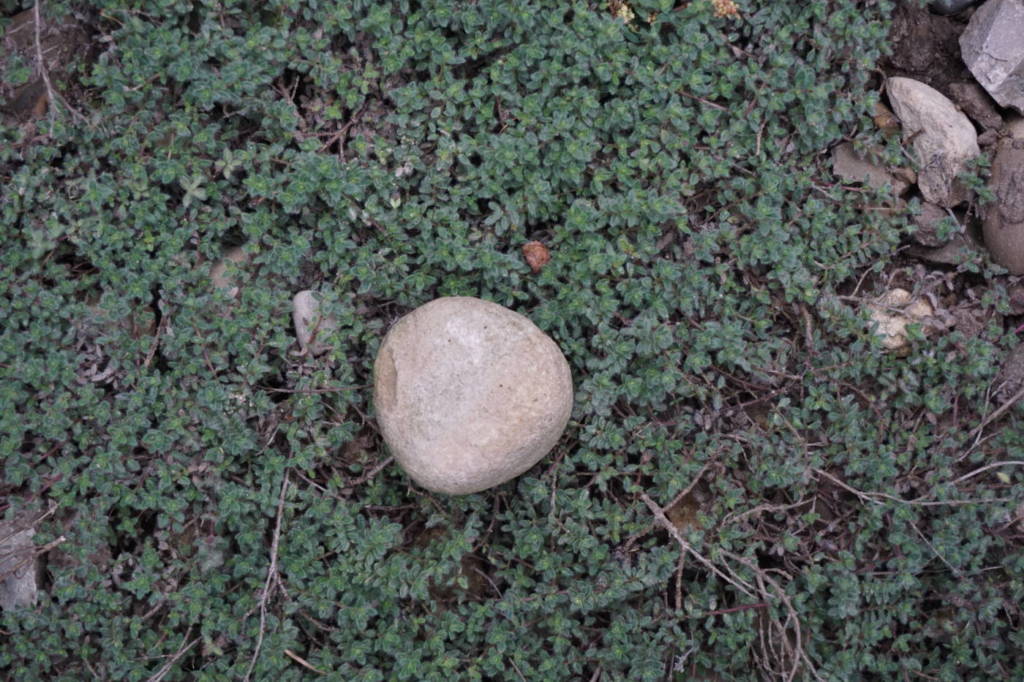
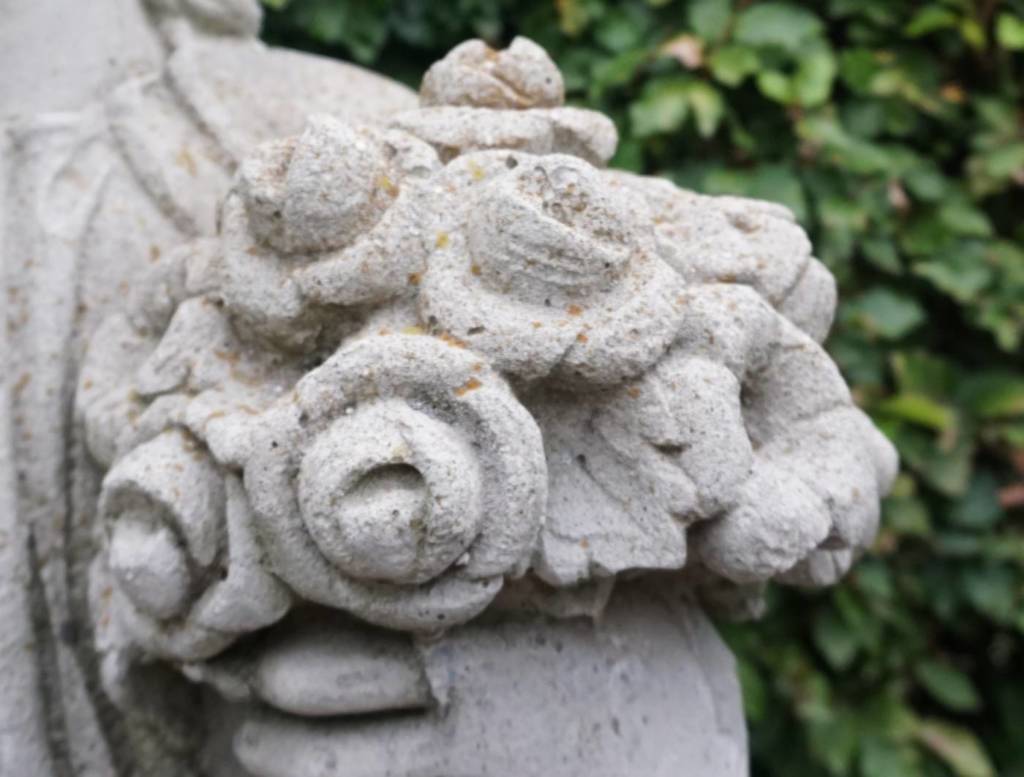
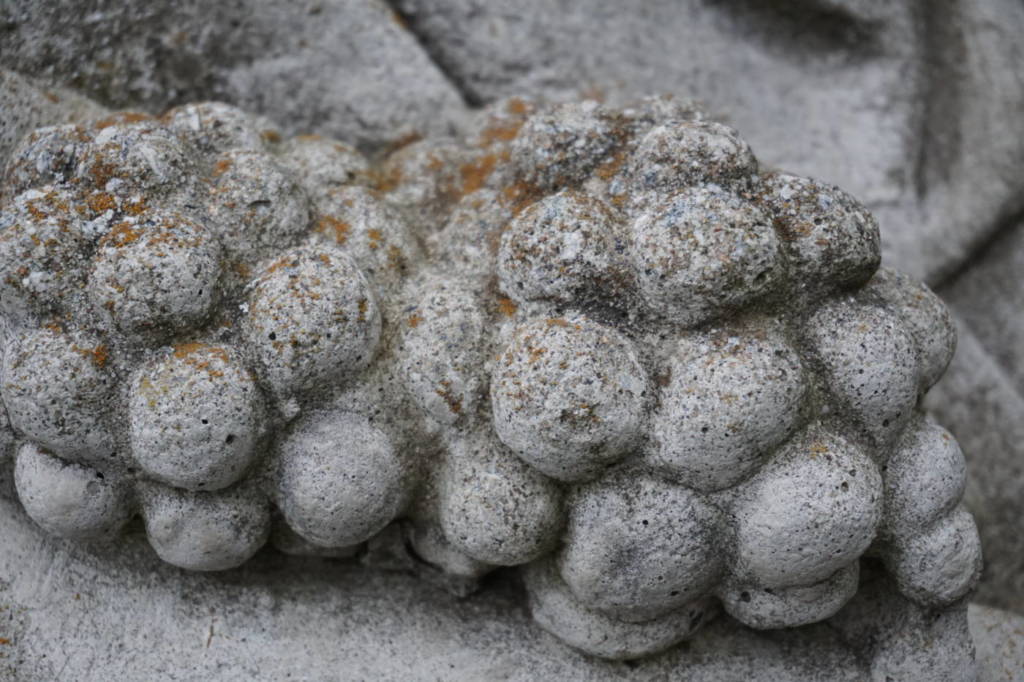
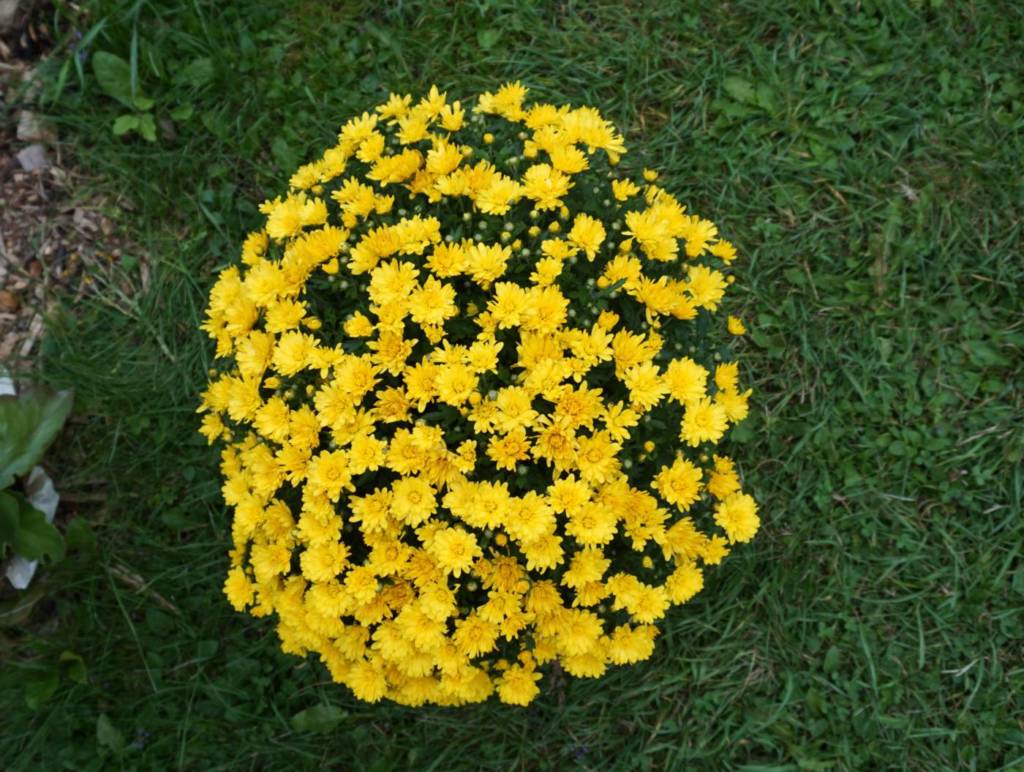
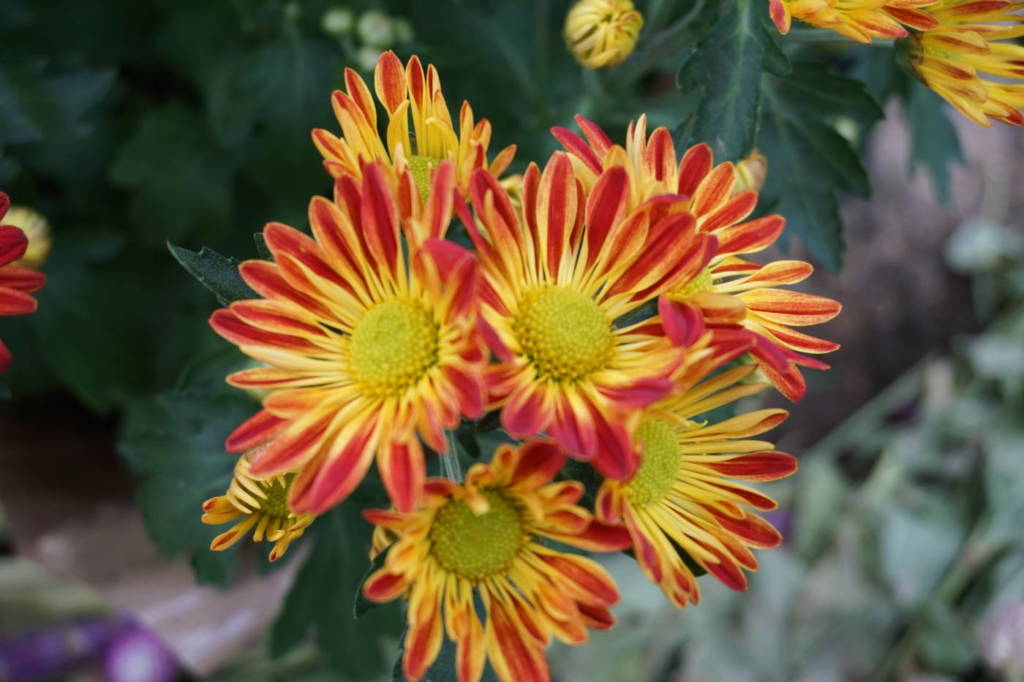
Weeds: A weed is a plant growing anywhere you don’t want it to.
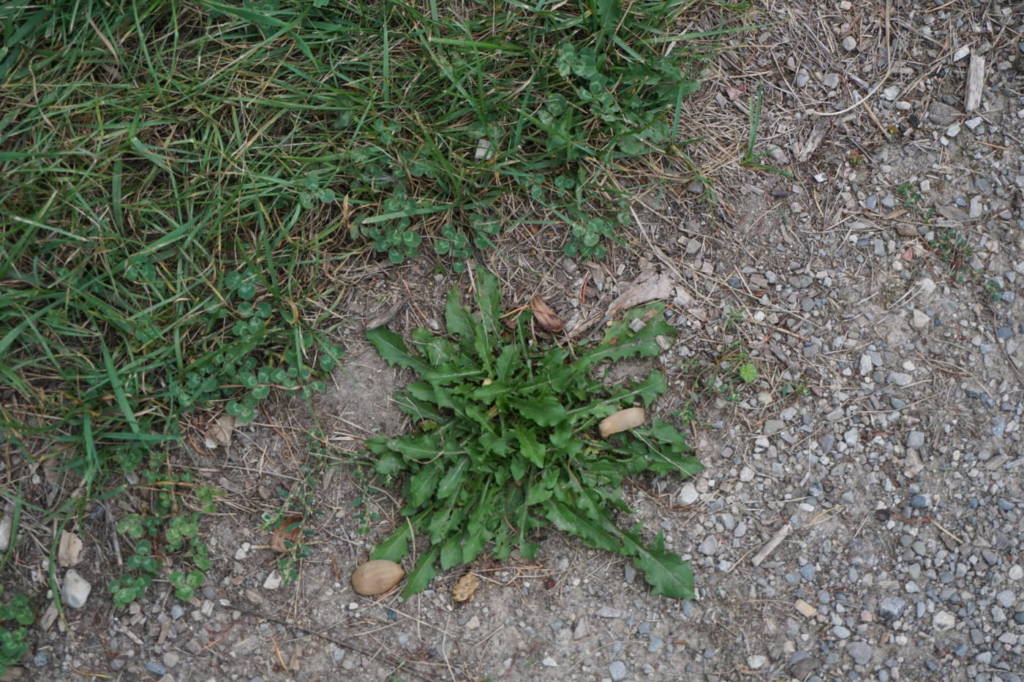
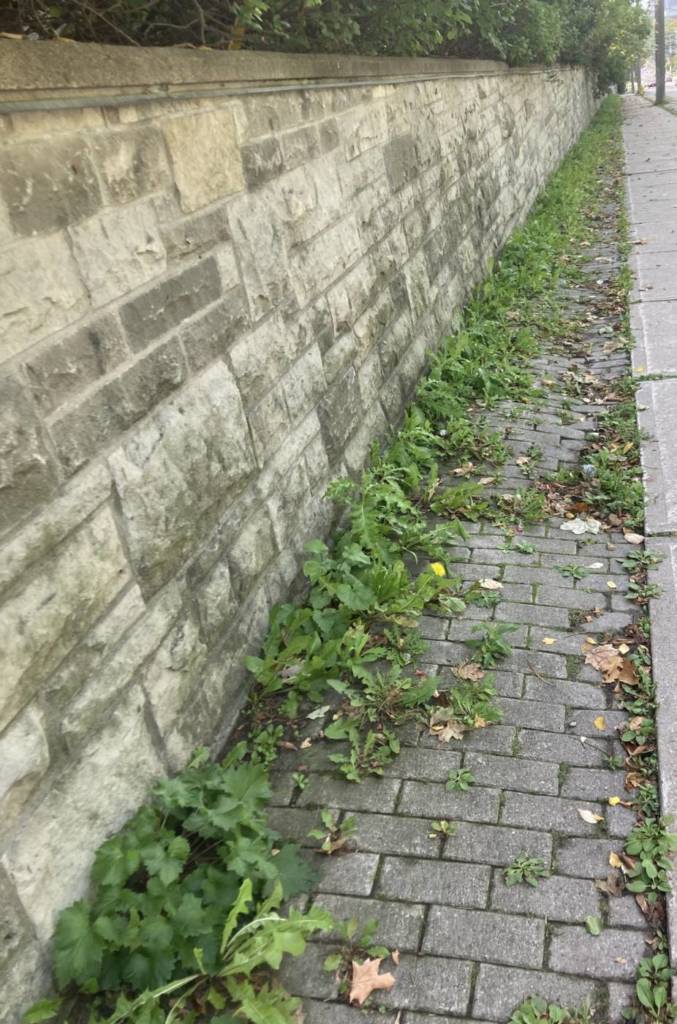

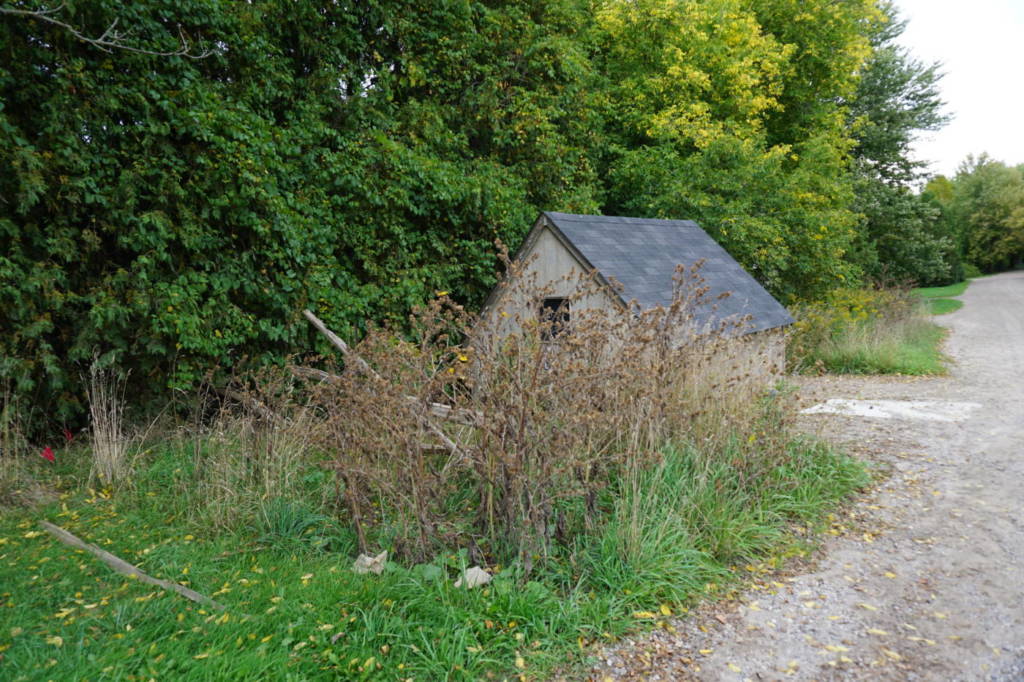
Sky:

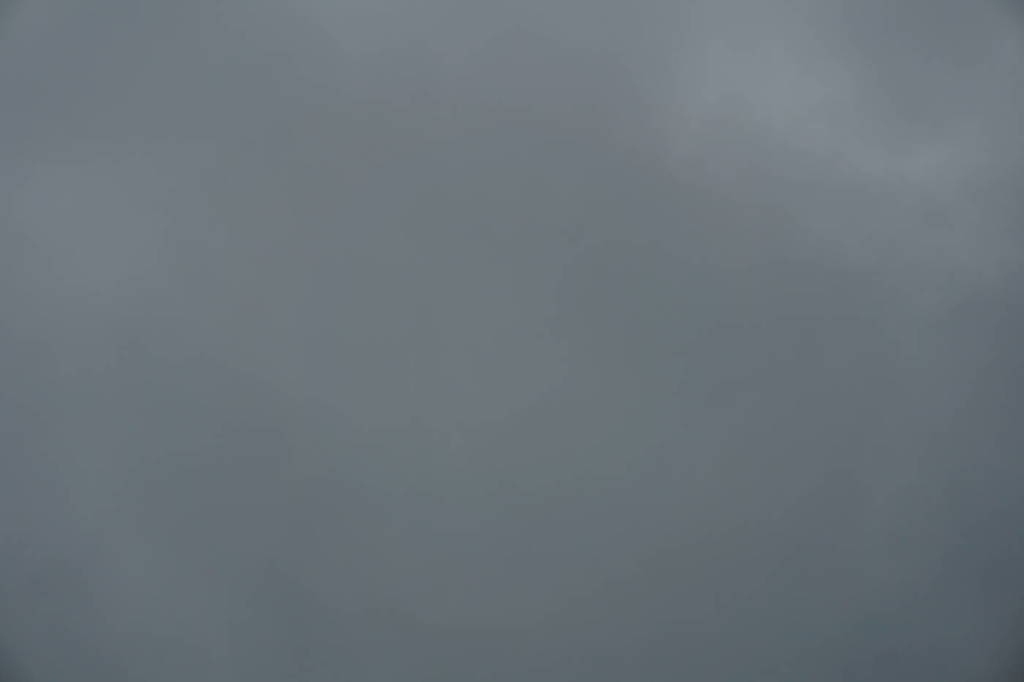
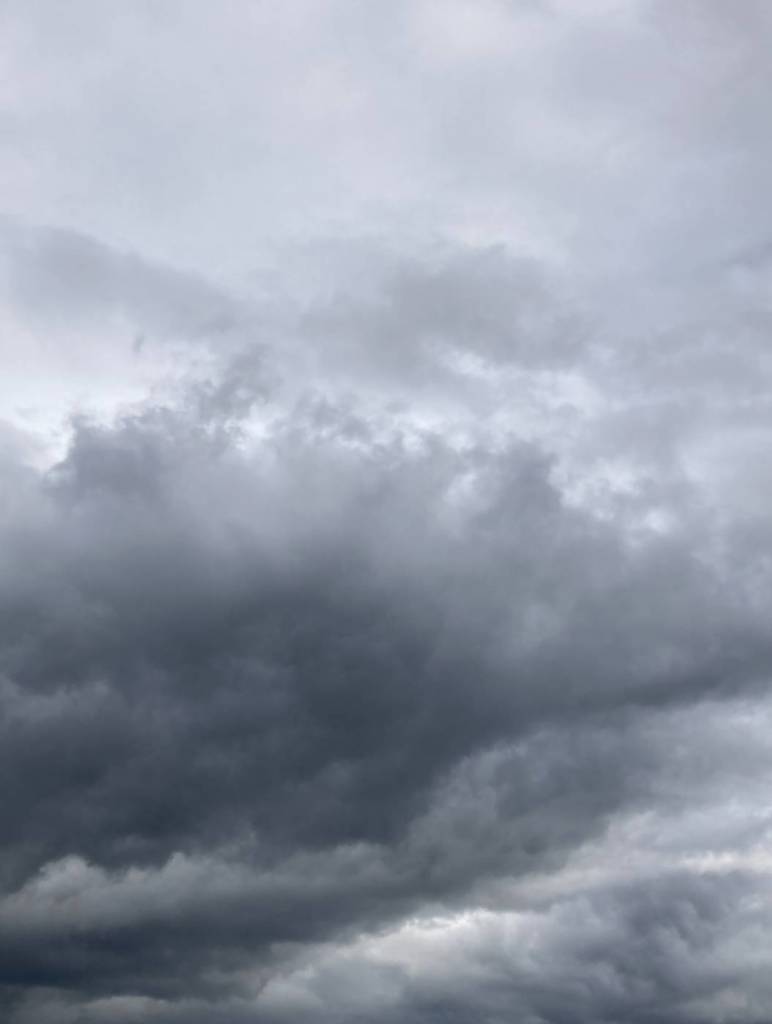
Week 1 revisited: book stacks take 2
I re-shot some of the book stacks with significantly less books and like the simplicity of the images and messages. I also added one new concept stack. During my business career, the book 7 Habits of Highly Effective People, was an incredibly successful book and was forced upon us as must-read material. I decided to have a bit of an intervention and create my own stack of habits, including some referring to weather.
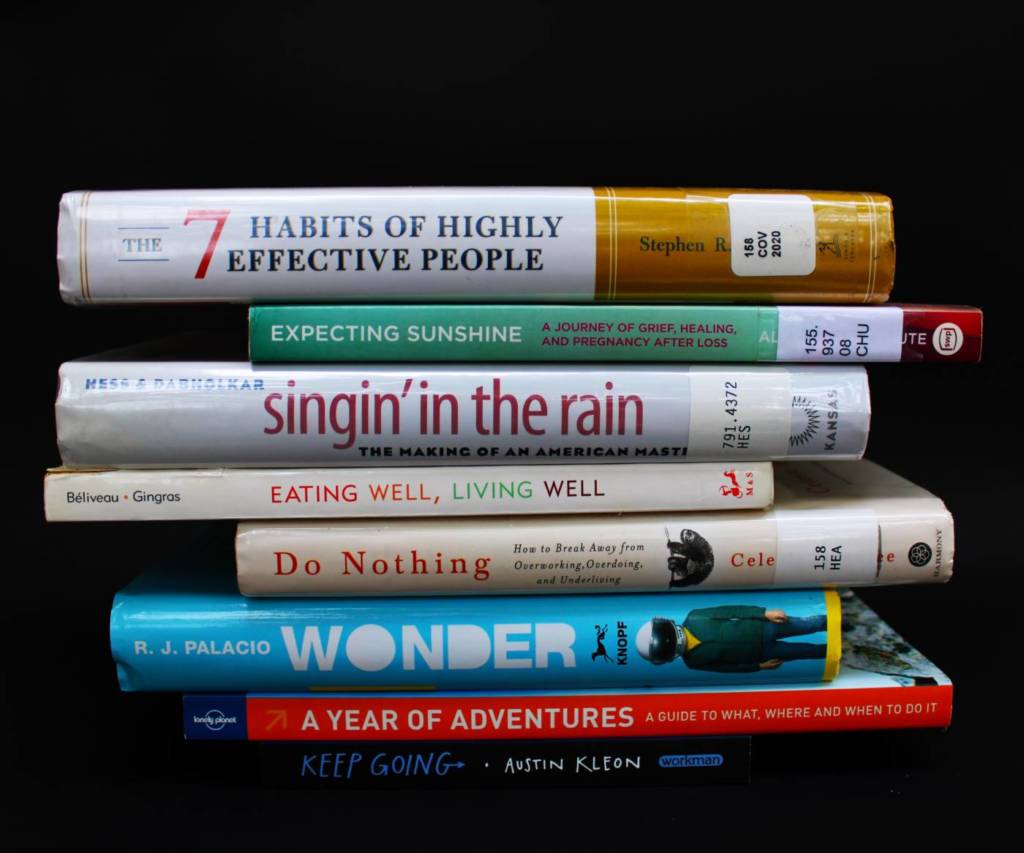
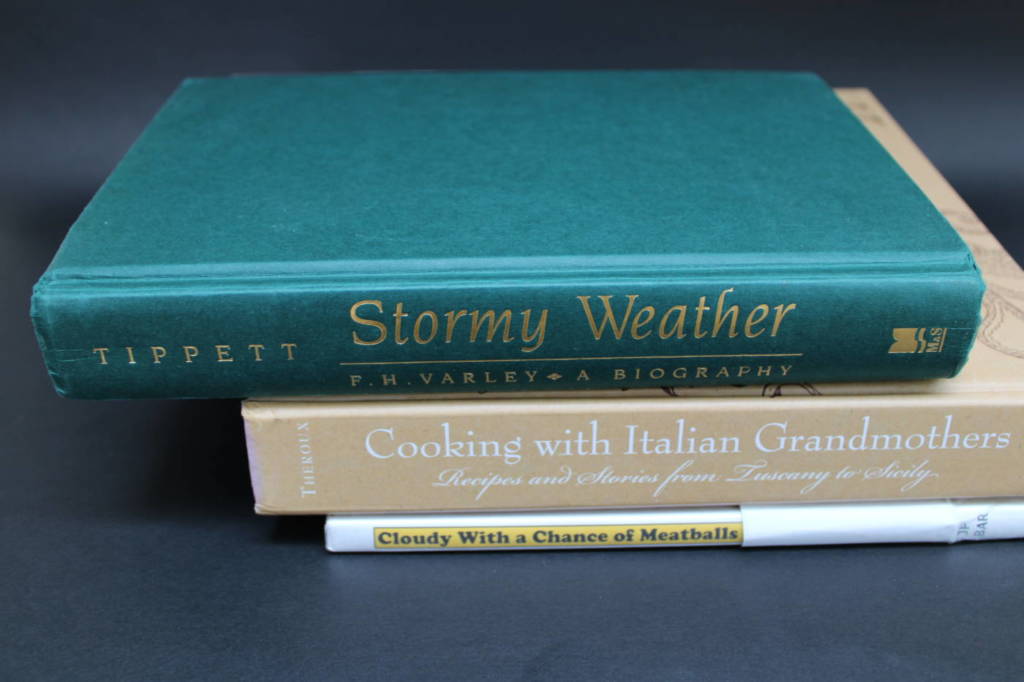
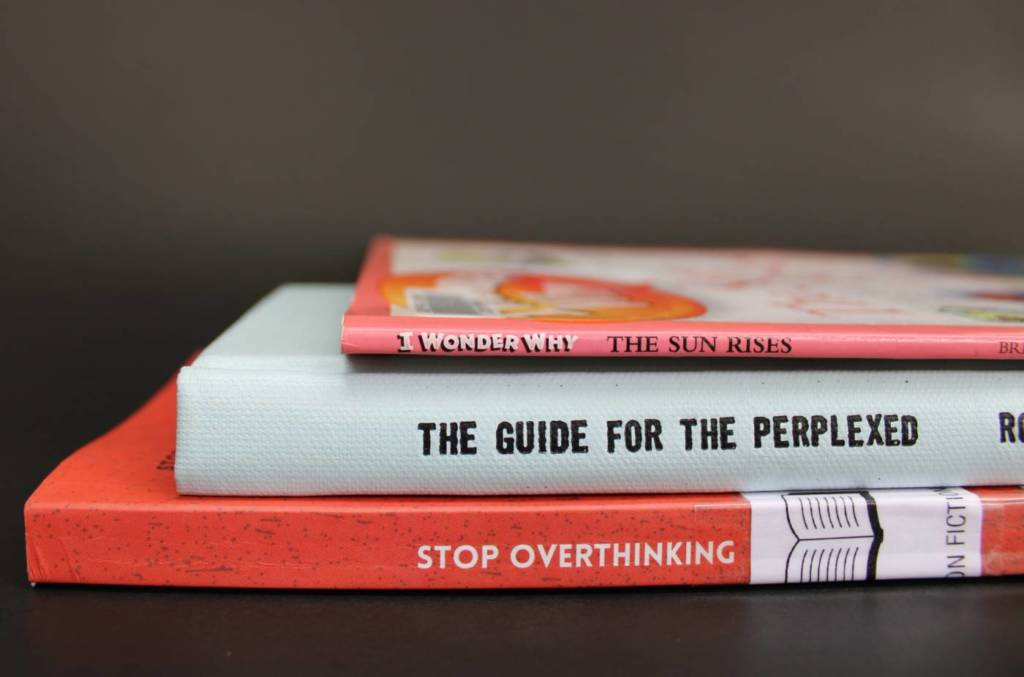
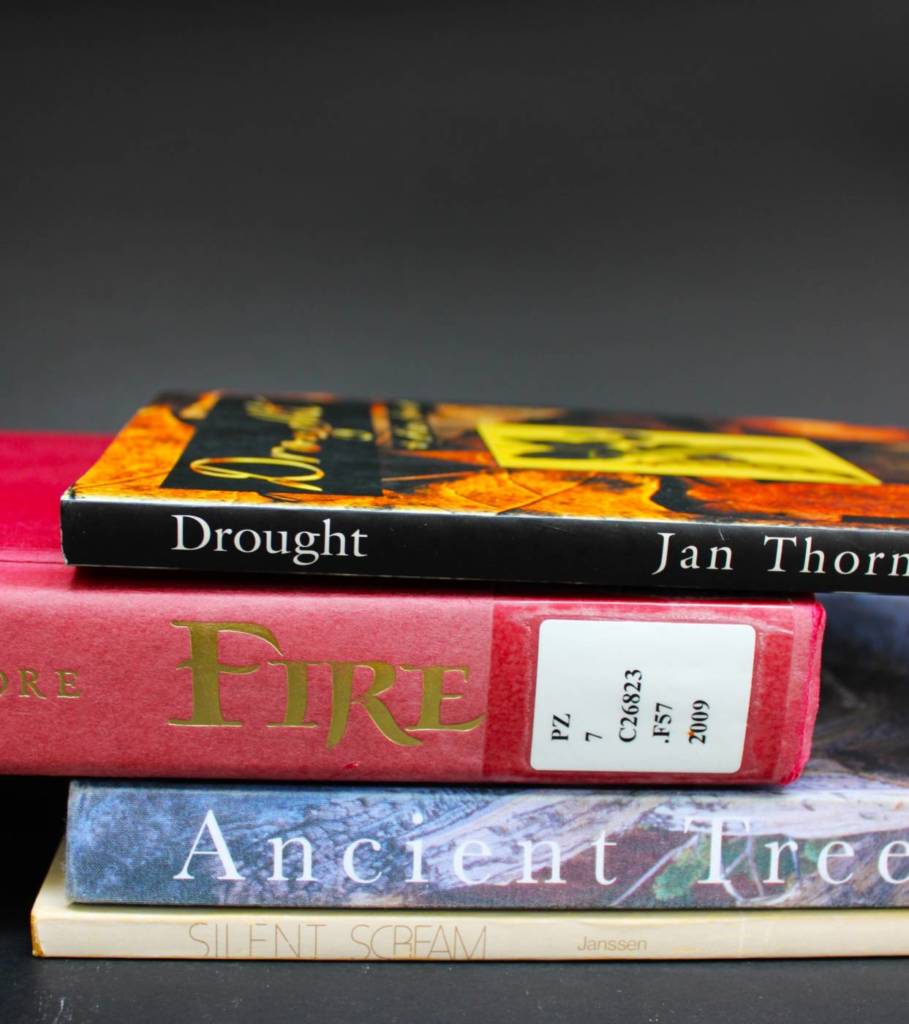
Week 1: Kathryn’s book stacks.
I took a hybrid approach to creating my book stacks. I walked around the University Library and pulled a few books that caught my eye either for the originality of the title, colour or reference to a “weather” event. I also did targeted word searches at both the University Library and the Guelph Public Library to fill in some concept gaps. I found the Children’s section of the Guelph Public library especially good for a few concepts. I first started taking photos on bookshelves or with a black background, similar to Nina Katchadourian, but started playing with accessories or shooting outside to add information or ambience to the story the photo told. I liked these better and found the colours and lighting of the books more engaging. The originals I have are higher resolution and the focus sharper. For some reason, once uploaded to WordPress they become a bit fuzzy.
For the first photo, I followed, somewhat, the style of Nina Katchadourian and approached the word choice as a poem or statement. The resulting stack is quite focused on environment and climate change. I photographed this one with blurred fire in the background, one indoors in daylight and one outdoors at night. My preference is the second one as it has a more violent and catastrophic feel.
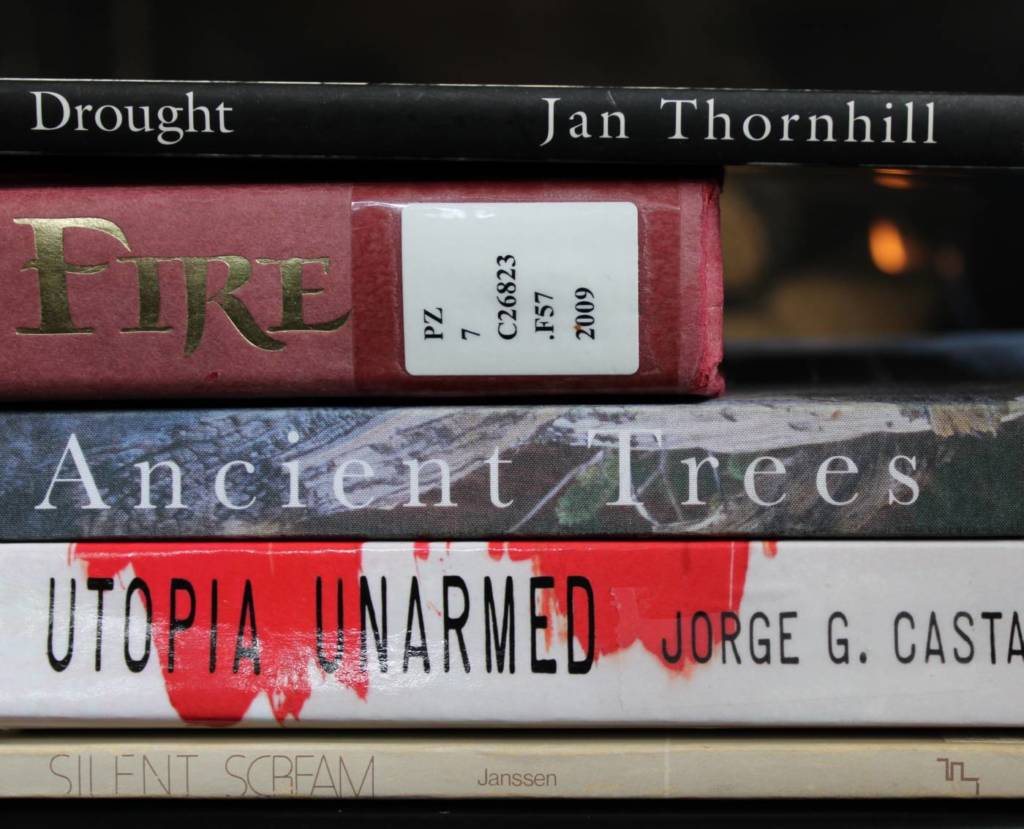
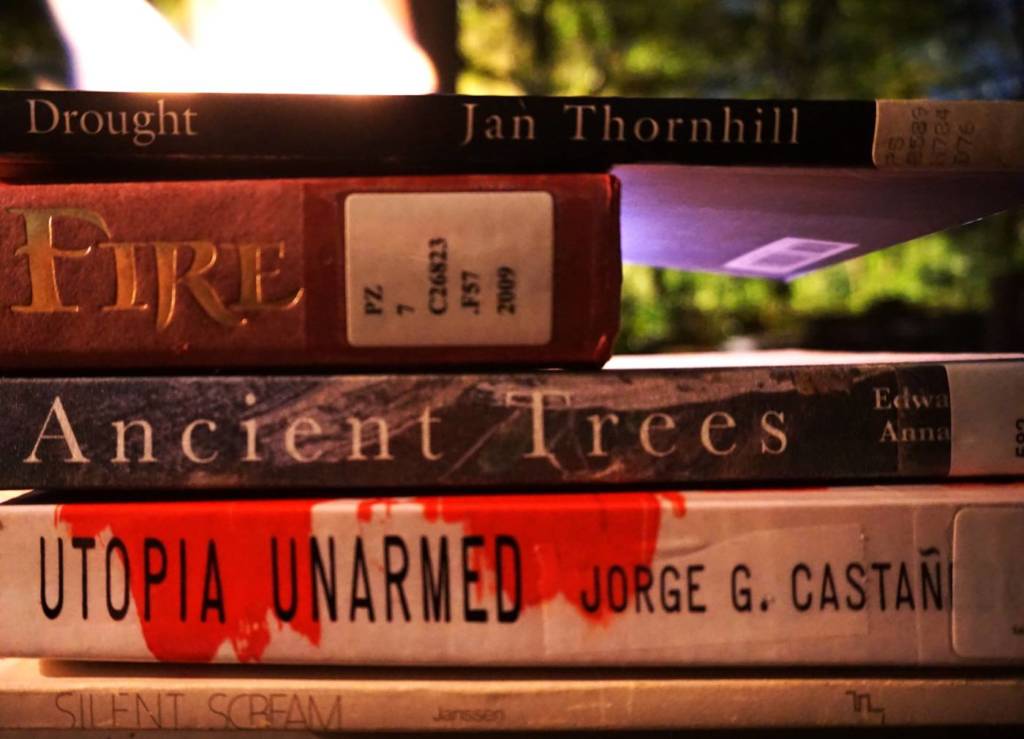
Titles that caught my eye were often ones with questions in the title. When seen all together they created some anxiety and tension: Was I supposed to know all the answers to these questions? This led me to thoughts about the popularity of self-help books and how their messages were most often obvious and pithy but explained in a long-drawn-out way how to solve a problem. I had some fun and created a self-help stack with a nature background (a tree stump in my backyard) as an anxiety-calming trope. The questions that start the stack descend (in my opinion) into more and more ridiculous questions. For the weather-related book, I was a bit disappointed that the book I wanted “I wonder why the Sahara is cold at night” was unavailable. The alternative “I wonder why leaves change color” is very thin and a little hard to read (the original is higher resolution and has more clarity).
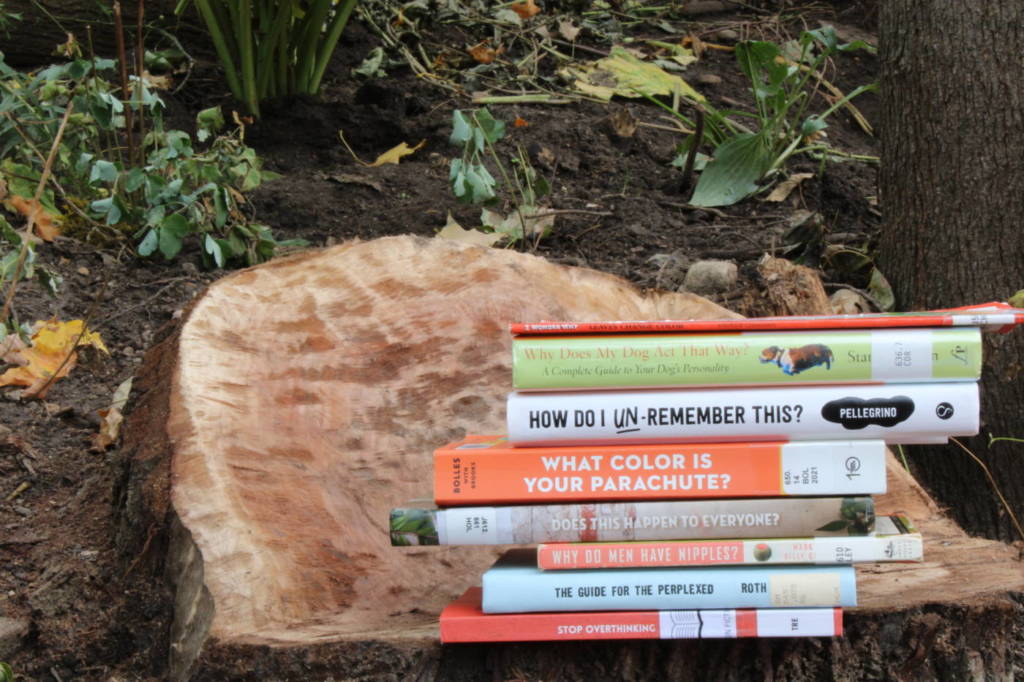
For the final photograph, I wanted to use the children’s book “Cloudy with a Chance of Meatballs” as it had the weather reference and a whimsical title. I thought about how fun it would be to create a series of posters that had book stacks that could logically lead to a whimsical or unusual saying (almost like a mathematical equation or a riddle) and I came up with this. Aesthetically I thought it would be effective to have some traditional Italian colours and ingredients in the photo to add to the theme.
